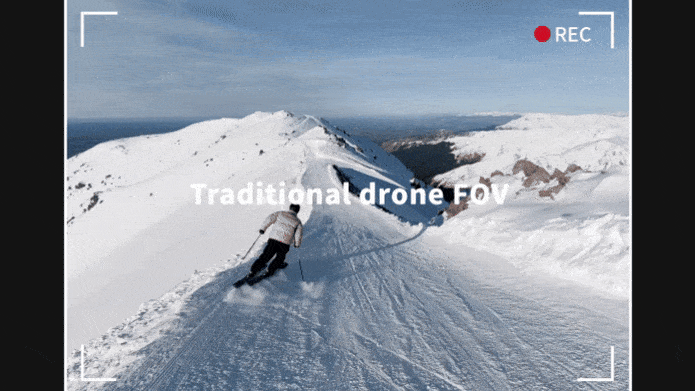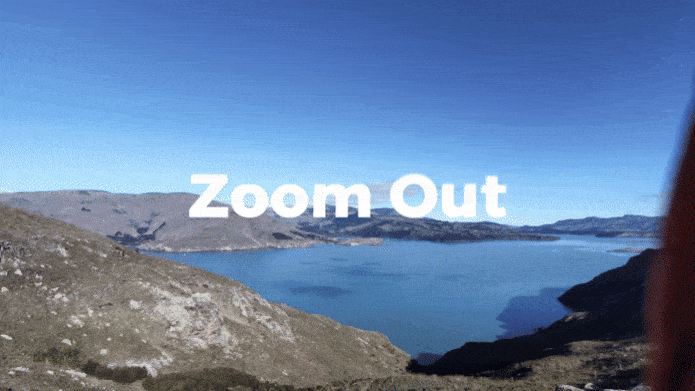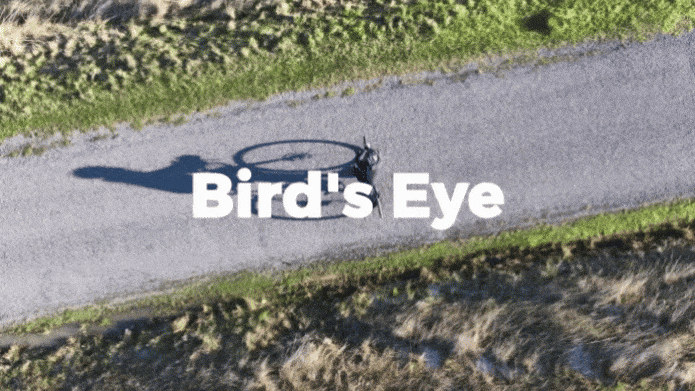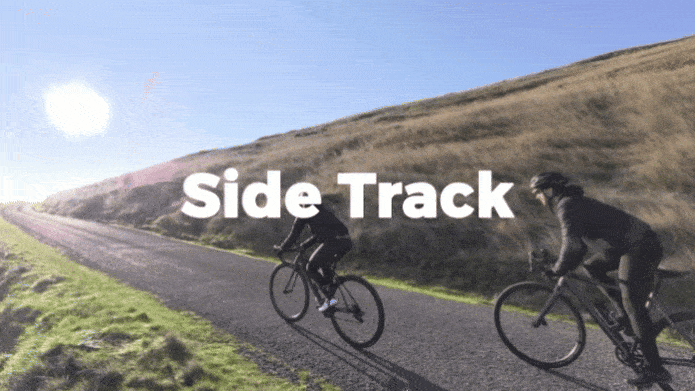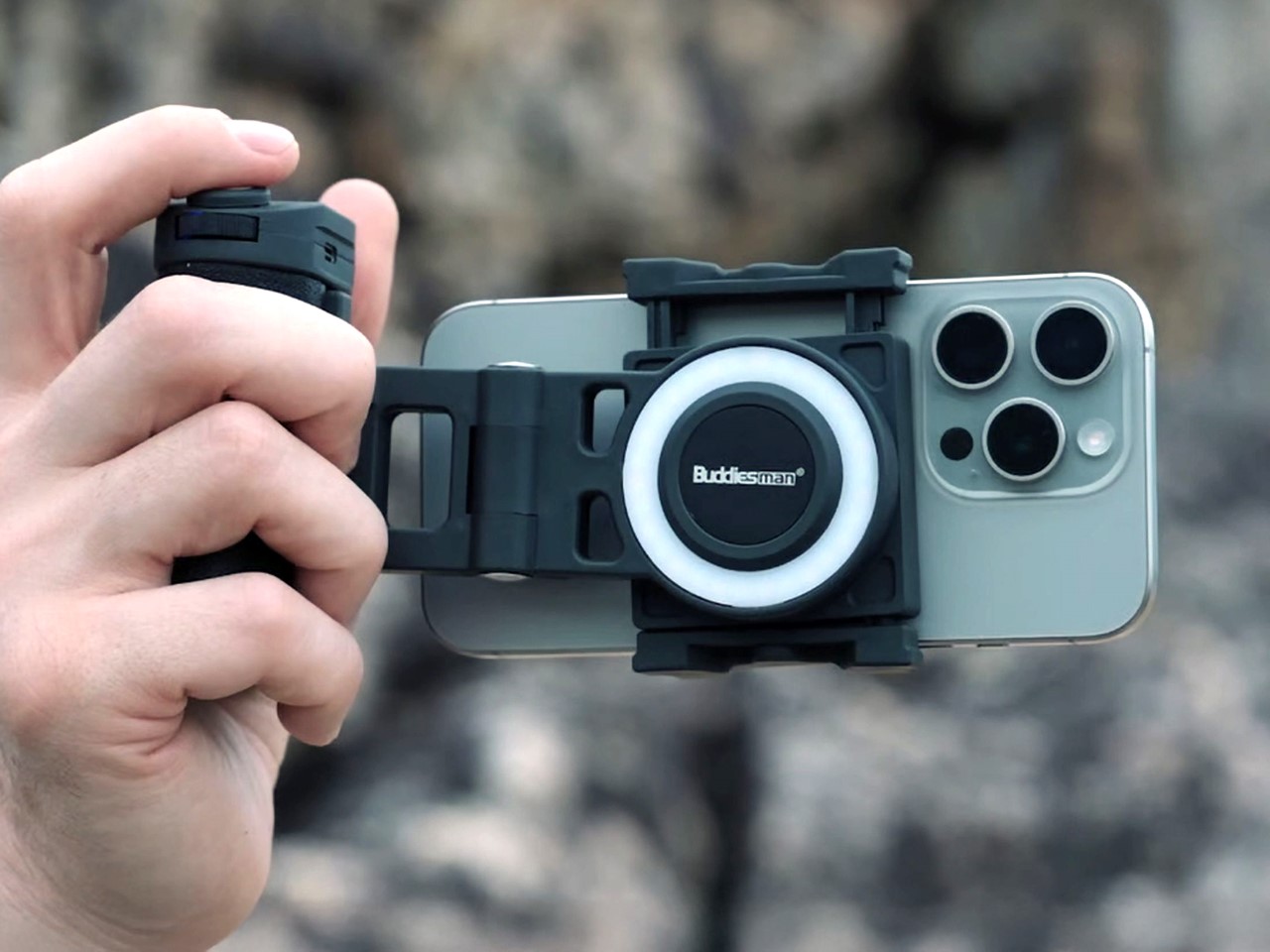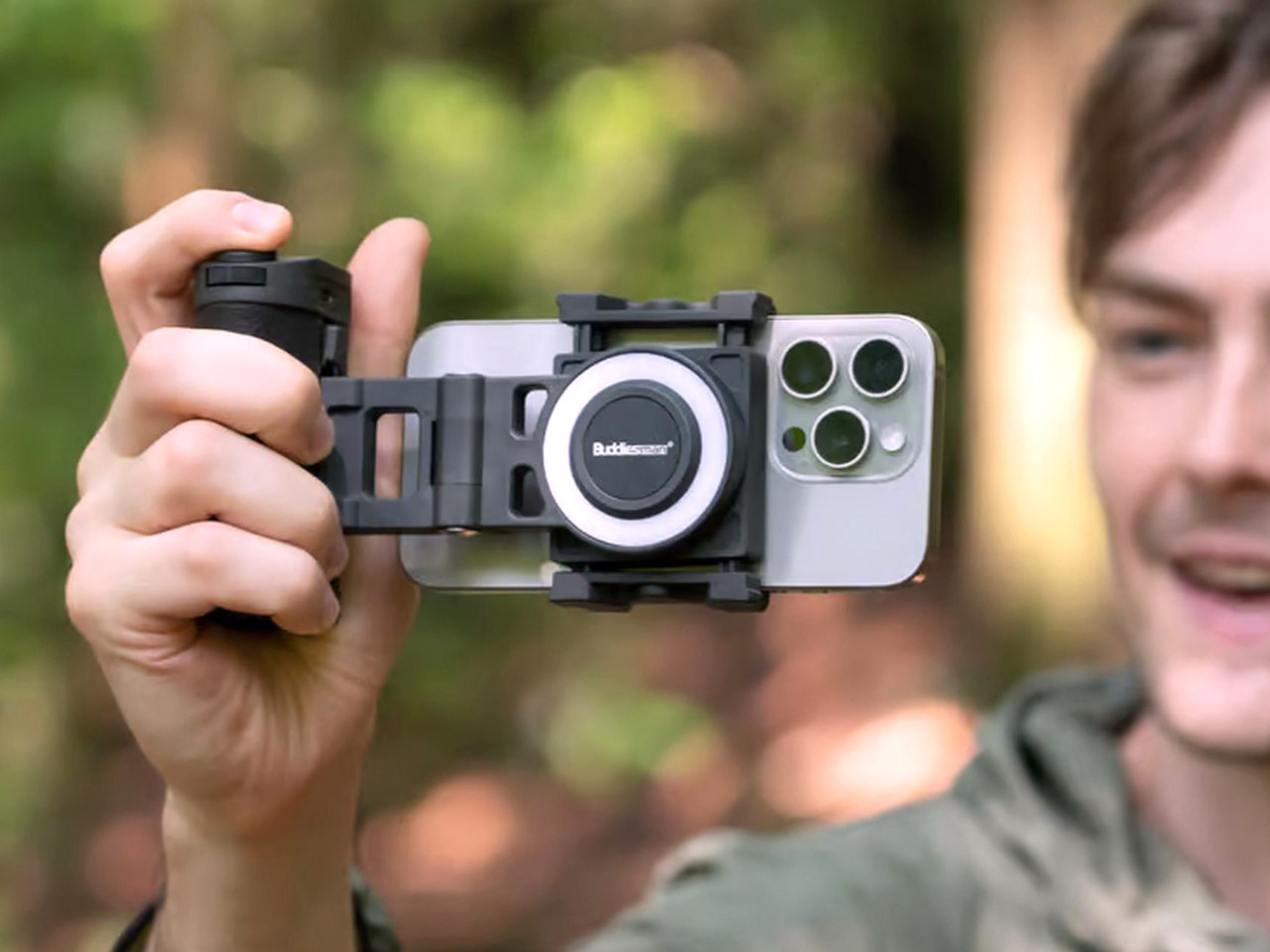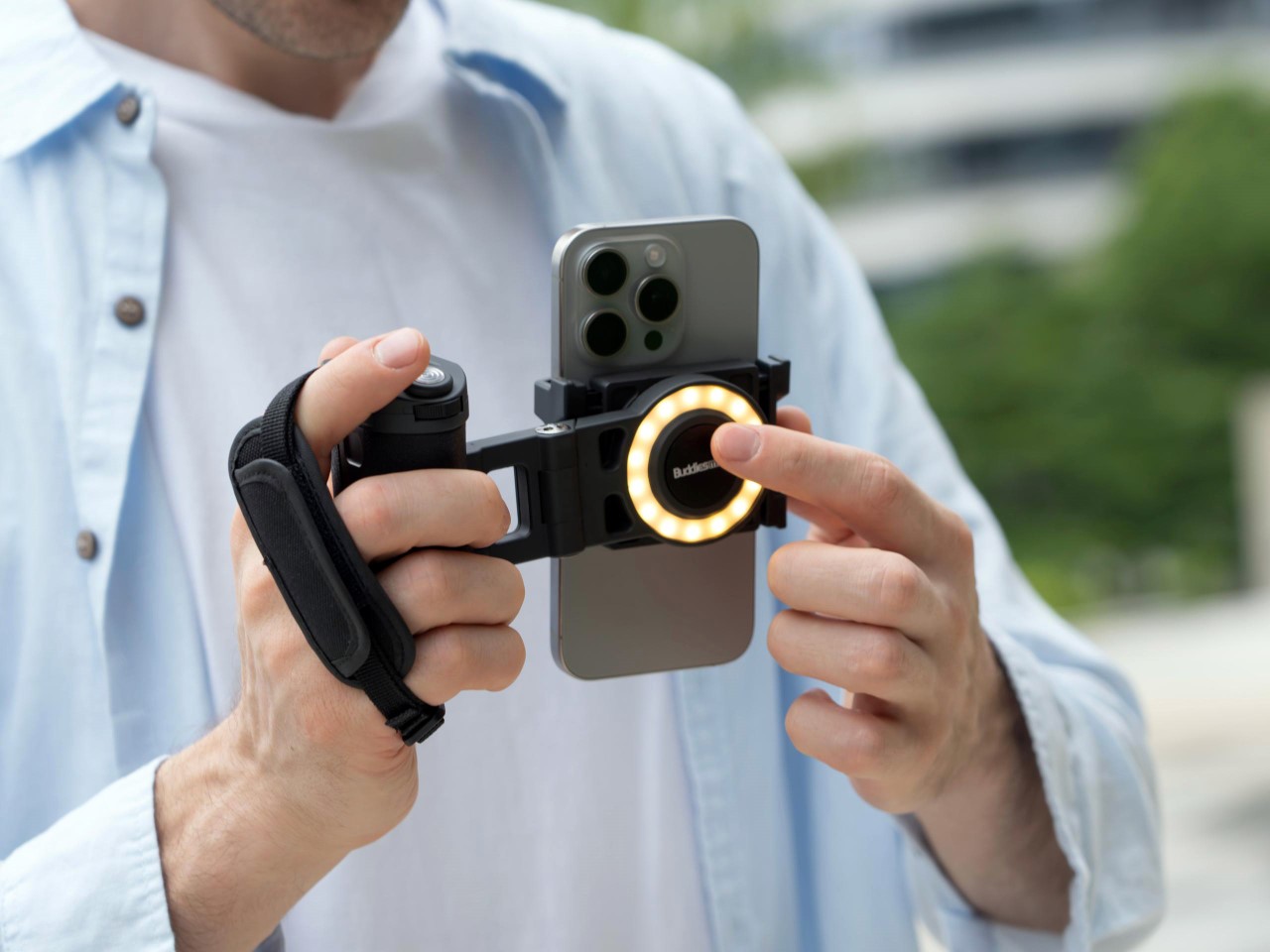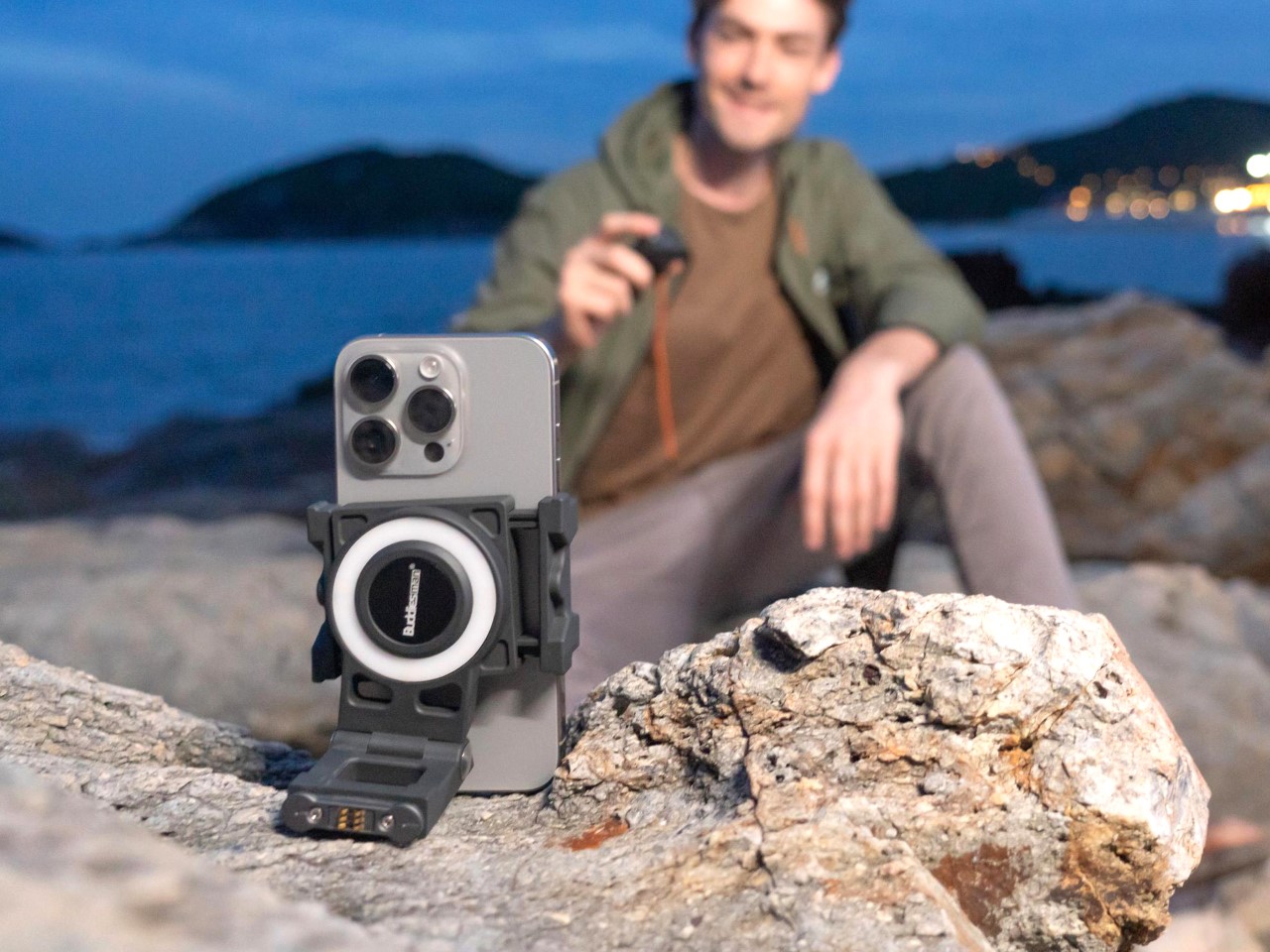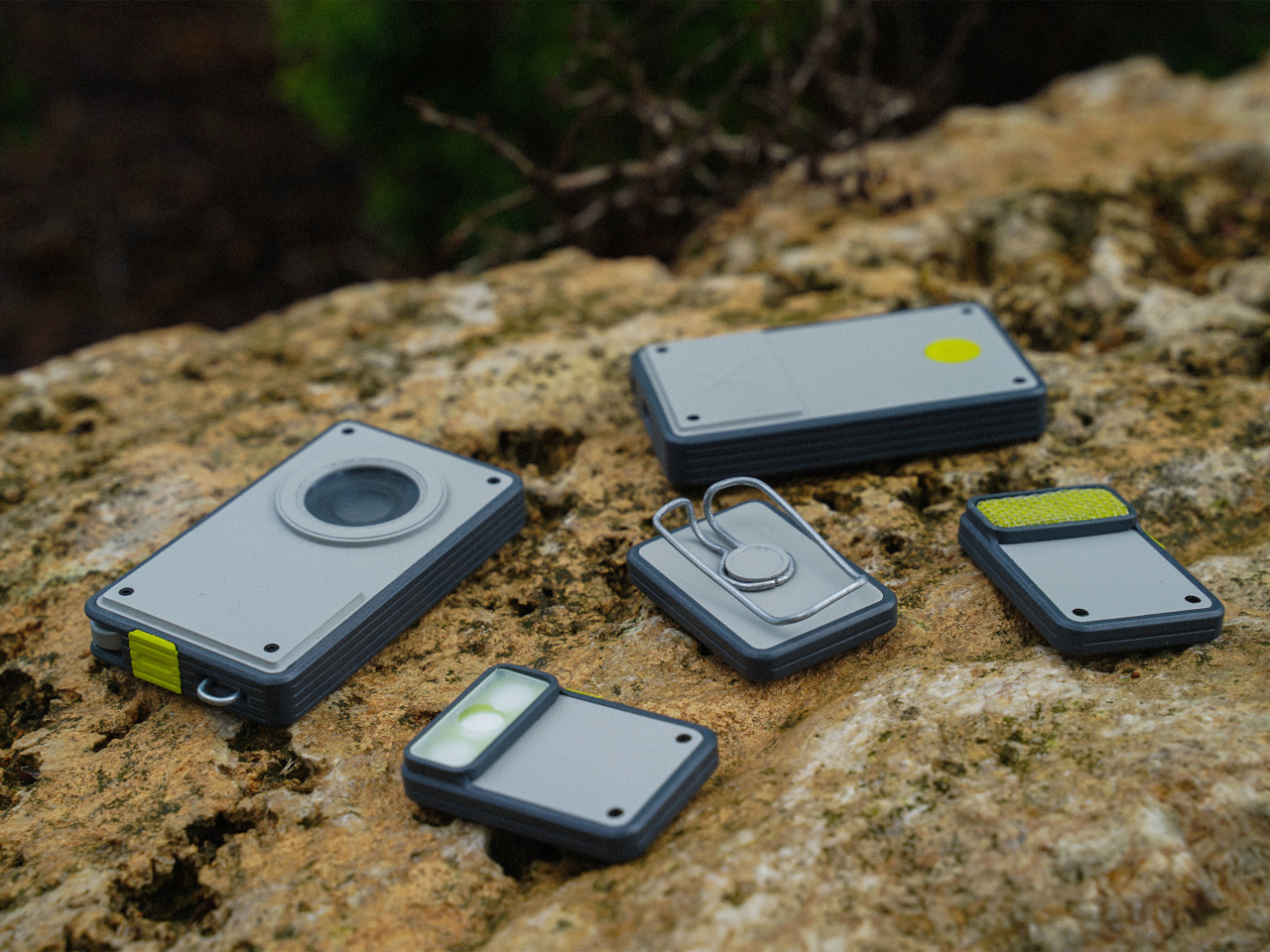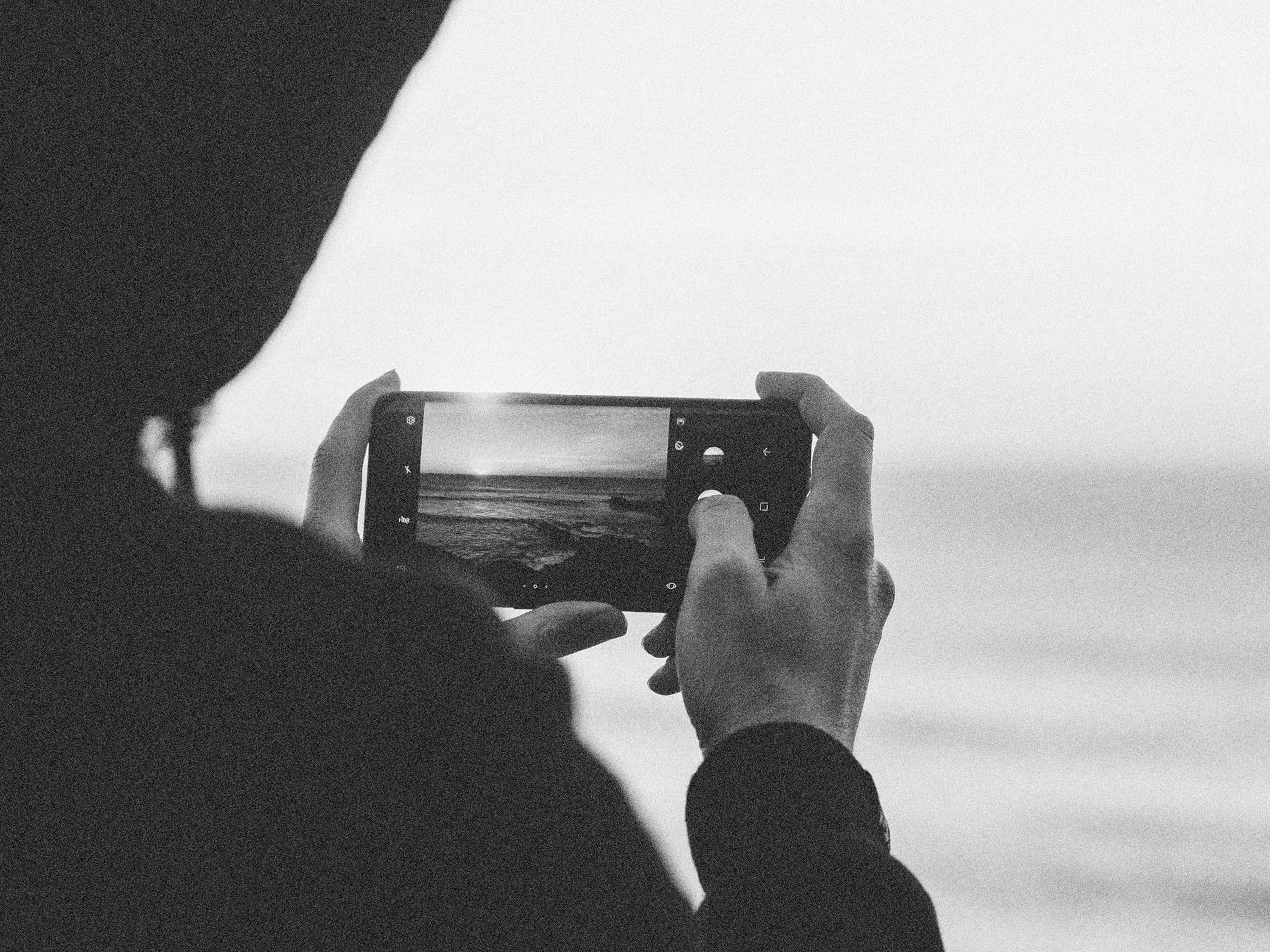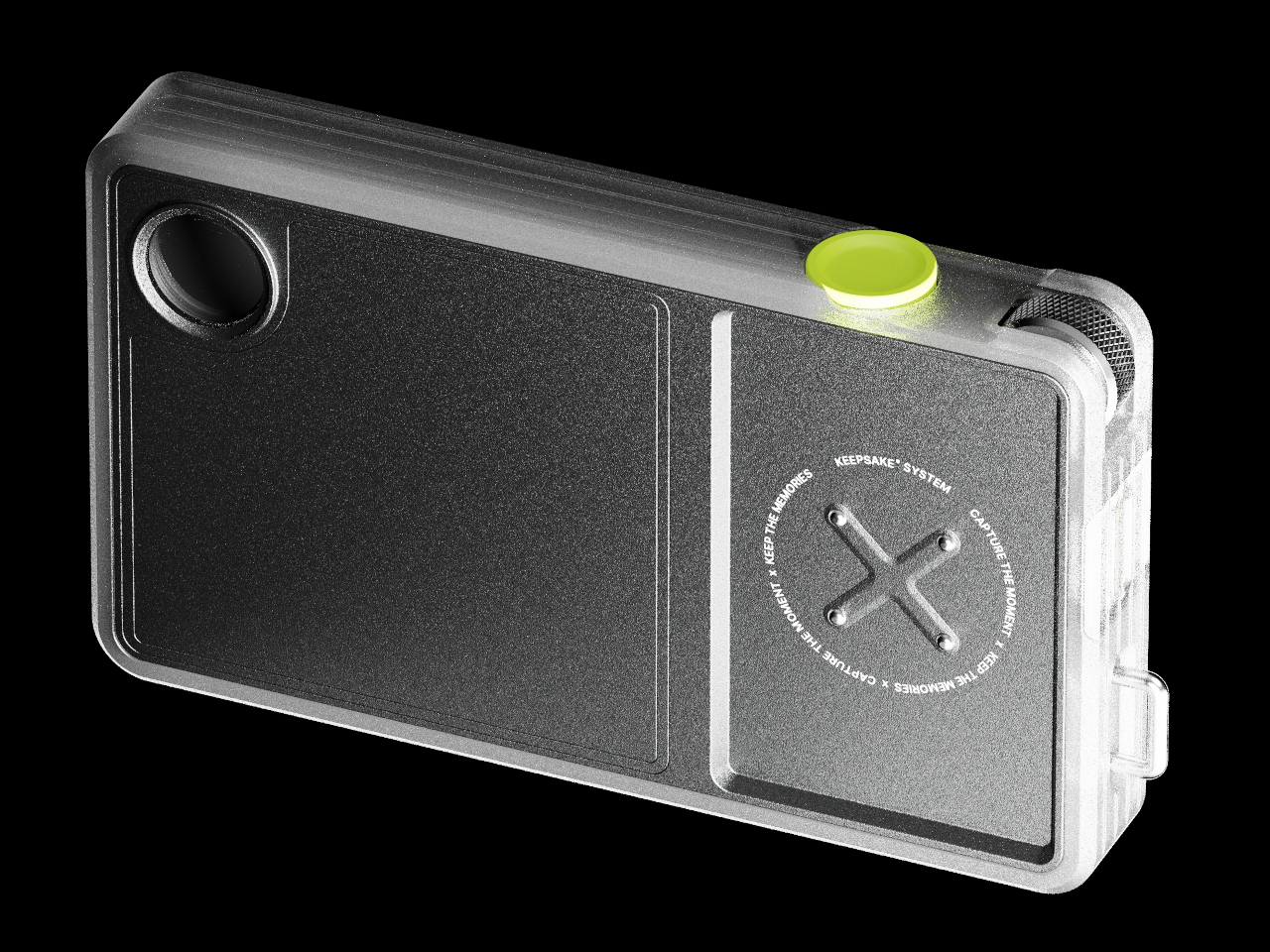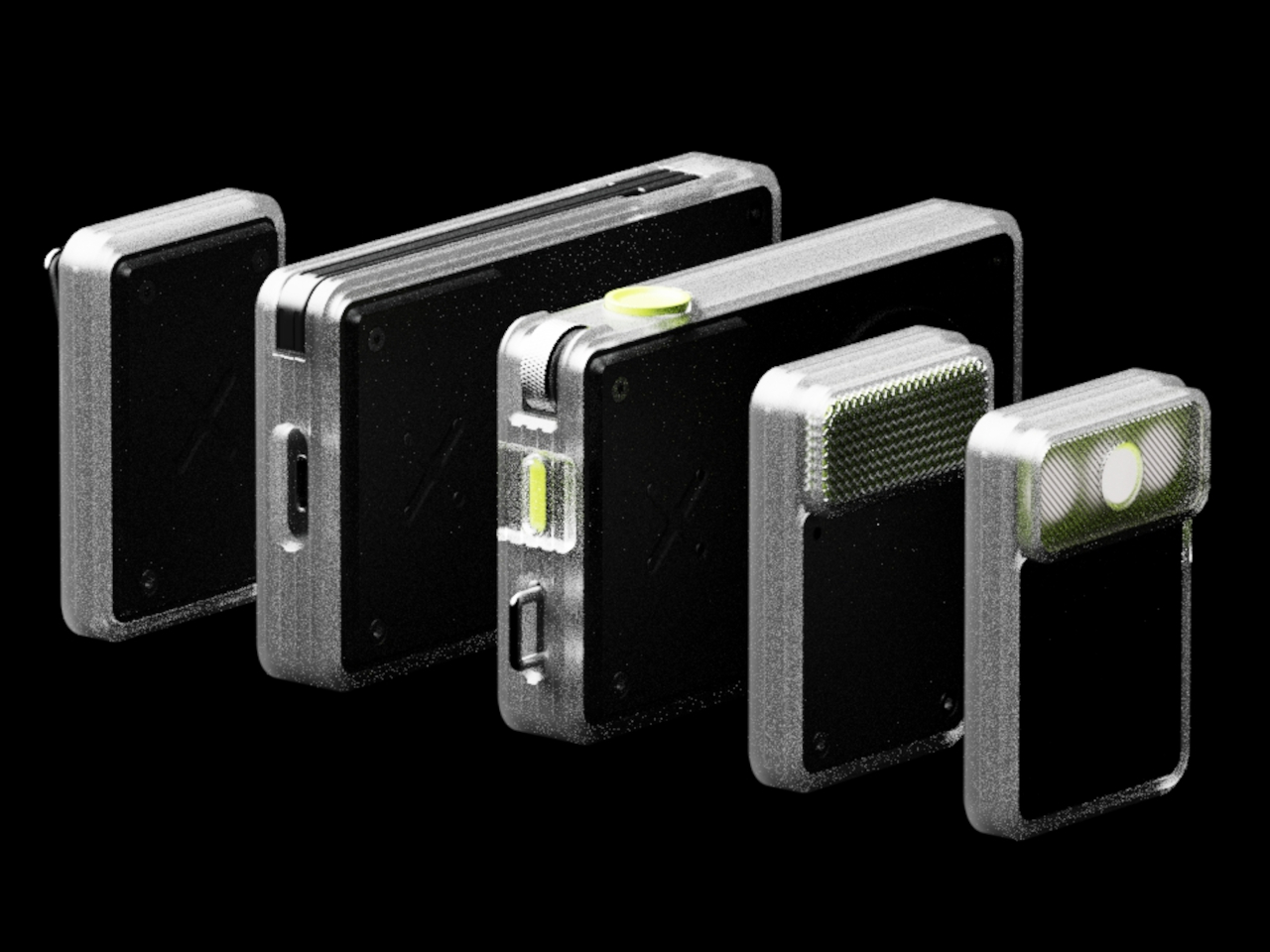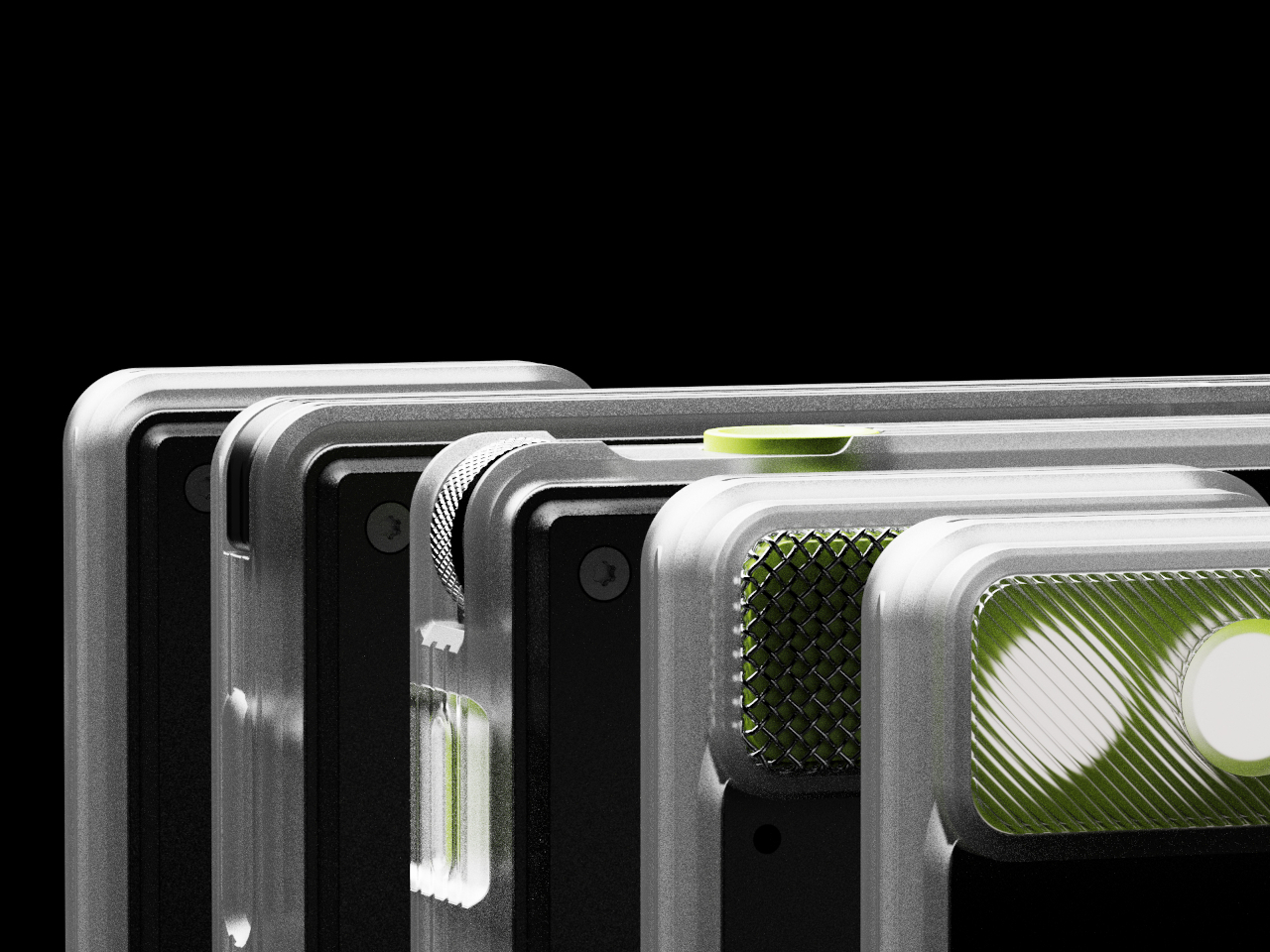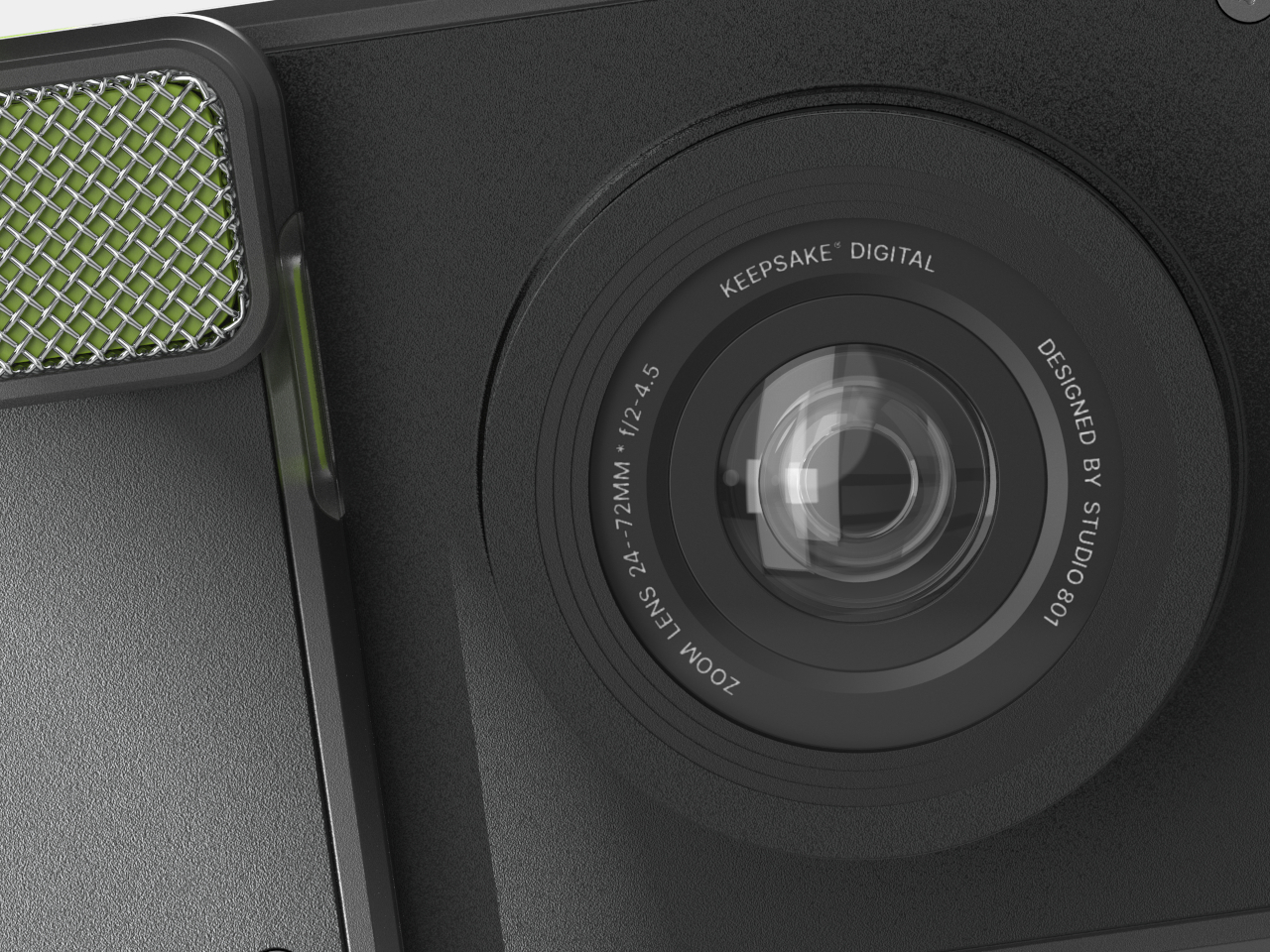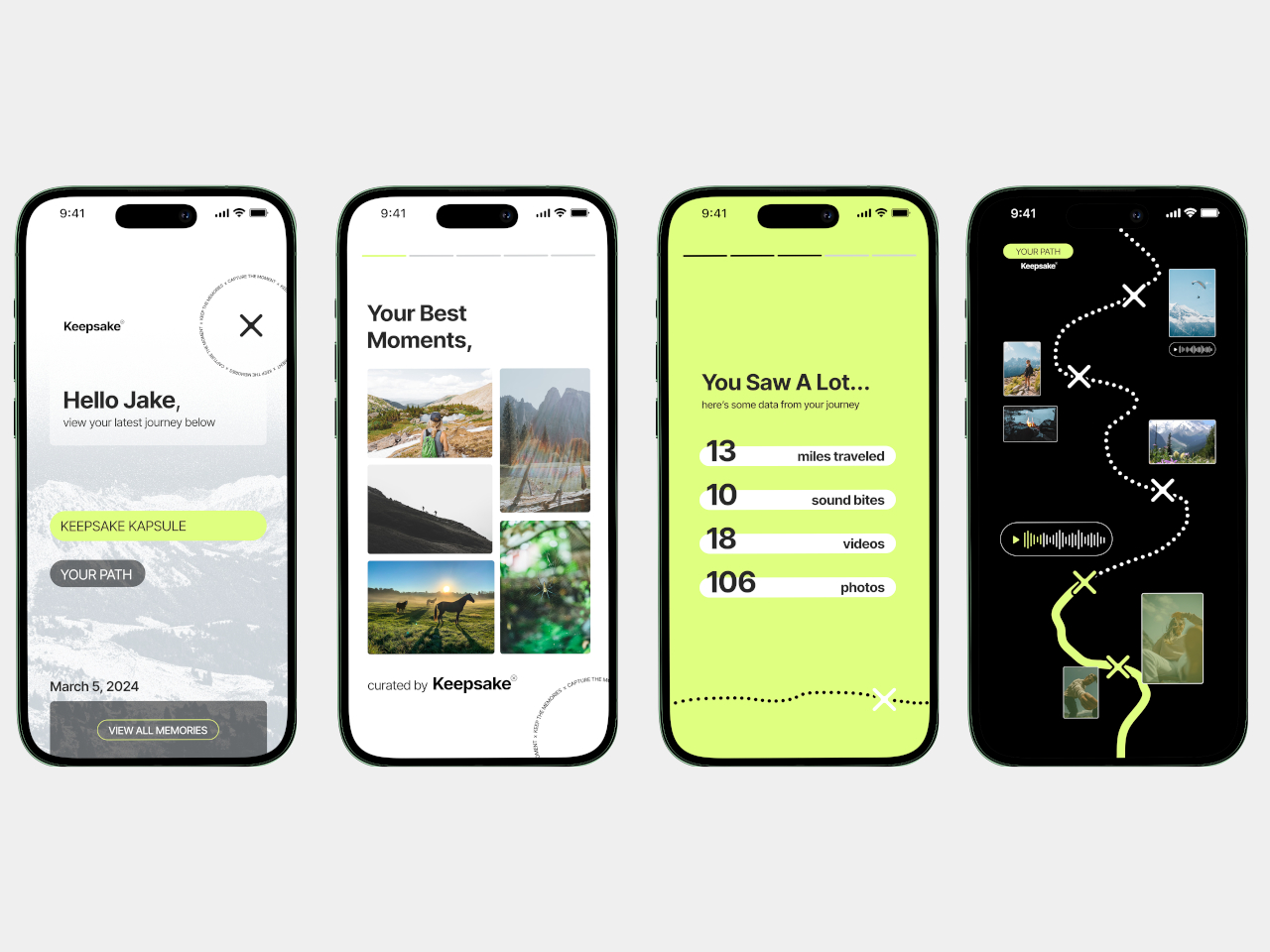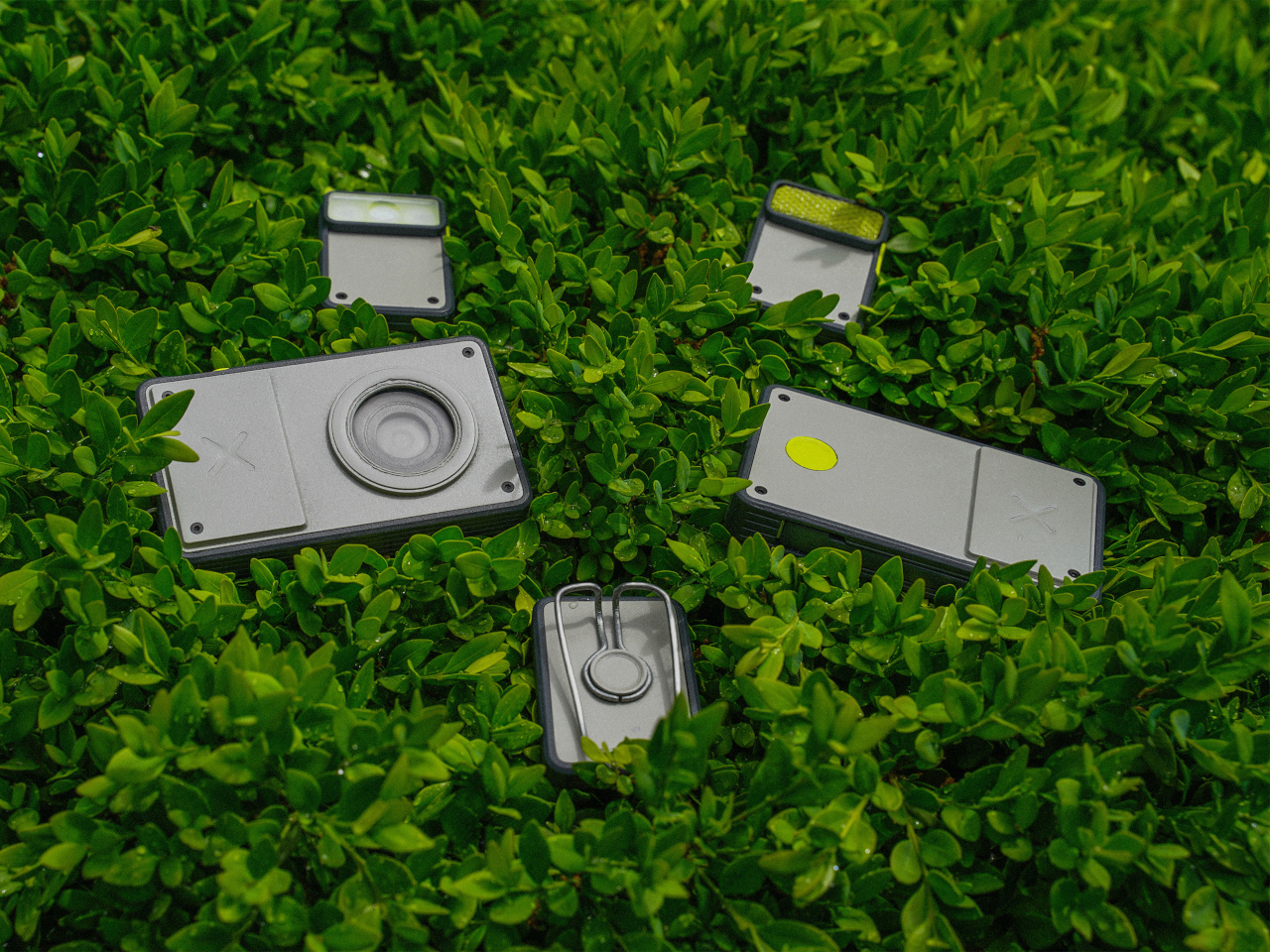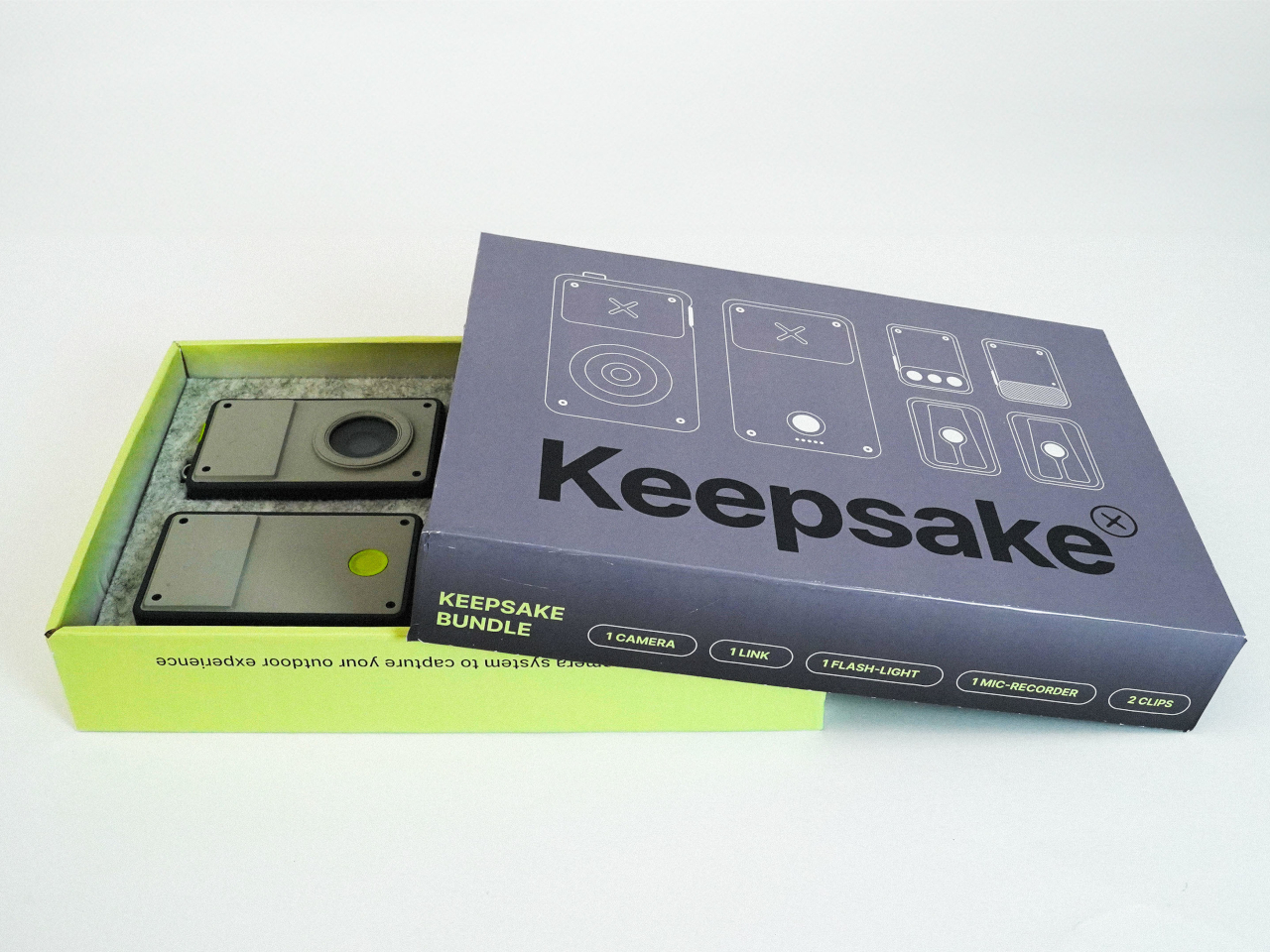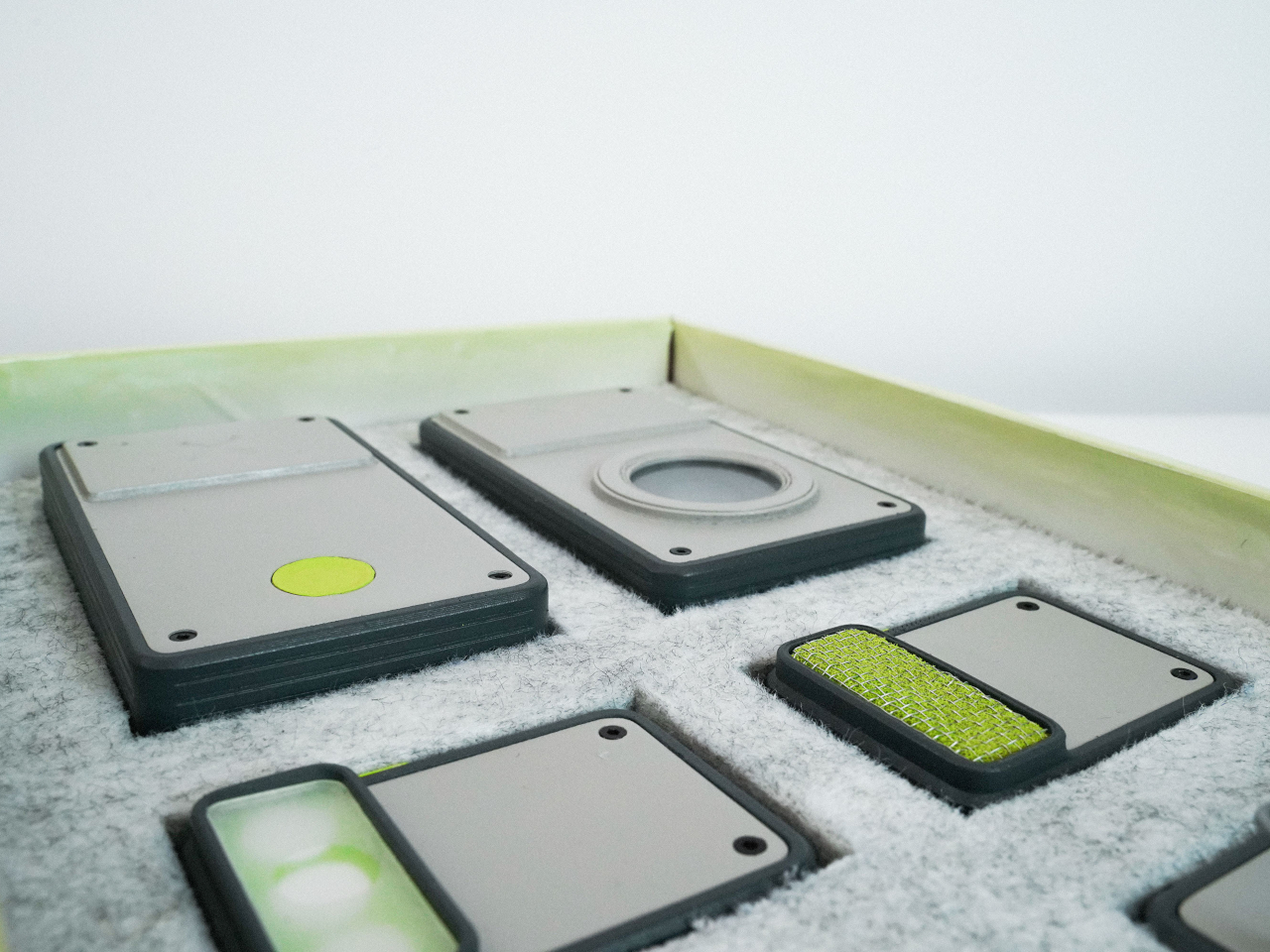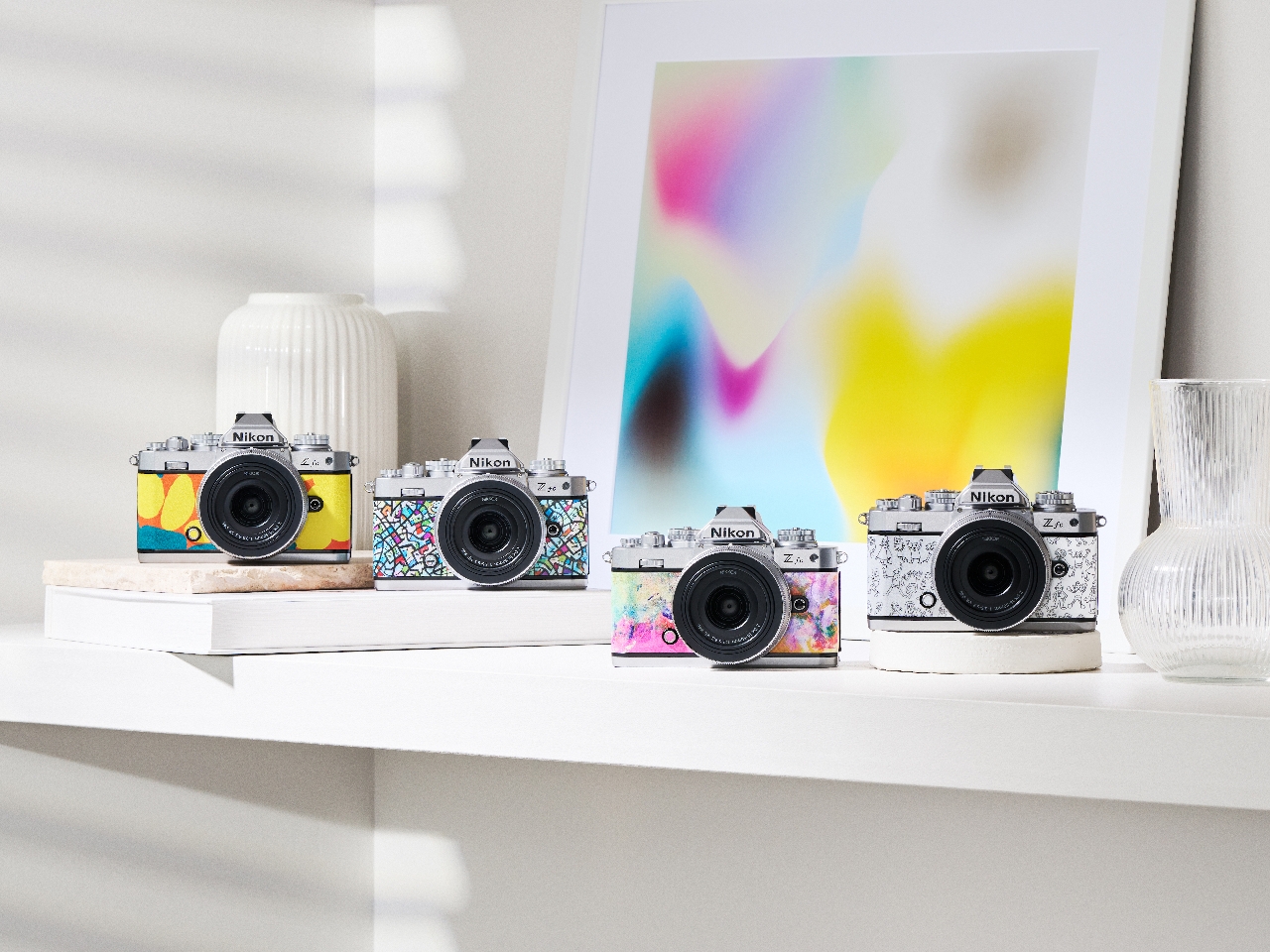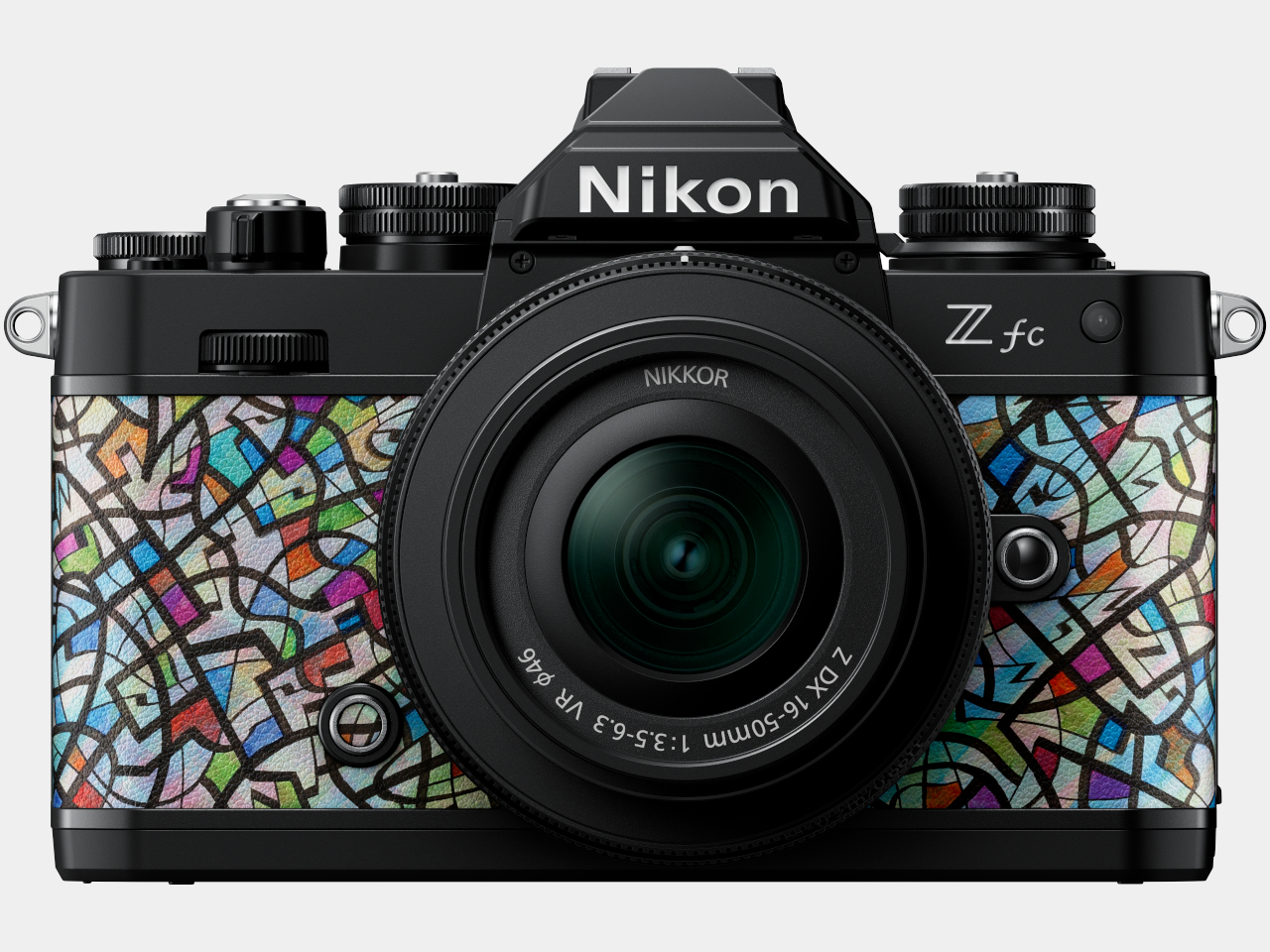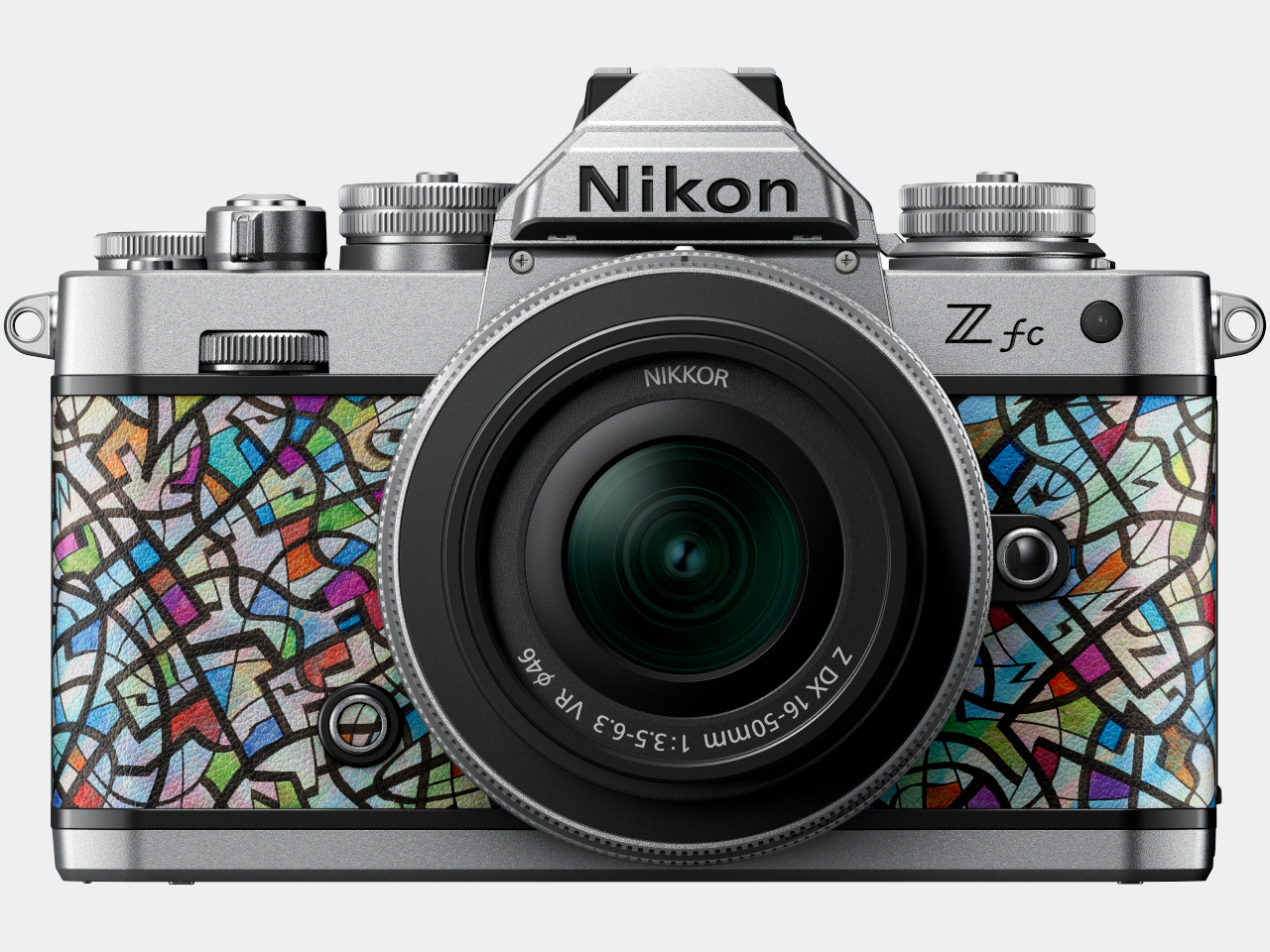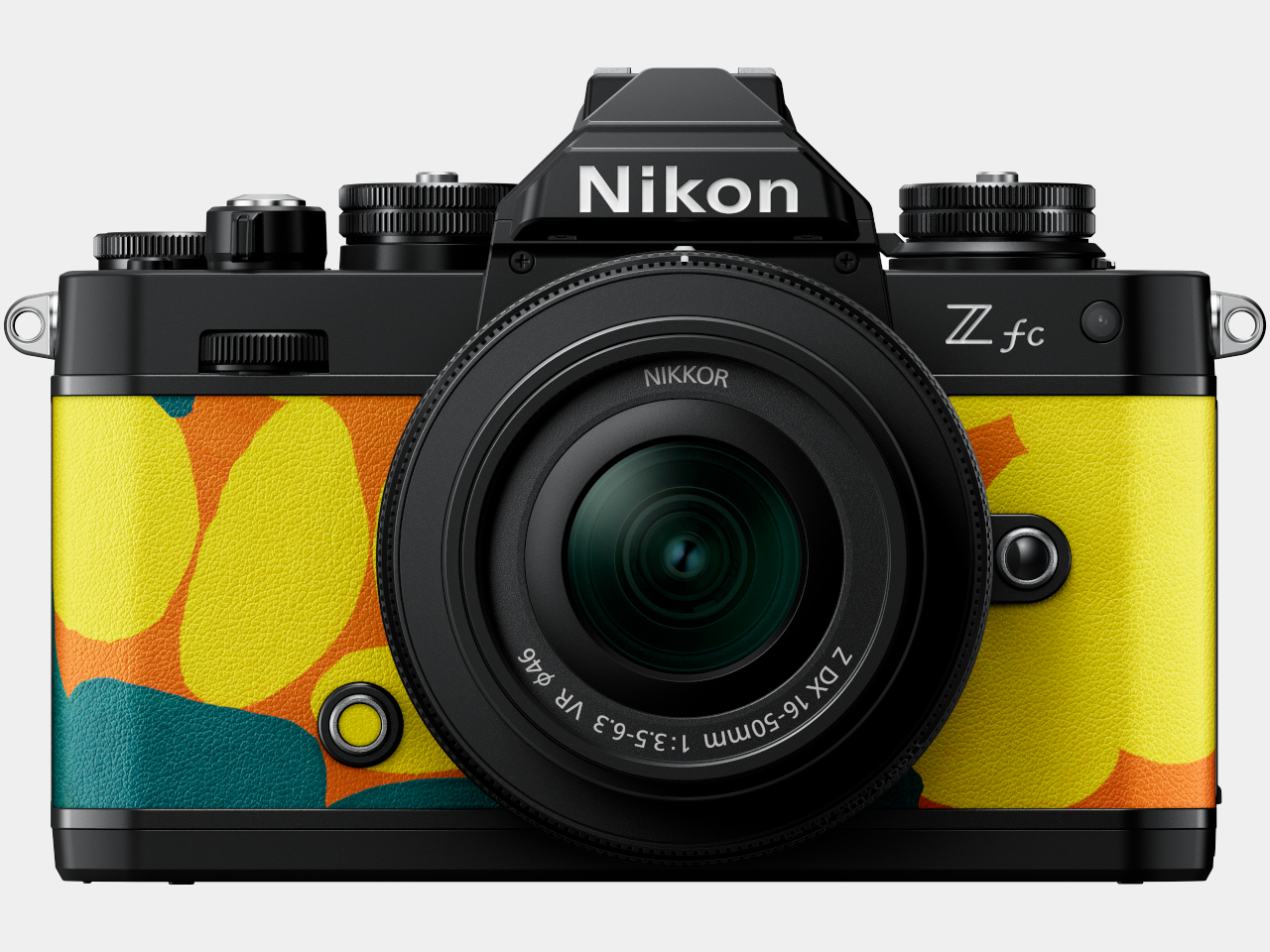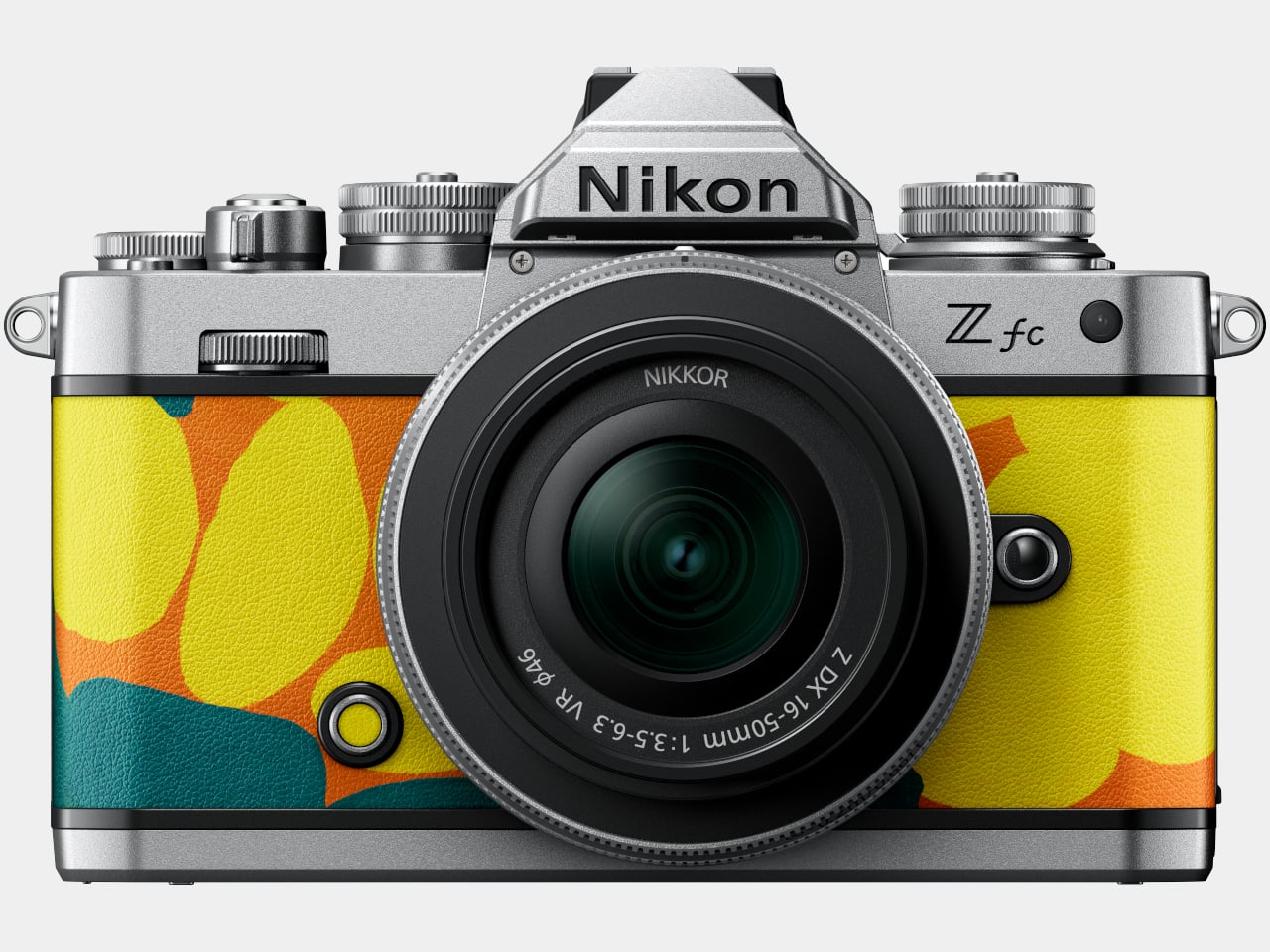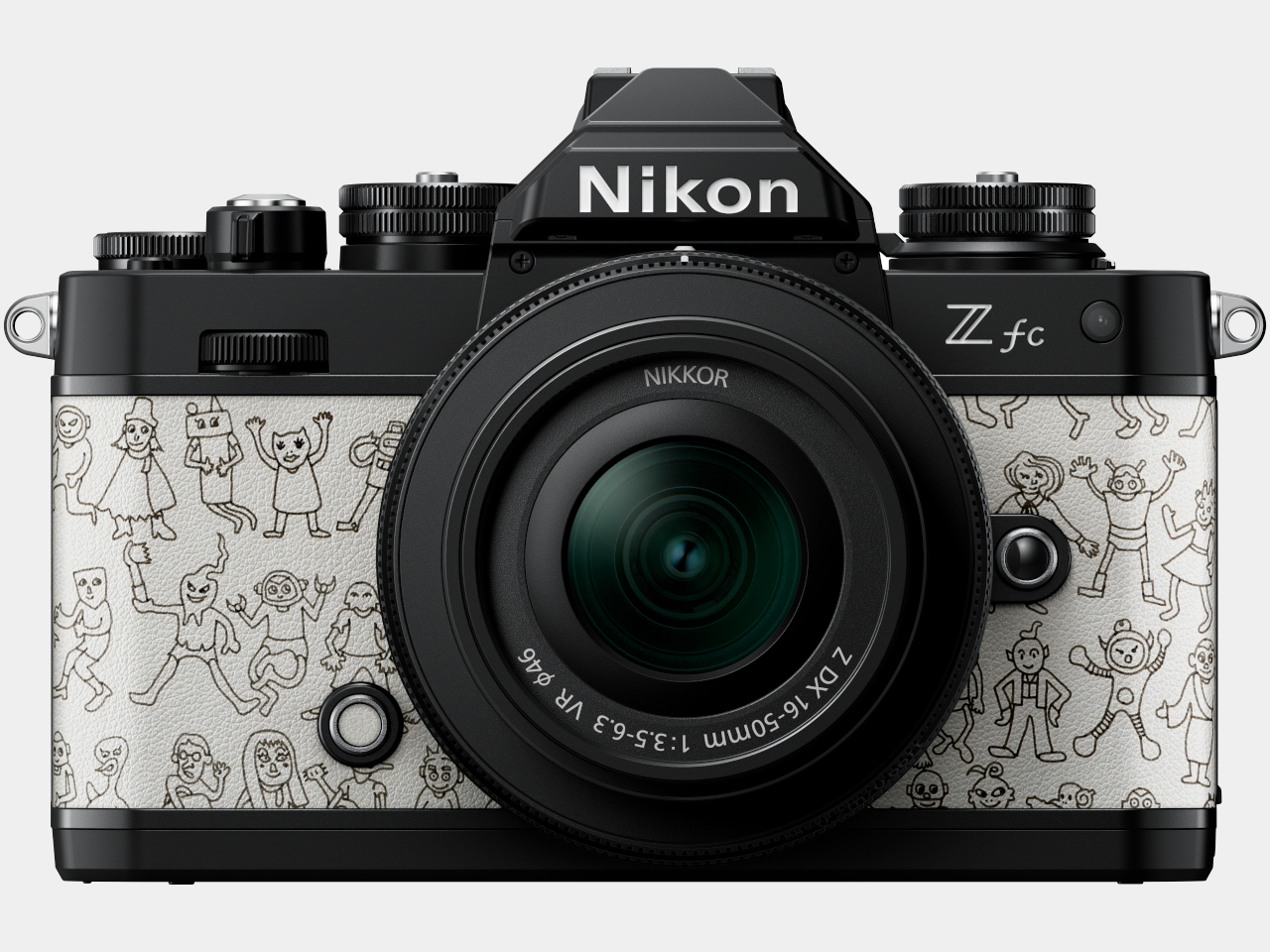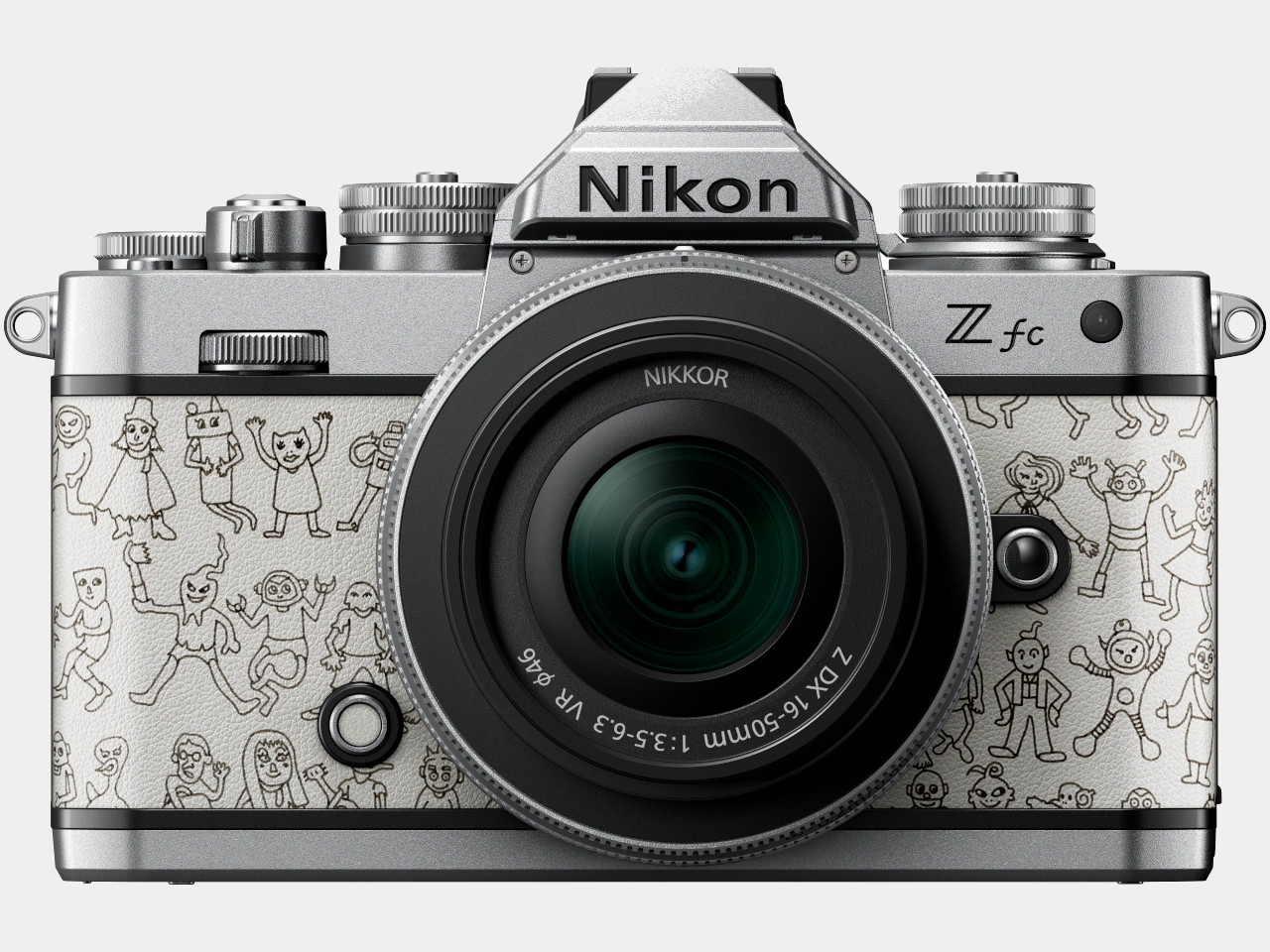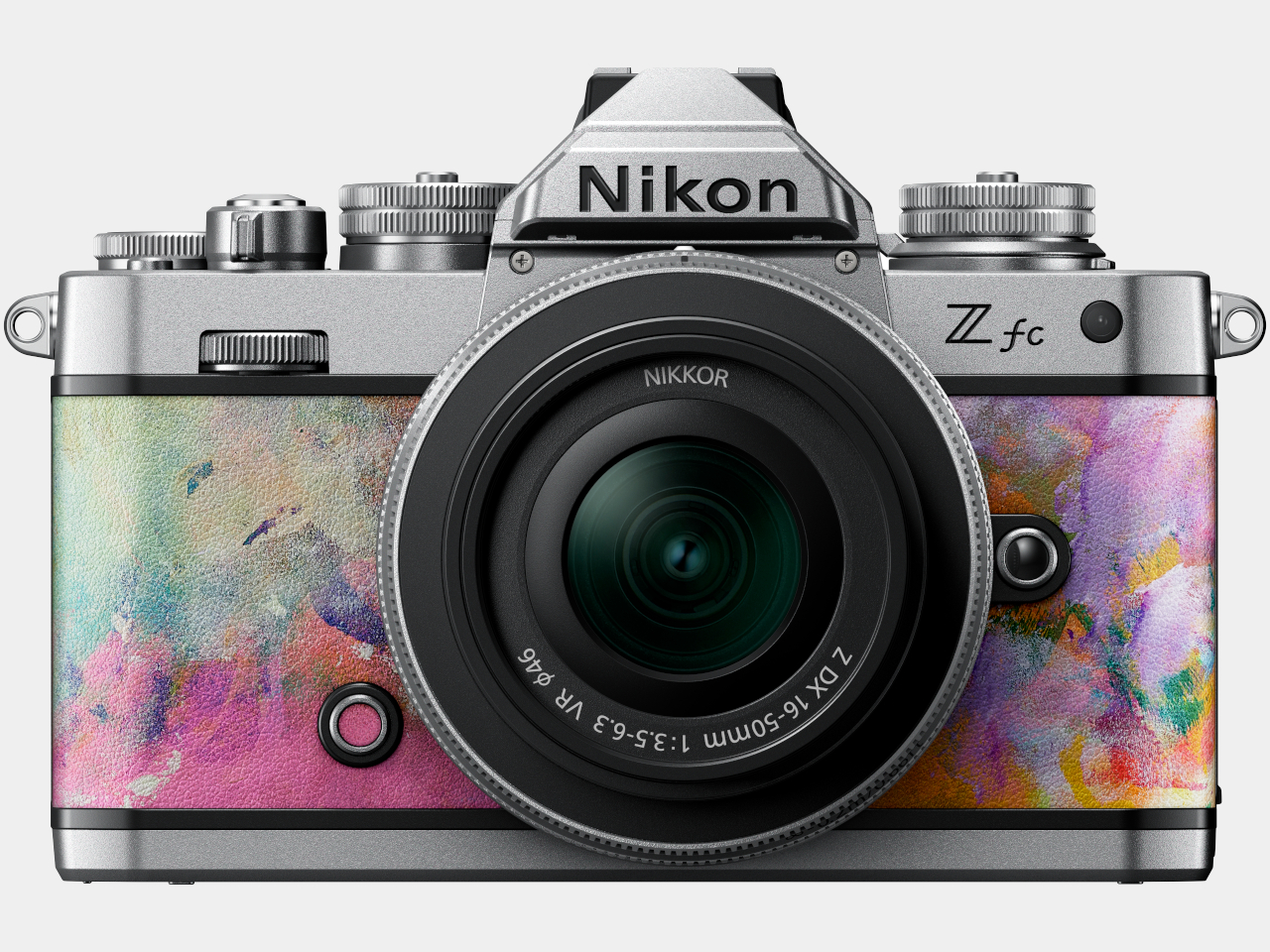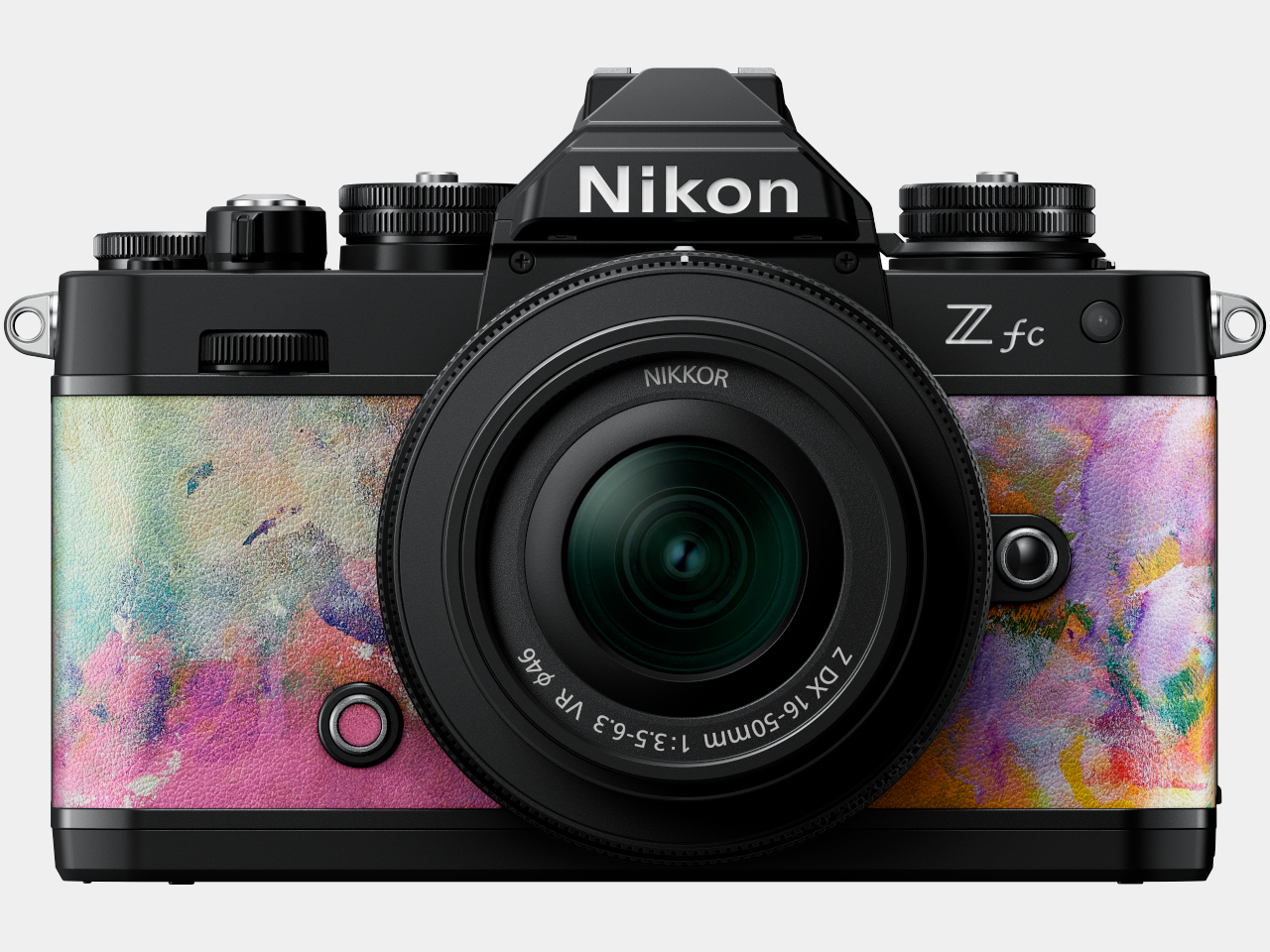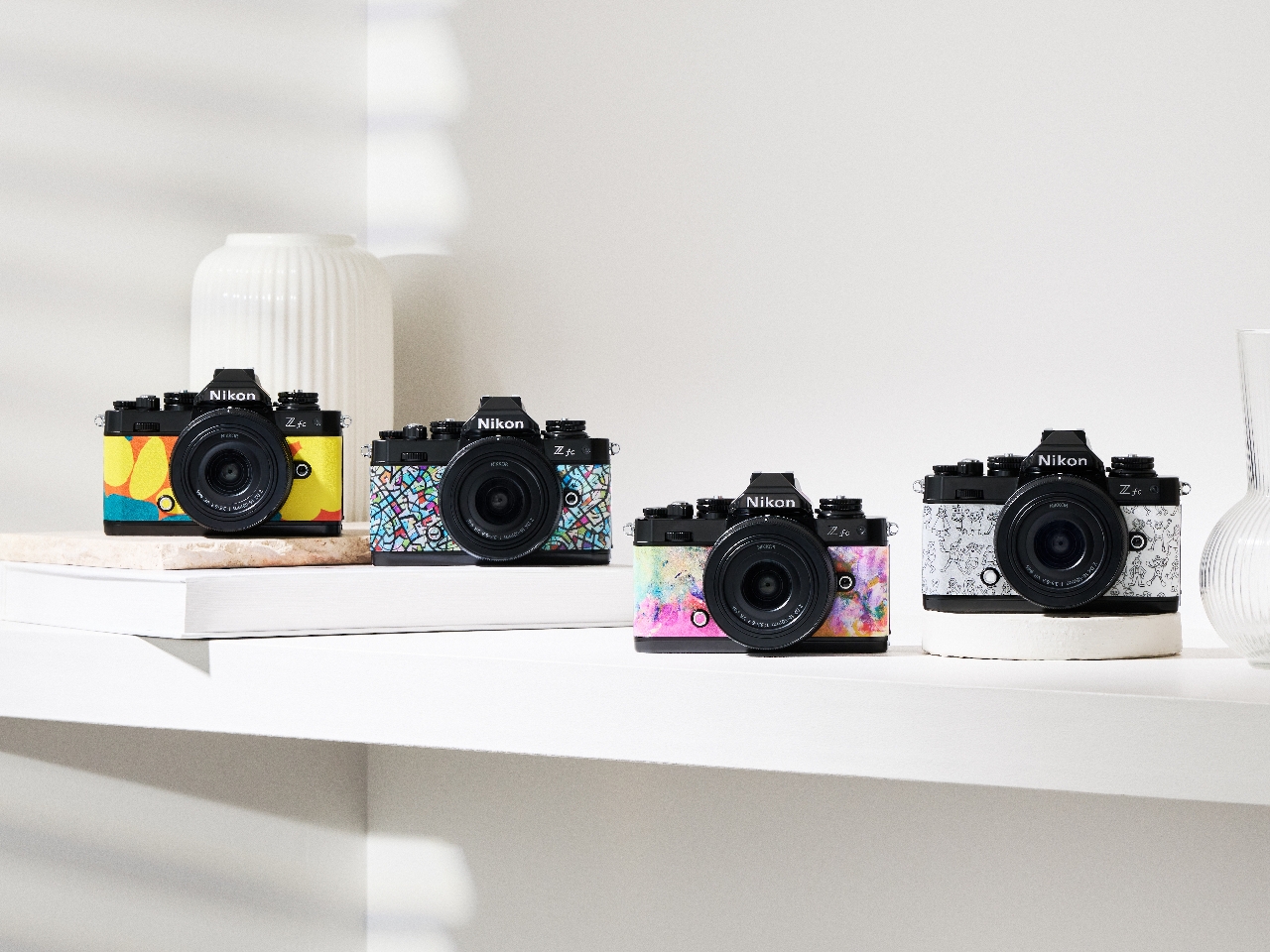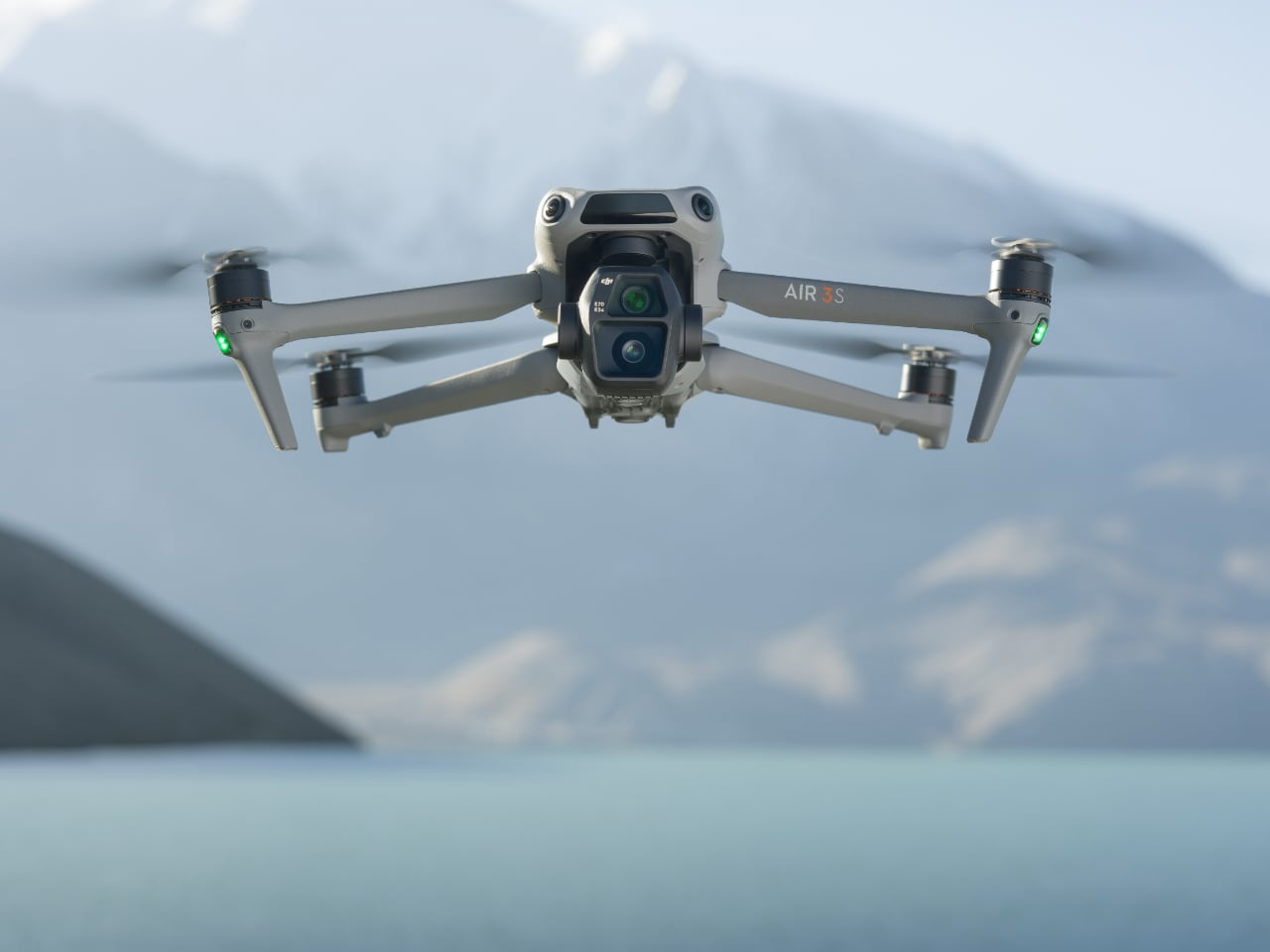
DJI has unveiled its latest aerial photography innovation, the Air 3S drone. Featuring a dual-camera setup with a 1-inch-CMOS primary camera and a 70mm medium tele camera, the Air 3S promises to enhance travel photography and videography to new heights. This new model offers improved 10-bit image quality, allowing for more vibrant colors in photos and videos. The enhanced ISO capabilities also ensure superior performance in low-light conditions, capturing breathtaking details that surpass those of the current DJI Mavic 3 Pro.

Image: DJI Air 3S: 70mm
Designer: DJI
Advanced Dual-Camera System
The DJI Air 3S boasts an advanced dual-camera system that sets a new aerial photography and videography standard. According to Ferdinand Wolf, DJI’s Product Experience Director, “The DJI Air 3S takes our Air Series to new heights by offering professional features like dual primary cameras and omnidirectional obstacle sensing while retaining its lightweight of just 724g for boundless freedom and flexibility.” The Air 3S is the perfect all-rounder for travel photography, capturing special moments during vacations while ensuring safety and security during nighttime operations.
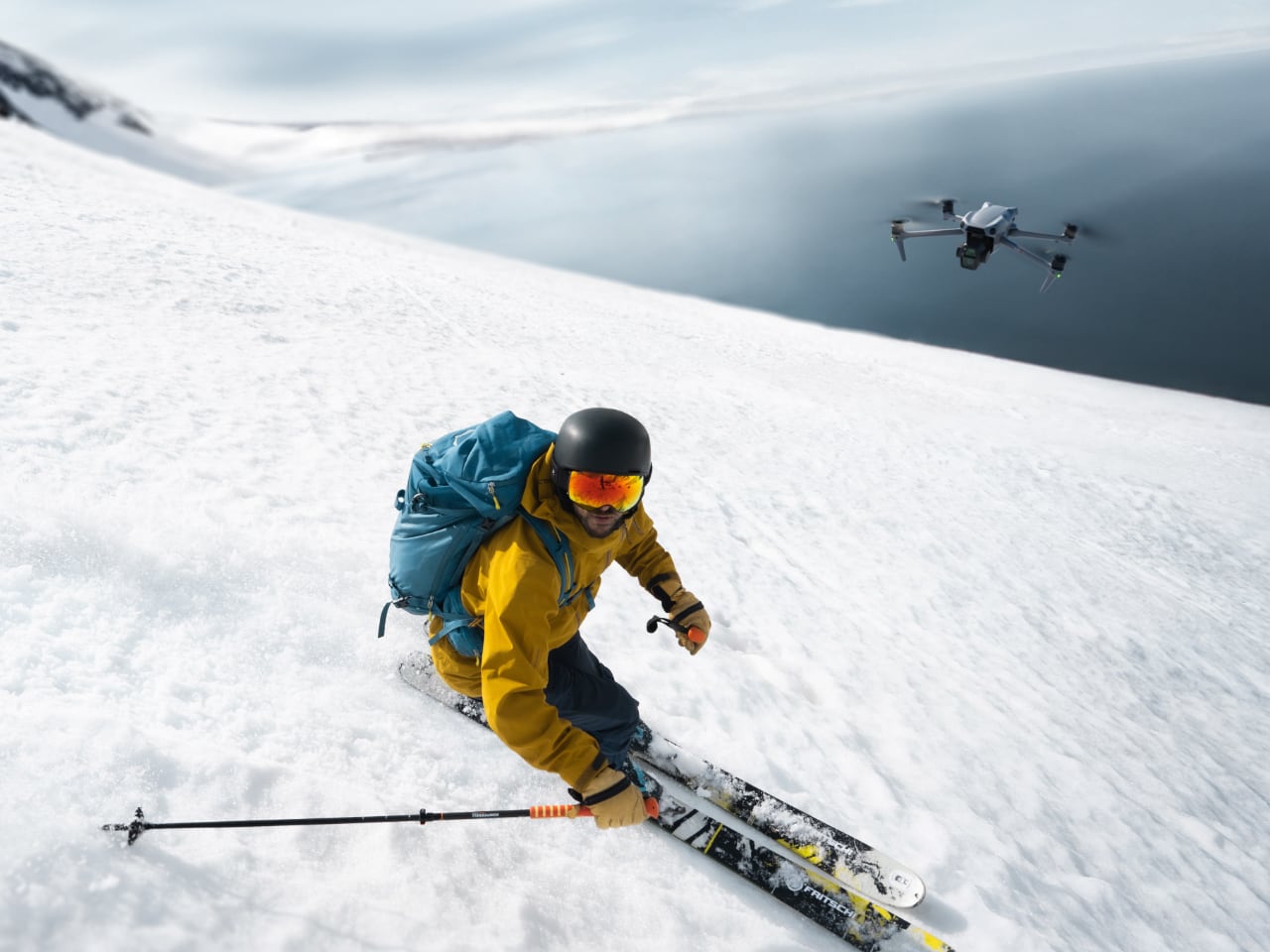
Image: DJI Air 3S
Complementing the primary camera is a 70mm medium tele camera featuring a 48MP 1/1.3-inch CMOS sensor. This secondary camera offers a 3x optical zoom, making it ideal for portrait and vehicle shots with a compressed depth of field that adds a cinematic quality to footage. Both cameras support 4K/60fps HDR video recording and 10-bit D-Log M color profiles, ensuring consistent visual quality across both focal lengths and providing ample flexibility in post-processing. One of the standout features of the Air 3S’s camera system is its ability to capture images with up to 14 stops of dynamic range. This wide dynamic range allows for more detail retention in highlights and shadows, resulting in more balanced and professional-looking images even in high-contrast scenes. The improved ISO performance, with a maximum ISO of 12,800 in normal mode and 3,200 in D-Log M and HLG color modes, further enhances the drone’s capabilities in low-light situations.
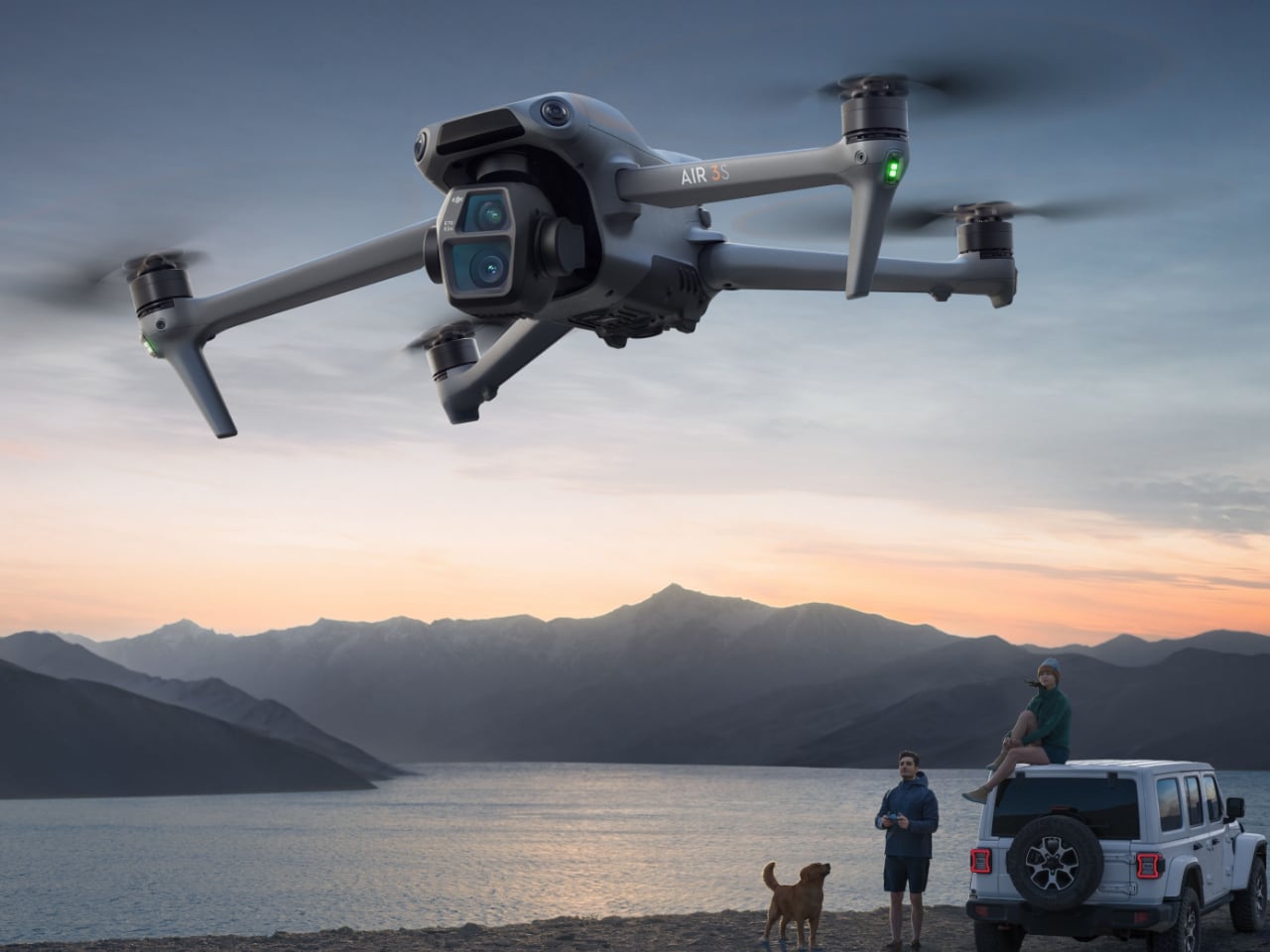
Image: DJI
The Air 3S introduces a new Free panorama feature for both cameras, allowing users to create seamless panoramic shots by stitching together multiple images with manually selected subjects or areas. This feature, combined with the wide-angle and medium tele cameras, offers photographers greater flexibility in capturing expansive landscapes with rich details and minimal distortion. DJI has also implemented a more advanced video encoding compression algorithm in the Air 3S, which reduces video file sizes by over 30% without compromising image quality. This significant improvement in file compression saves valuable storage space and streamlines the post-production workflow for content creators.

Image: DJI Air 3S camera: 24mm
The dual-camera system is further enhanced by intelligent features like Subject Focusing, which keeps the subject in sharp focus even during manual flight or when the subject moves off-center. This allows pilots to concentrate on creative aspects of shot composition and camera movement without worrying about losing focus on their subject. Additionally, the Air 3S features ActiveTrack 360°, which automatically plans flight paths based on the surrounding environment to ensure dynamic shots that keep the subject in the frame, even when partially obscured by obstacles like bushes or bridges.
Overall, the DJI Air 3S’s advanced dual-camera system represents a significant leap forward in aerial imaging technology. It offers professional-grade image quality, versatile focal lengths, and intelligent features catering to amateur enthusiasts and professional photographers.
Enhanced Safety Features
The DJI Air 3S introduces innovative safety features that set a new standard for drone operation, especially in challenging low-light conditions. At the forefront of these advancements is the integration of forward-facing LiDAR technology, making the Air 3S the first DJI drone to incorporate this sophisticated sensing capability. This LiDAR system works with downward infrared time-of-flight (ToF) sensors and six vision sensors positioned at the drone’s front, rear, and bottom to achieve comprehensive nightscape omnidirectional obstacle sensing.
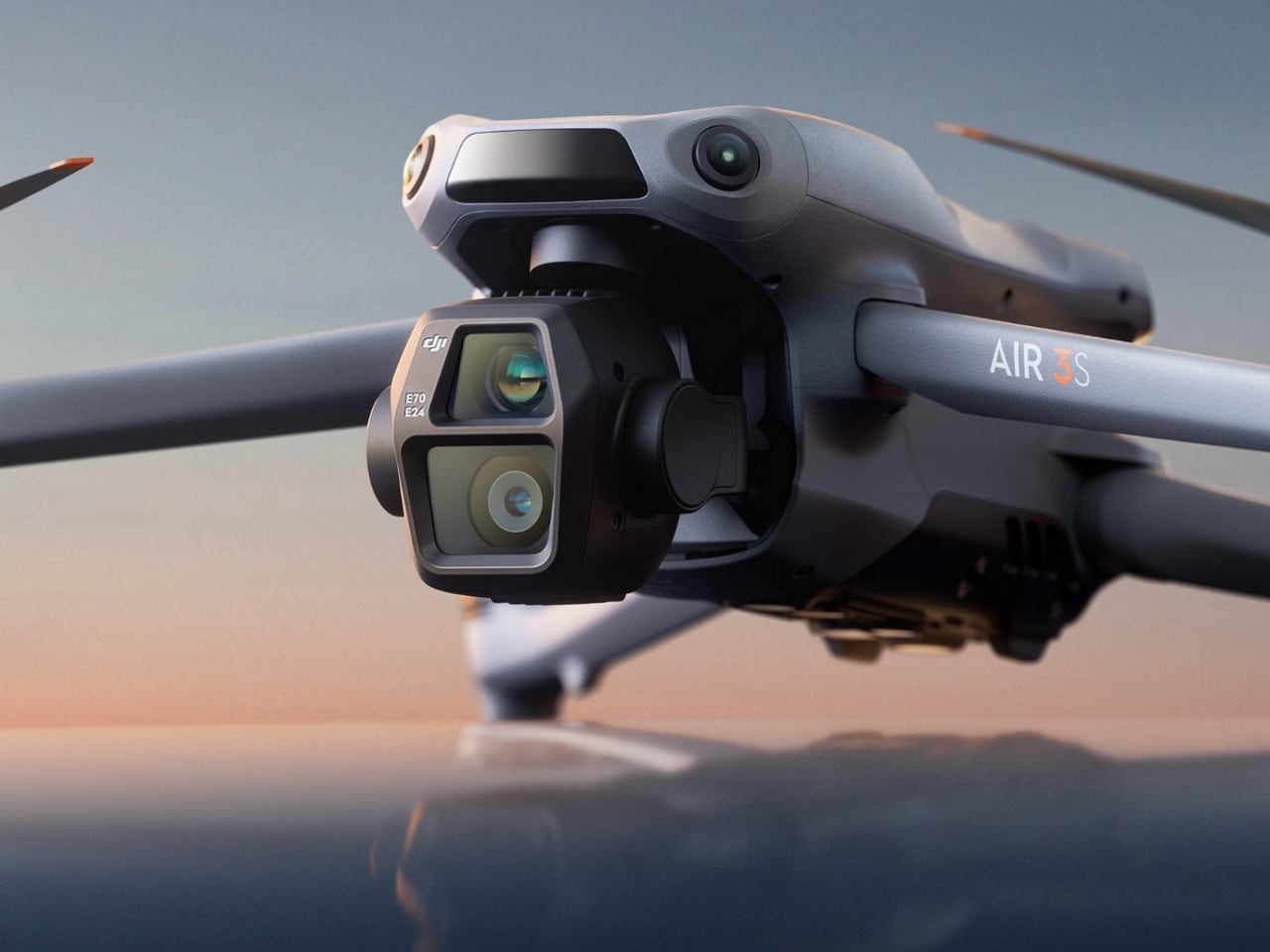
Image: DJI
This advanced sensor array enables the Air 3S to automatically detect and navigate around obstacles during both flight and return paths, significantly enhancing safety during nighttime photography sessions. The LiDAR technology, in particular, excels in low-light environments where traditional vision-based sensors might struggle, providing pilots with greater confidence when operating in dim conditions or urban areas with complex structures.
The Air 3S also features an improved Smart Return-to-Home (RTH) function. This next-generation RTH system utilizes the drone’s enhanced sensing capabilities to plot safer and more efficient return paths. When adequate lighting is available, the drone employs real-time vision positioning and map construction technologies to memorize its flight path. This feature ensures a safe return even when taking off from locations without a strong satellite signal, such as indoor environments or areas with heavy tree cover.
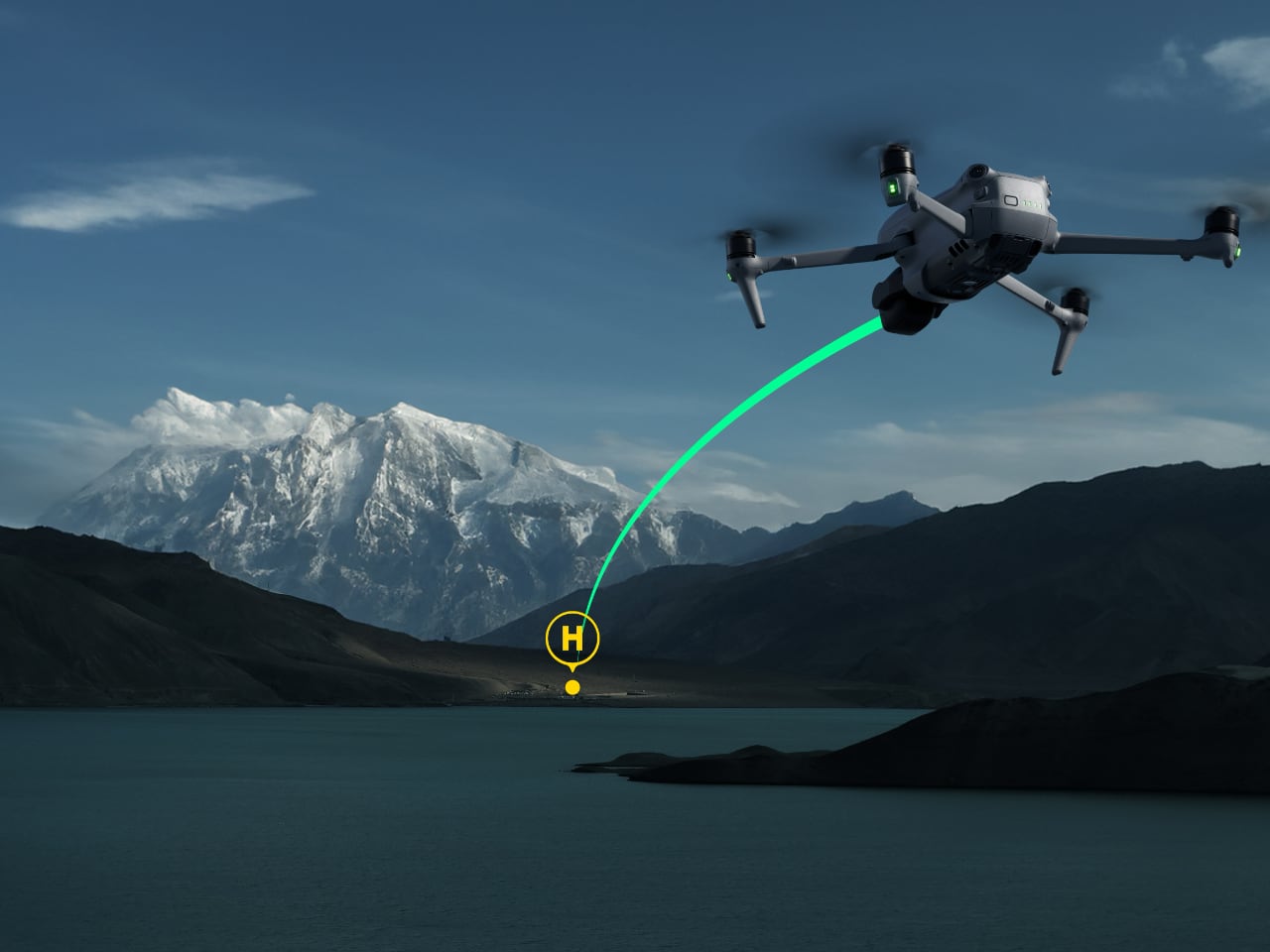
Image: DJI
Another notable safety enhancement is the Air 3S’s ability to maintain stable flight in winds up to 12 m/s (approximately 26.8 mph). This wind resistance, combined with the drone’s advanced obstacle avoidance systems, allows for safer operation in various weather conditions, expanding the range of environments and scenarios in which pilots can confidently fly. The Charging Hub with Power Accumulation also allows users to effectively consolidate power across batteries, which is helpful for longer sessions.
The drone’s safety features are further complemented by its extended flight time of up to 45 minutes. This longer operational window reduces the pressure on pilots to rush shots or compromise safety to capture footage before the battery depletes. It also provides ample time for careful navigation and thorough environment assessment, especially in unfamiliar or complex shooting locations.
DJI has also implemented a Data Protection feature in the Air 3S. The Local Data Mode acts like an “airplane mode,” completely disconnecting the drone from the internet and ensuring that all data remains solely within the device. This feature addresses privacy concerns and provides an additional layer of security for sensitive operations or when flying in restricted areas. Additionally, the 42-GB built-in storage and Off-State QuickTransfer provide seamless file transfers without needing external storage or keeping the drone powered on.
These comprehensive safety enhancements make the DJI Air 3S a powerful tool for capturing stunning aerial imagery and a more reliable and secure platform for amateur and professional drone pilots. By prioritizing obstacle avoidance, stable flight, and data protection, DJI has created a drone that allows users to focus on their creative vision while minimizing operational risks.
Comparison with Mavic 3 Pro
The DJI Air 3S and Mavic 3 Pro are high-end consumer drones but differ in key aspects, such as their camera systems, design, and capabilities.
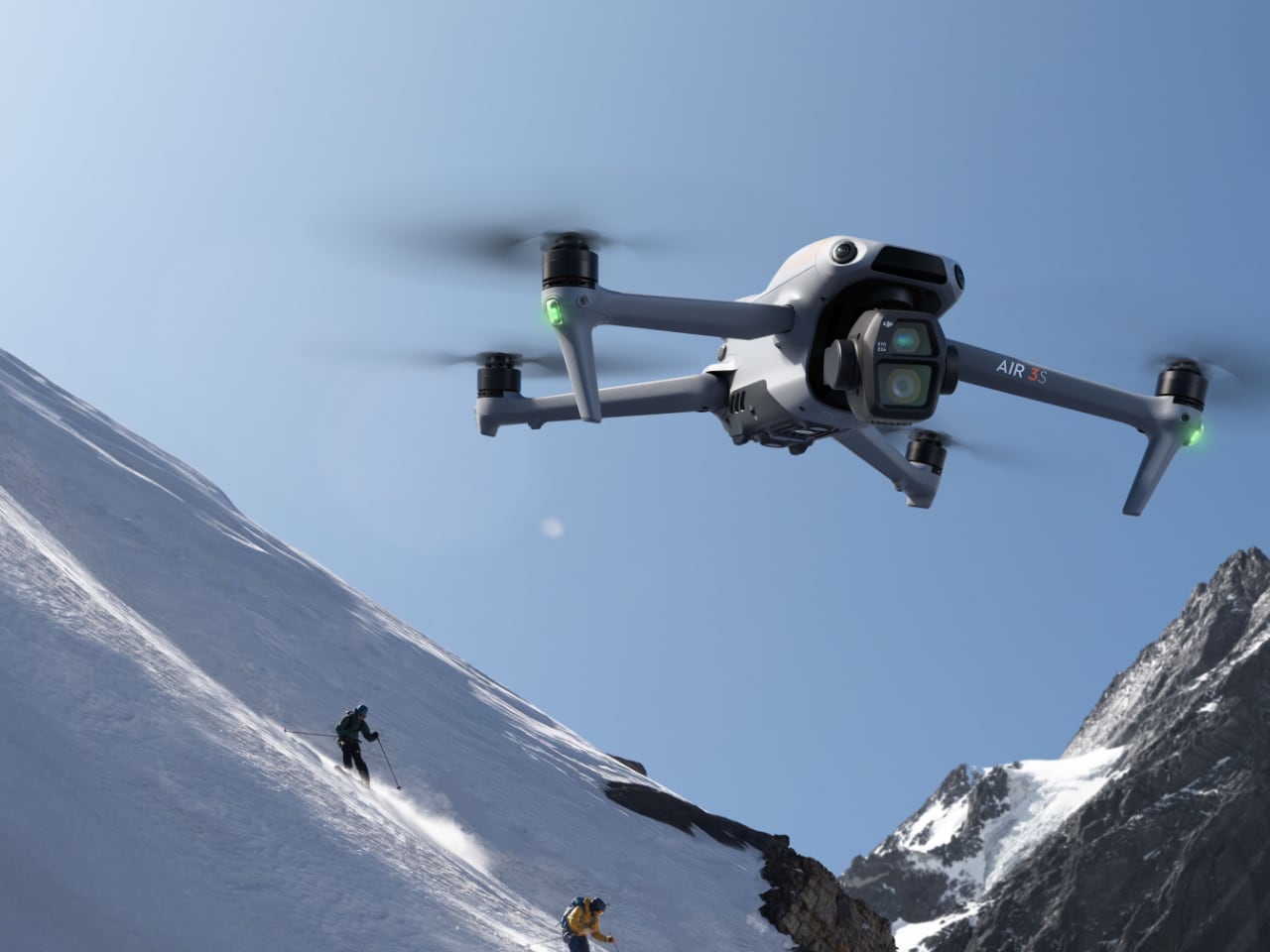
Image: DJI Air 3S
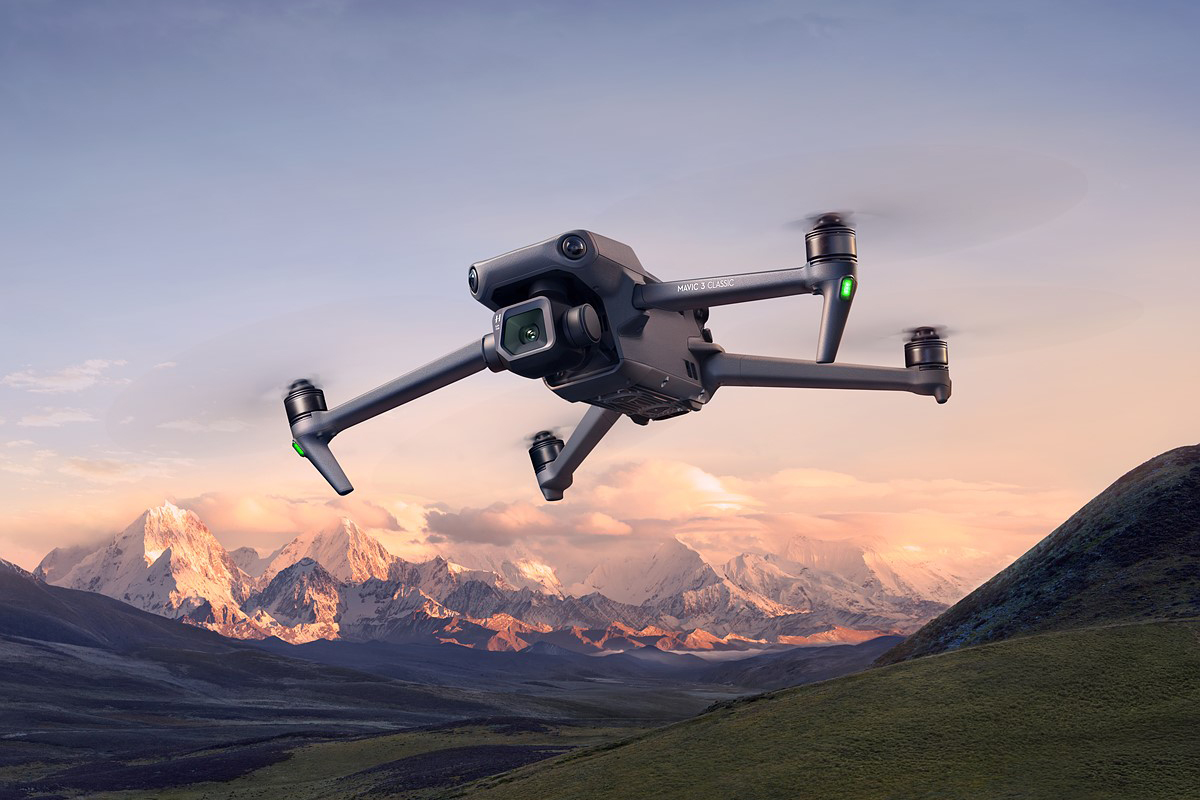
Image: DJI Mavic 3
- Camera System: The Air 3S features a dual-camera setup with a 1/1.3-inch CMOS primary camera (50MP) and a 70mm medium tele camera (48MP). In contrast, the Mavic 3 Pro boasts a triple-camera system with a 4/3 CMOS Hasselblad main camera (20MP), a 1/1.3-inch CMOS medium tele camera (48MP), and a 1/2-inch CMOS telephoto camera (12MP). While the Air 3S lacks the long-range telephoto of the Mavic 3 Pro, its primary camera offers higher resolution and potentially better low-light performance due to its larger sensor size.
- Image Quality and Video Capabilities: Both drones support 10-bit video recording. However, the Air 3S has improved its ISO performance, with a maximum ISO of 12,800 in Night Mode and 3,200 in D-Log M and HLG color modes. The Mavic 3 Pro’s main camera can shoot at a higher resolution of 5.1K/50fps, while the Air 3S tops out at 4K/60fps. However, the Air 3S’s new video encoding compression algorithm reduces file sizes by over 30% without compromising quality, a significant advantage for storage management.
- Flight Performance: The Air 3S offers a maximum flight time of 46 minutes, slightly longer than the Mavic 3 Pro’s 43 minutes. Both drones feature omnidirectional obstacle sensing, but the Air 3S introduces forward-facing LiDAR for improved nighttime obstacle avoidance. The Air 3S also has a reduced weight of 724g compared to the Mavic 3 Pro’s 958g, making it more portable for travel photography.
- Smart Features: Both drones offer advanced tracking features, but the Air 3S introduces a new Subject Focusing feature that keeps the subject in sharp focus even during manual flight or when the subject moves off-center. The Mavic 3 Pro, however, has a more versatile camera system for different shooting scenarios due to its third telephoto lens.
Pricing and Availability
The DJI Air 3S has several configurations to suit user needs and budgets. The base model, DJI Air 3S (DJI RC-N3), retails for $1,099 and allows pilots to use their smartphones to check the live feed and flight status1. This entry-level option provides an accessible price point for enthusiasts looking to experience the advanced features of the Air 3S without additional accessories.
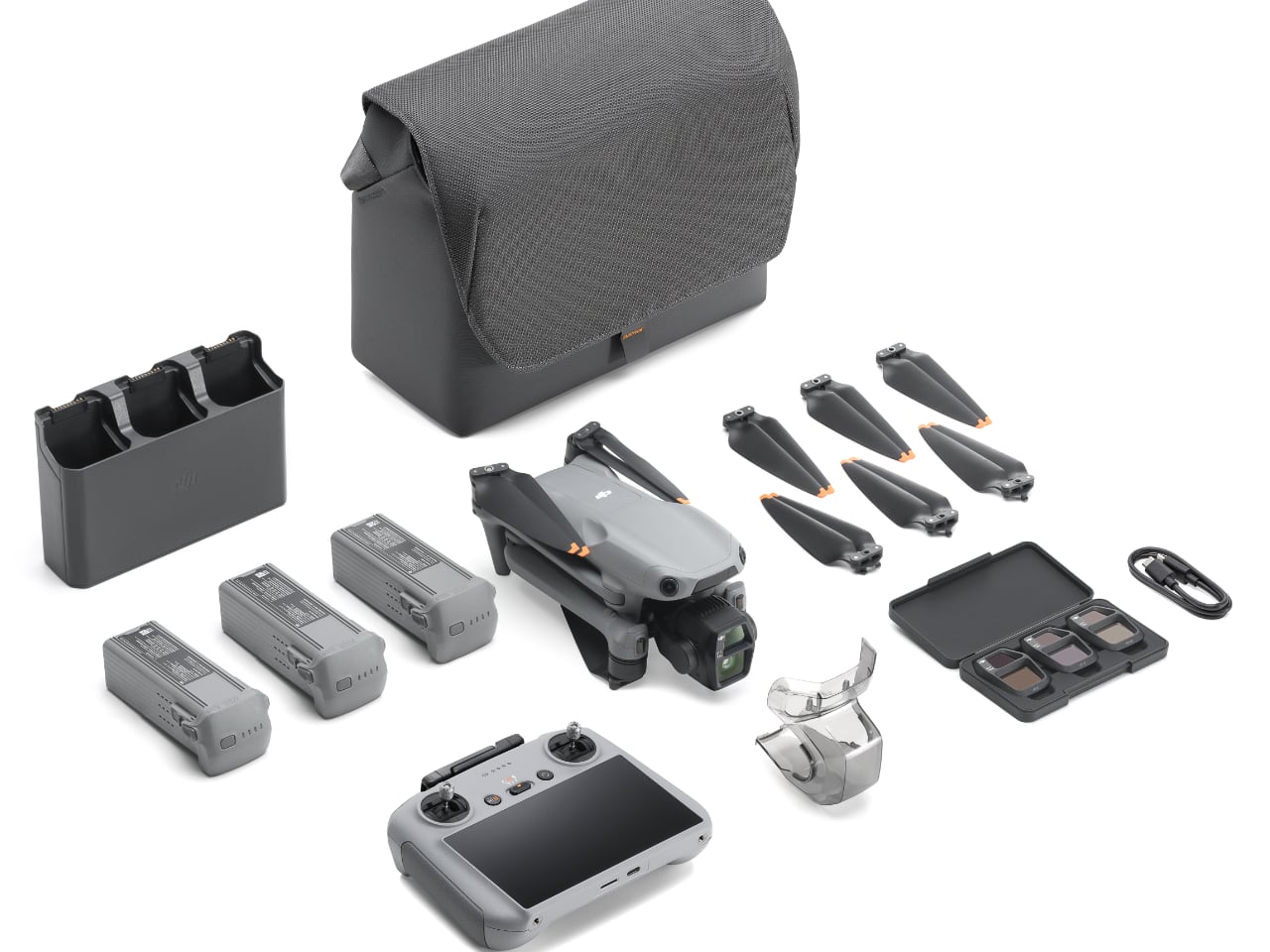
Image: DJI
DJI offers two Fly More Combo options for those seeking a more comprehensive package. The DJI Air 3S Fly More Combo (DJI RC-N3) is priced at $1,399 and includes several valuable accessories1. This bundle comes with the DJI RC-N3 remote controller, an ND filter set for managing exposure in bright conditions, two additional batteries to extend flight sessions, a battery charging hub for convenient power management, and a shoulder bag for easy transport.
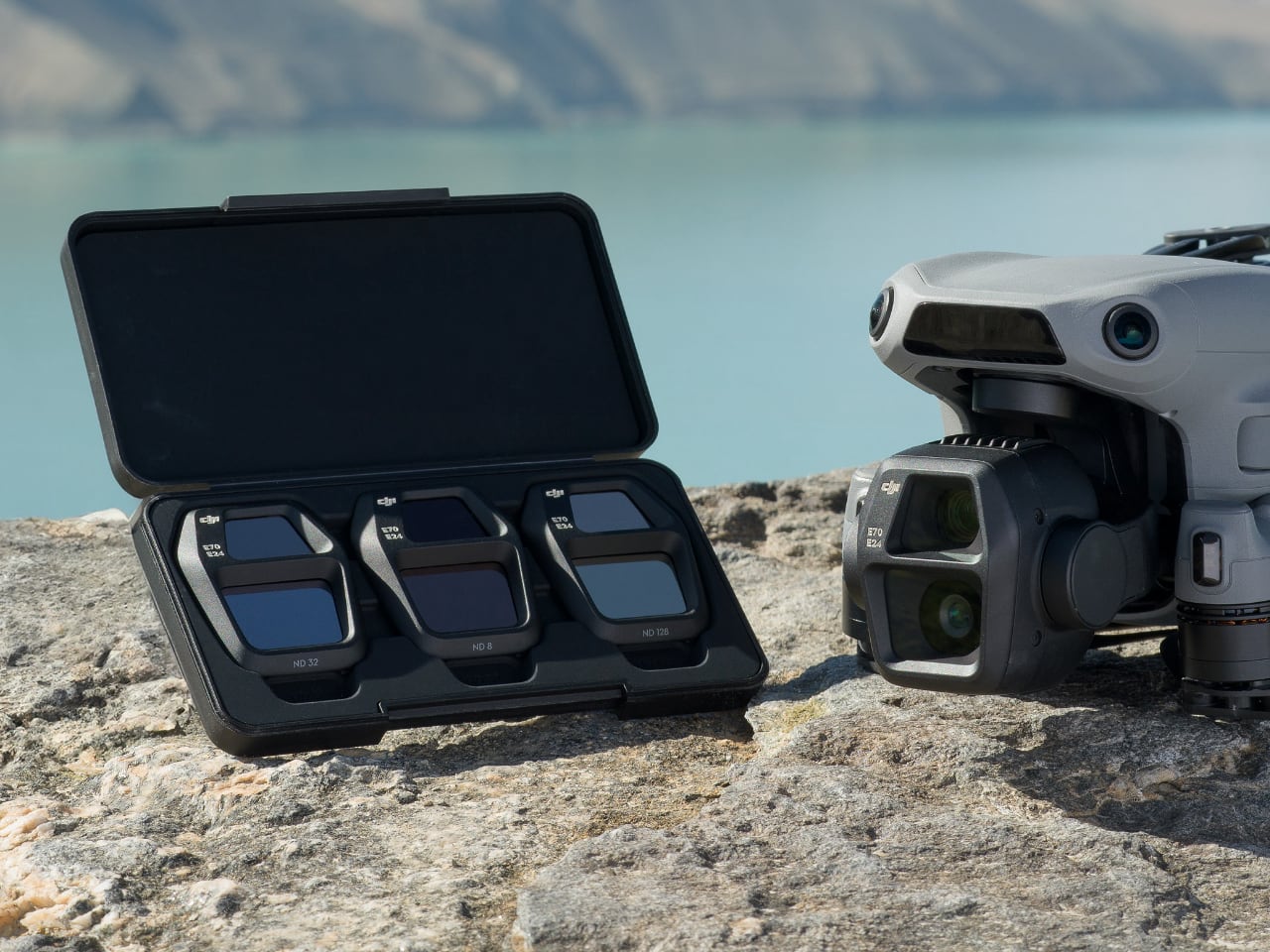
Image: DJI
The premium option, the DJI Air 3S Fly More Combo (DJI RC 2), is available for $1,5991. This package includes the DJI RC 2 remote controller, which features a built-in 5.5-inch 1080p screen with 700-nit brightness, eliminating the need for a separate smartphone. Like the other Fly More Combo, it includes an ND filter set, two additional batteries, a battery charging hub, and a shoulder bag.
The Air 3S’s pricing strategy positions it as a more affordable alternative to the higher-end Mavic 3 Pro, which starts at $2,1992. This pricing makes the Air 3S an attractive option for enthusiasts and professionals who want advanced features without the higher cost of the Mavic series.
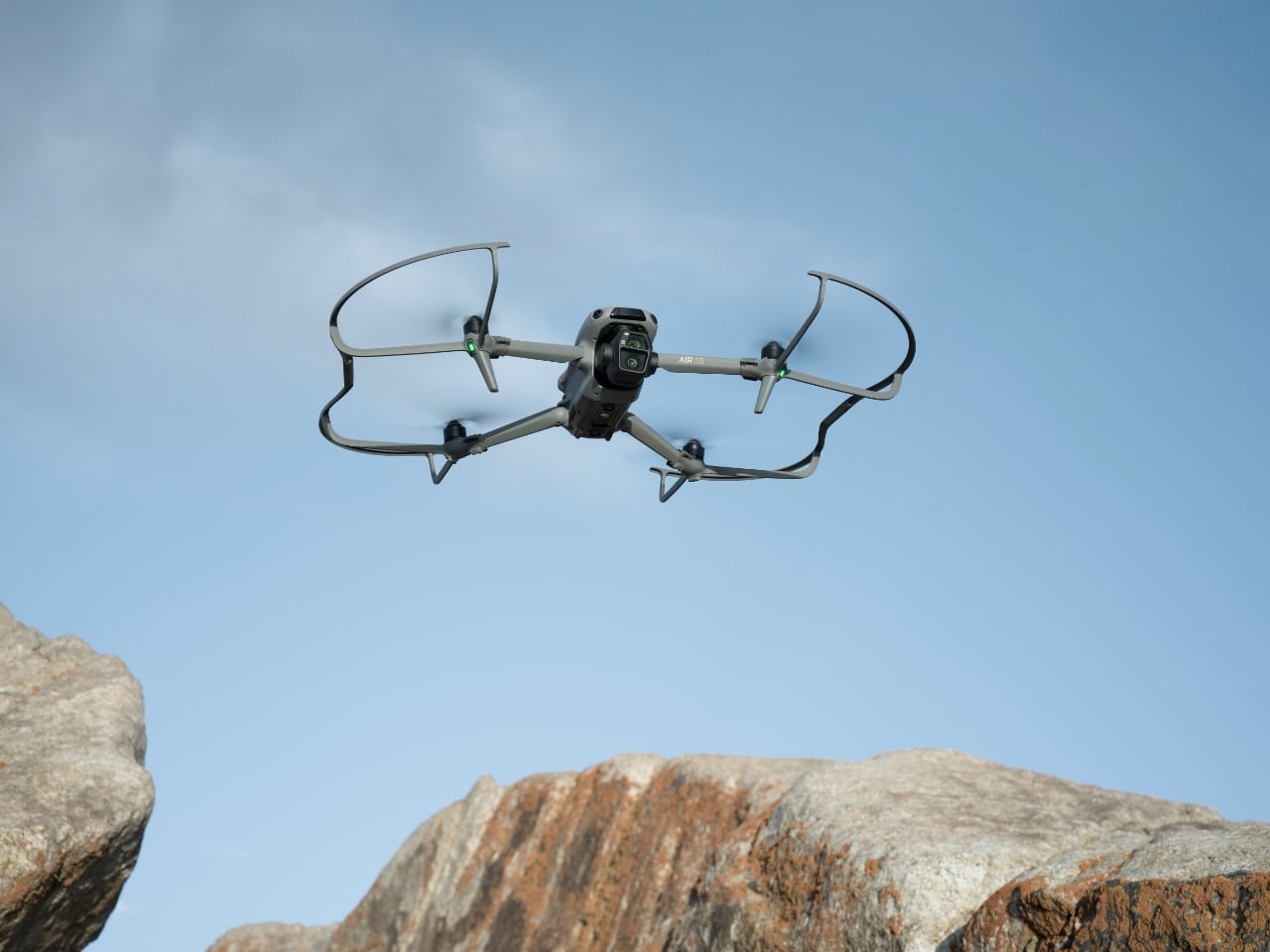
Image: DJI
Compared to its predecessor, the Air 3, the Air 3S offers significant upgrades in camera technology and safety features while maintaining a similar price point. This value proposition will likely appeal to users looking to upgrade their existing DJI drones or those entering the prosumer drone market for the first time3.
The post 5 Reasons Why the DJI Air 3S is the Ultimate Prosumer Drone for High-End Photography first appeared on Yanko Design.
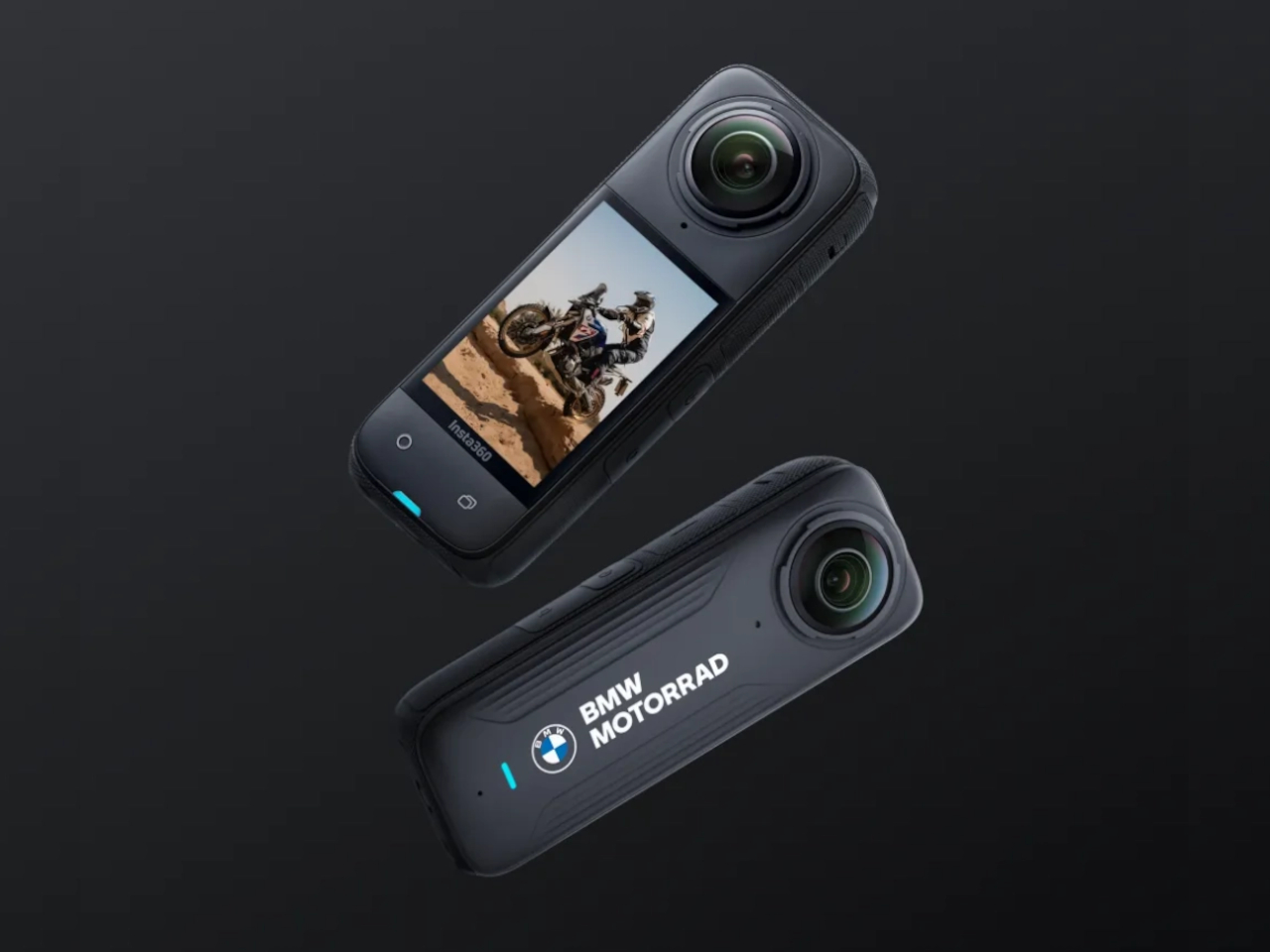
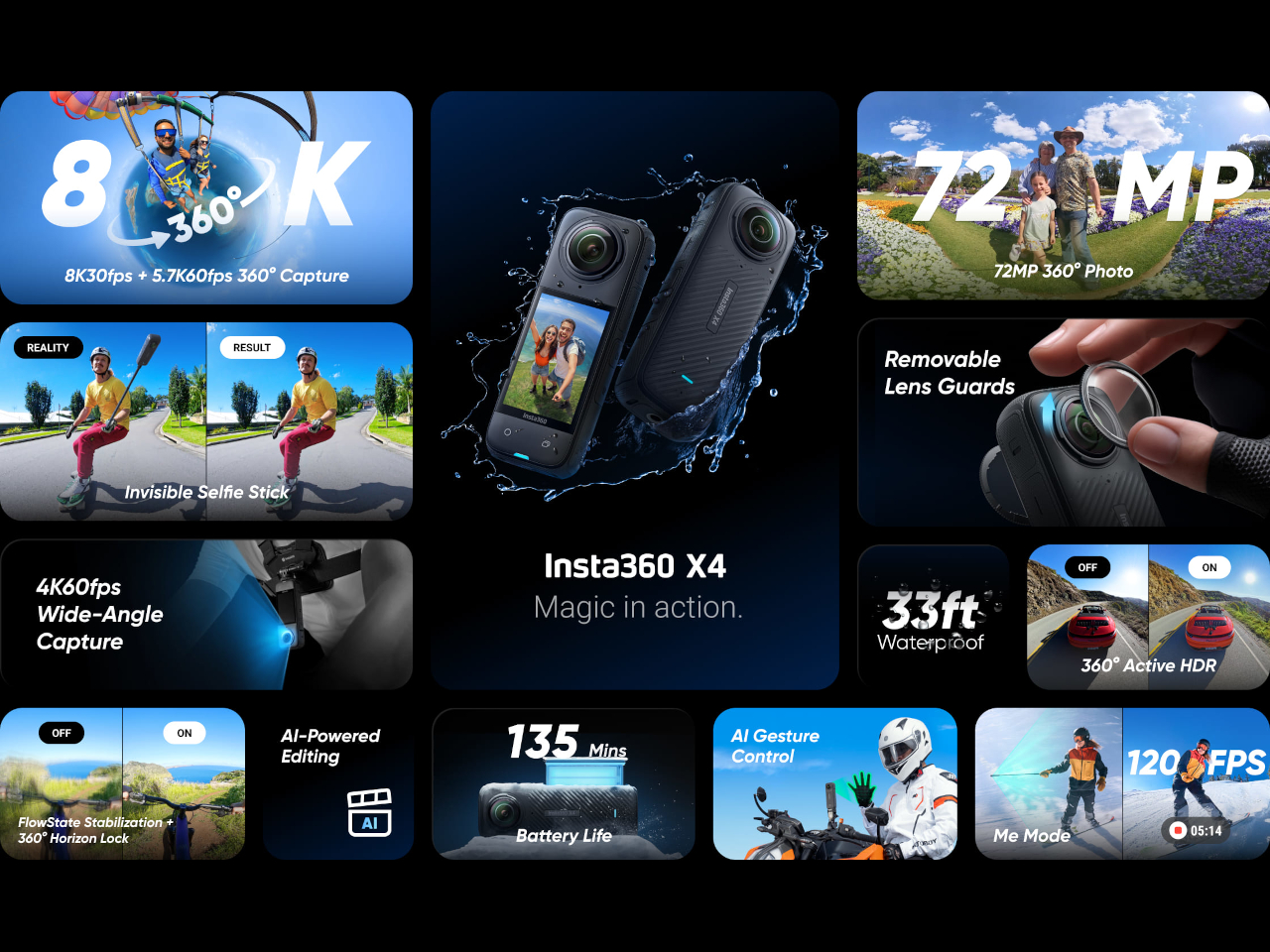
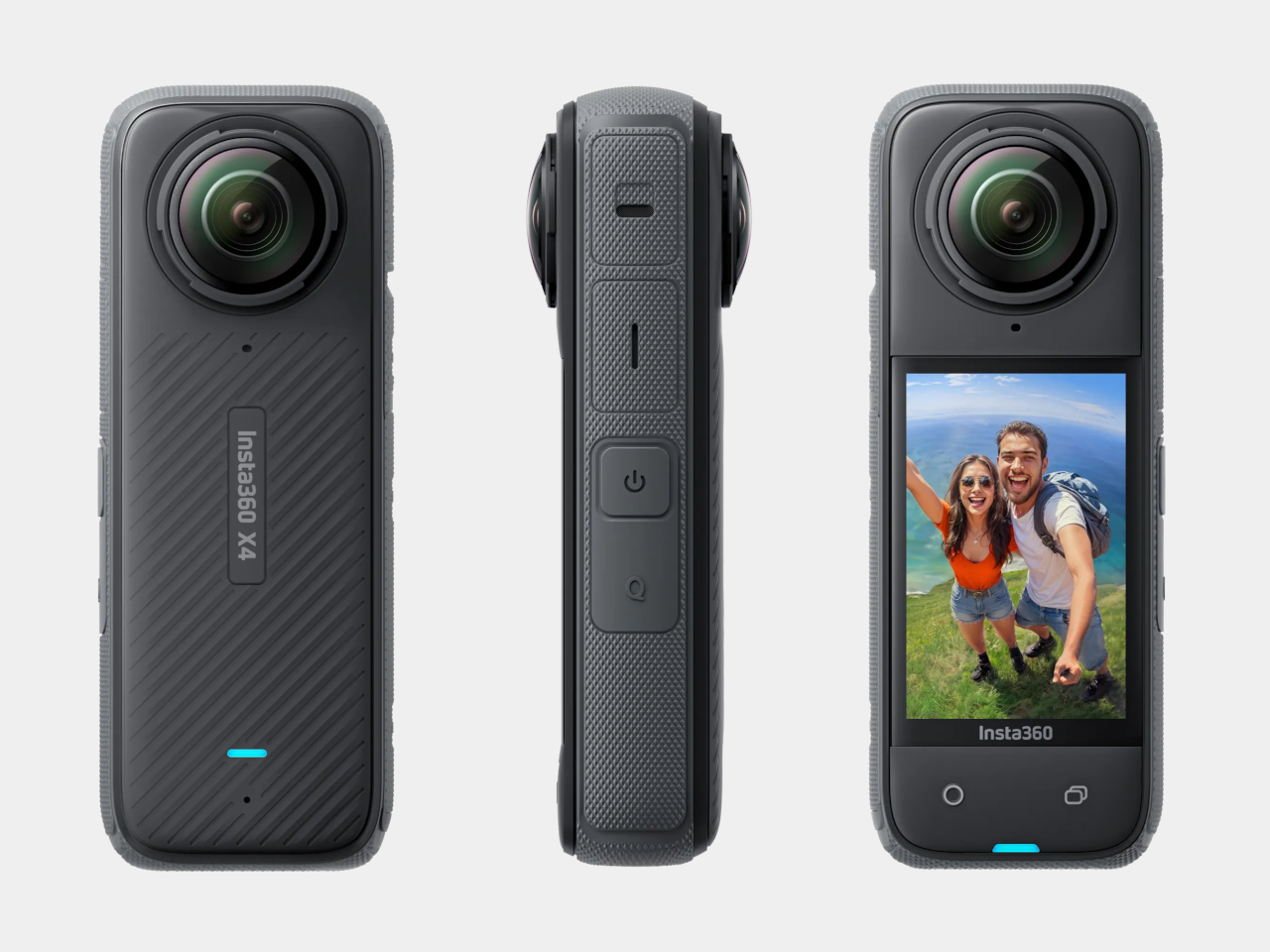
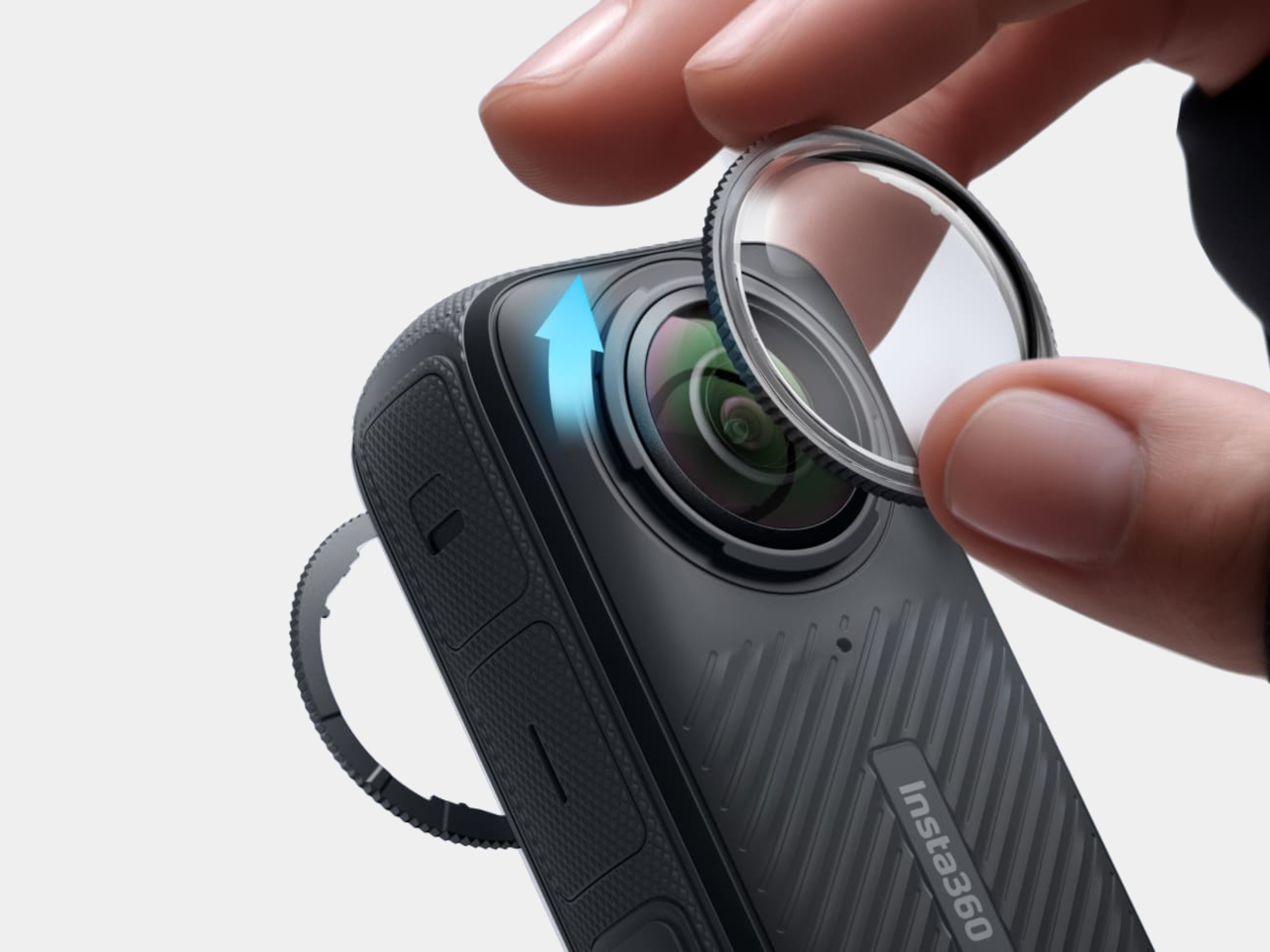
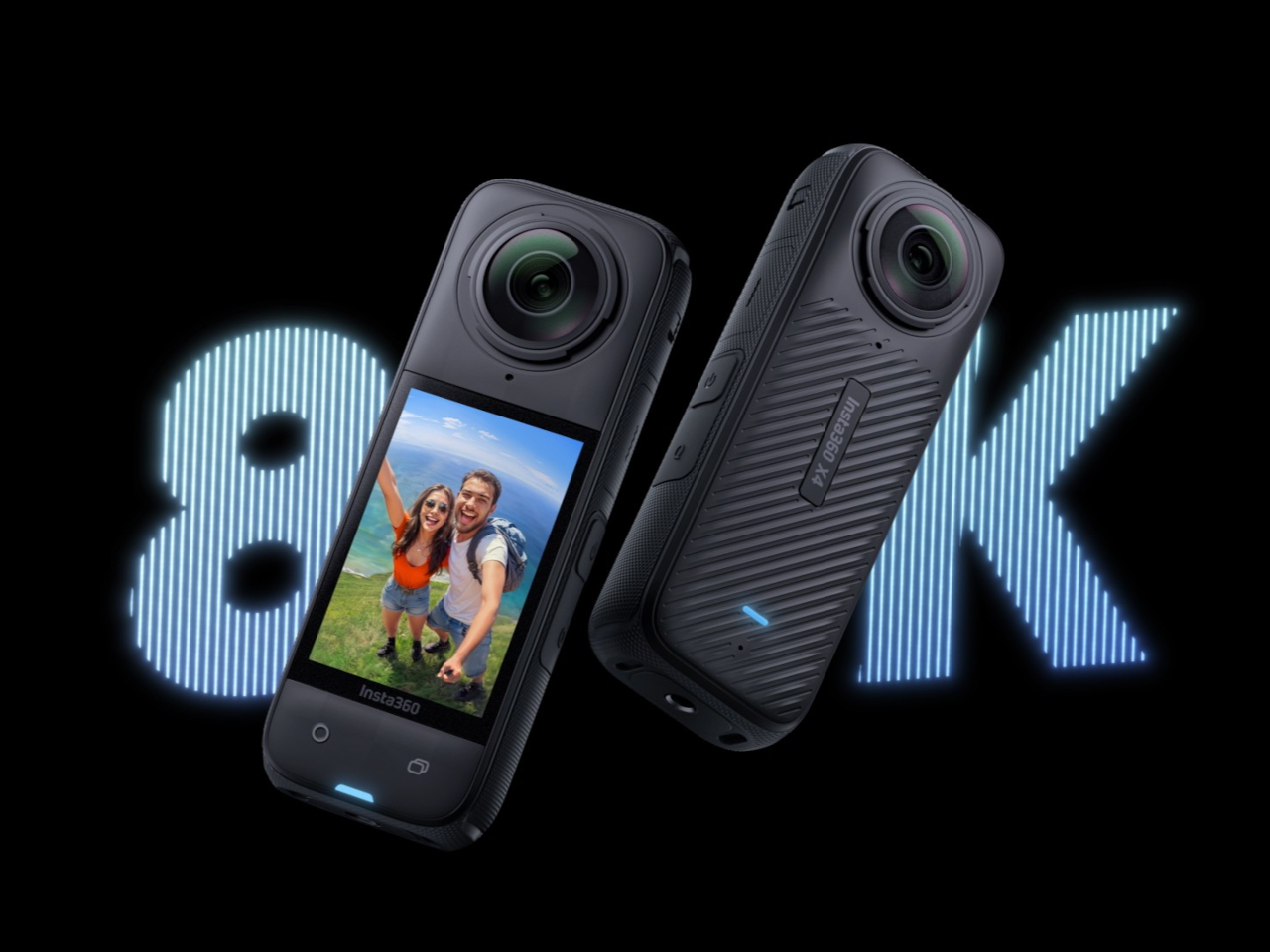
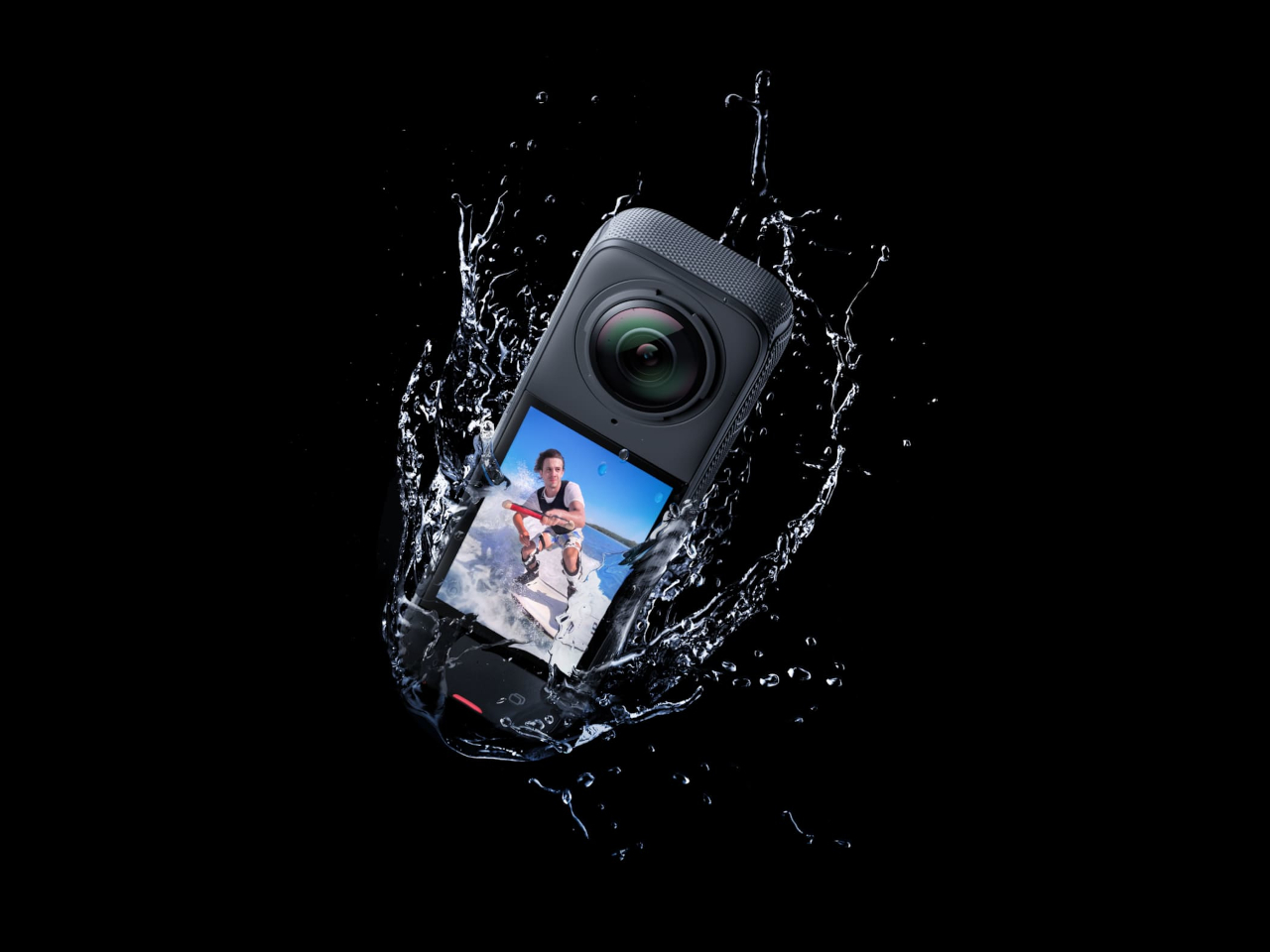
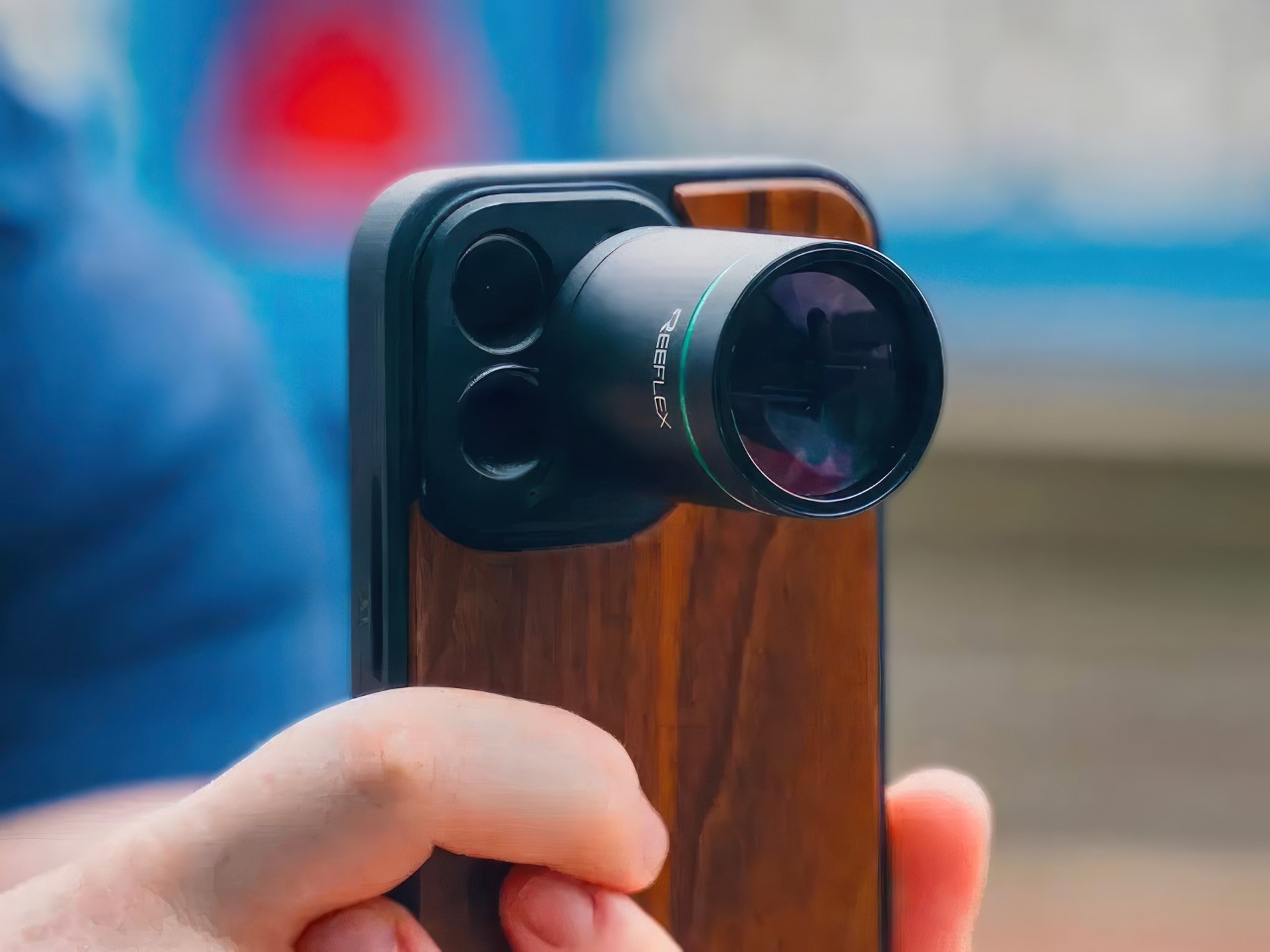

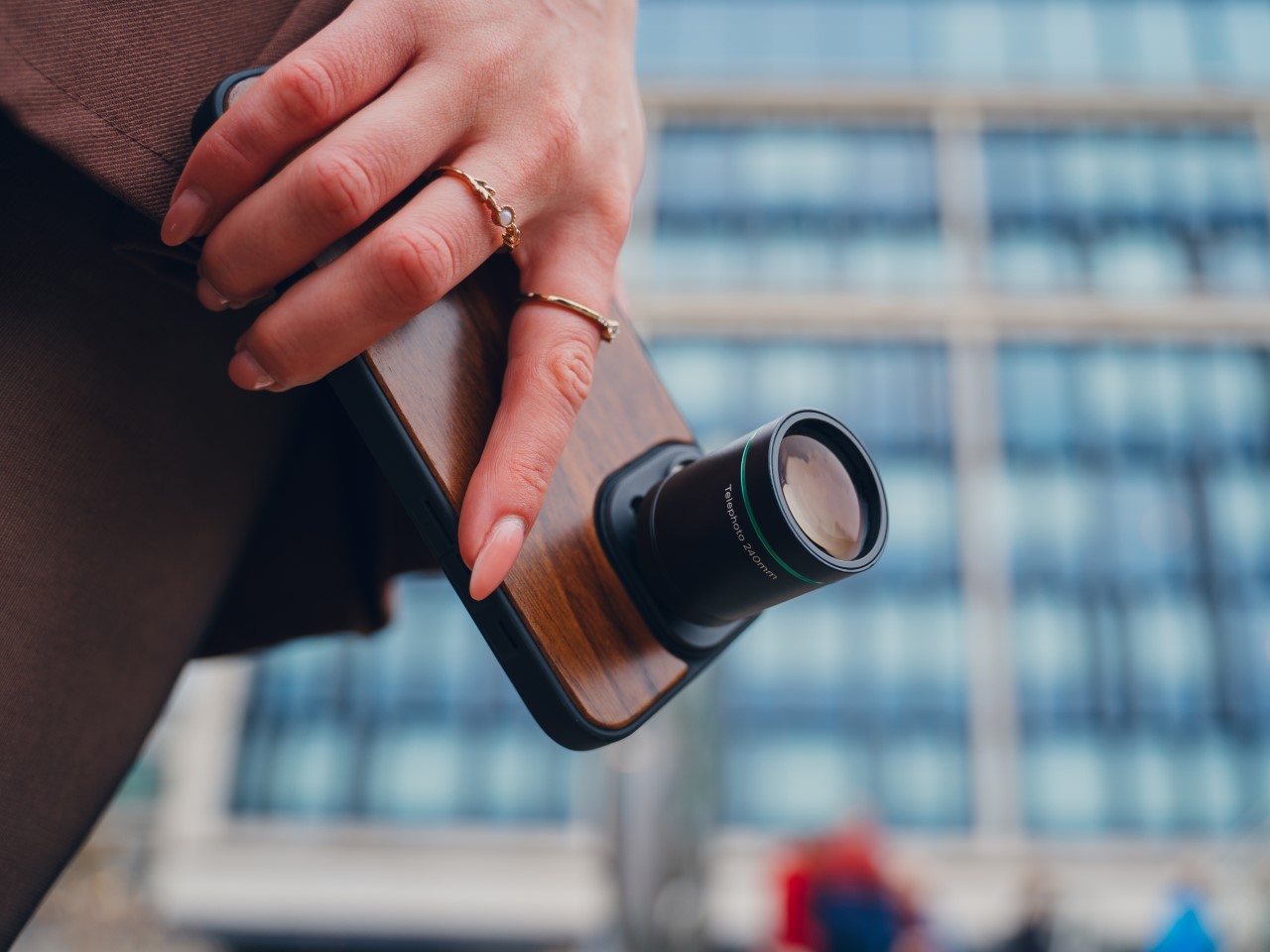
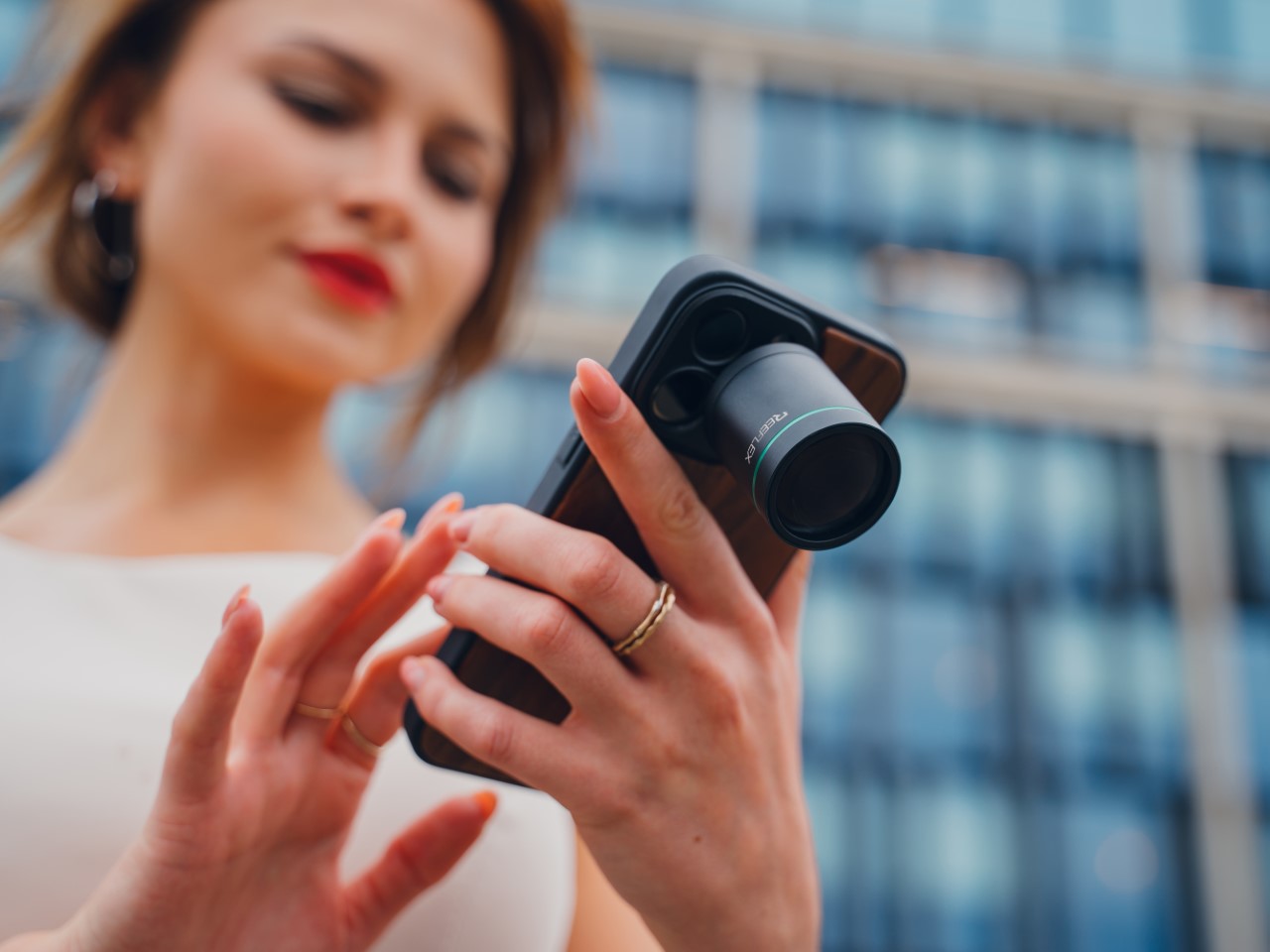


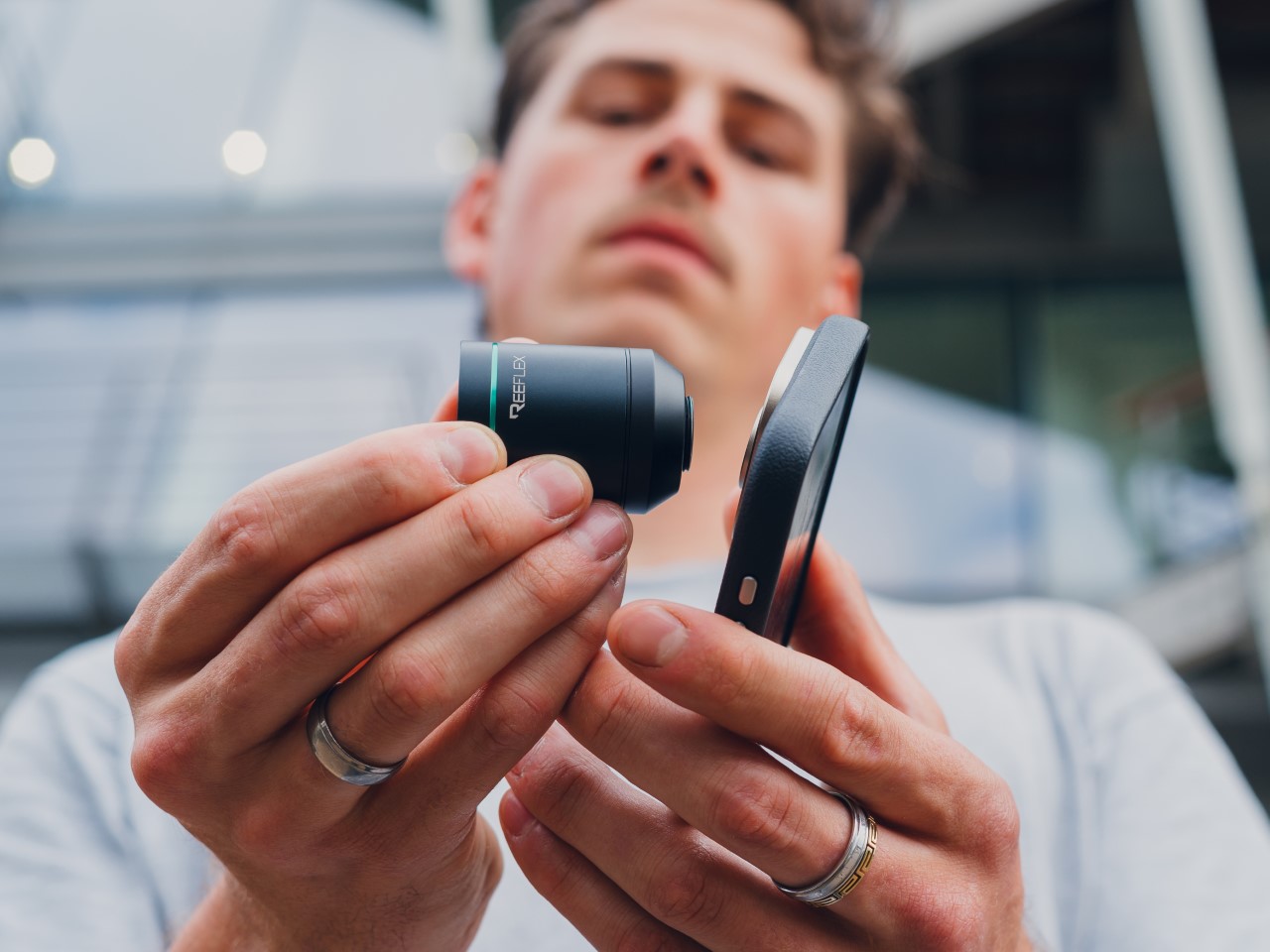
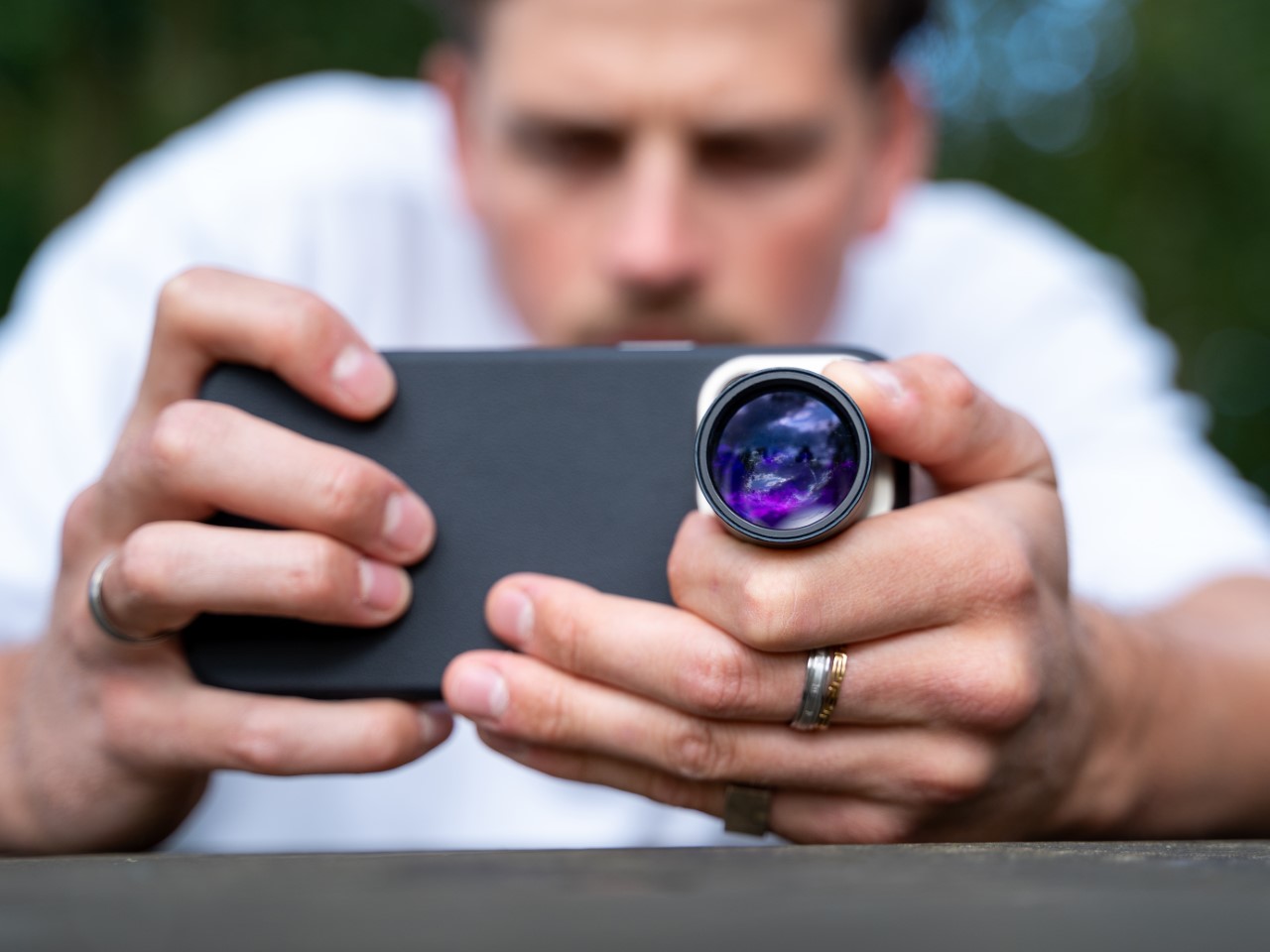
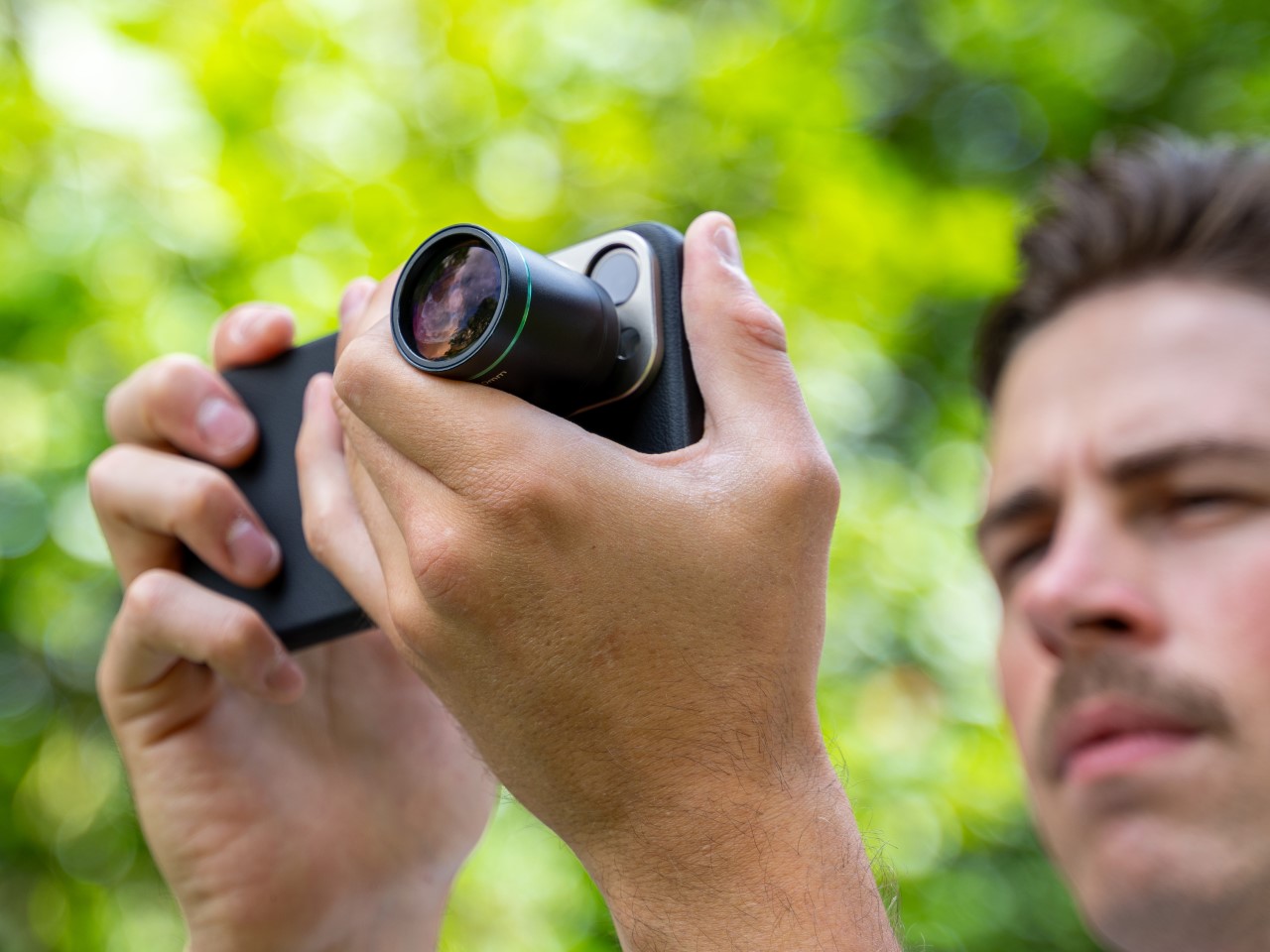
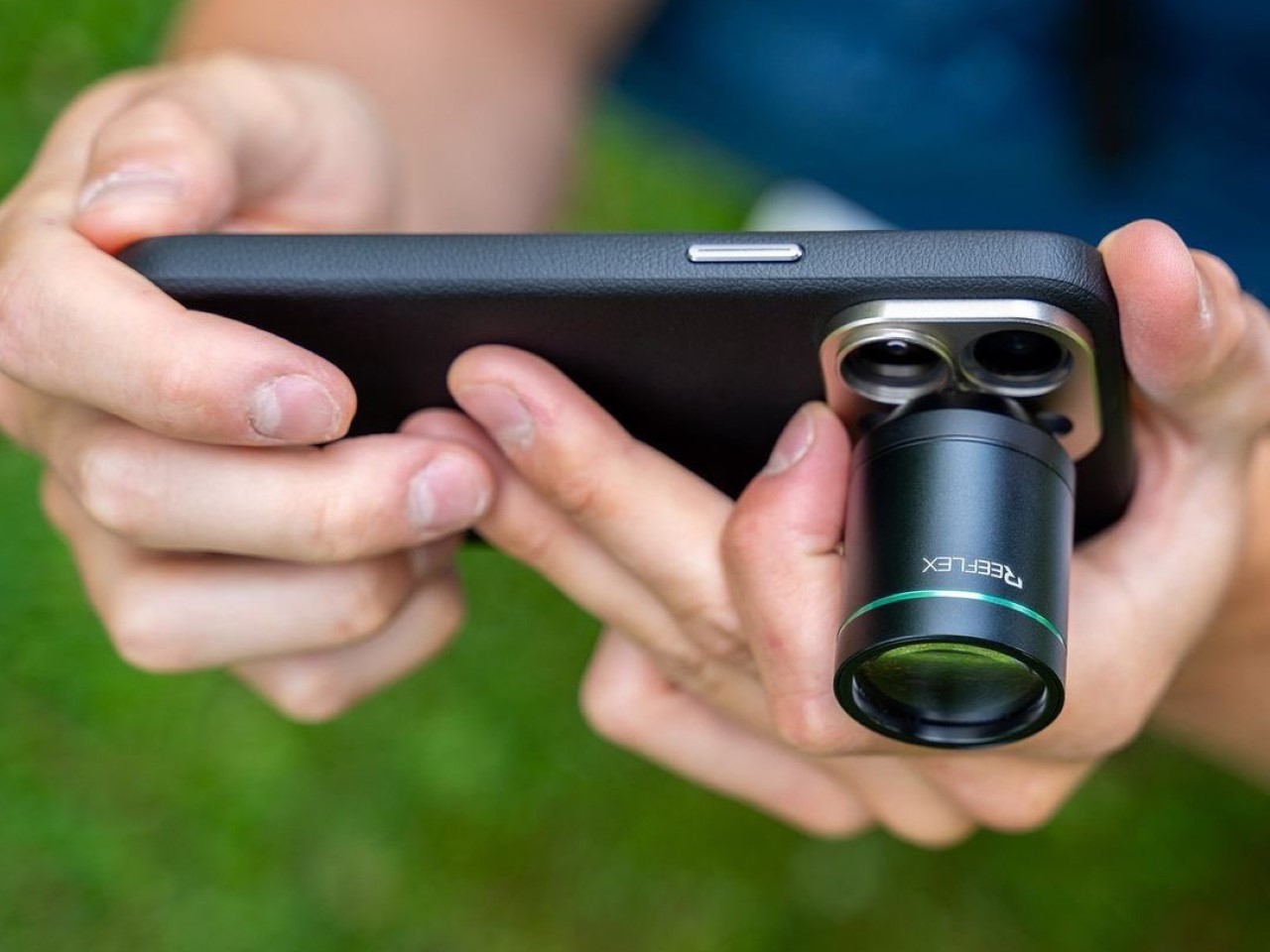
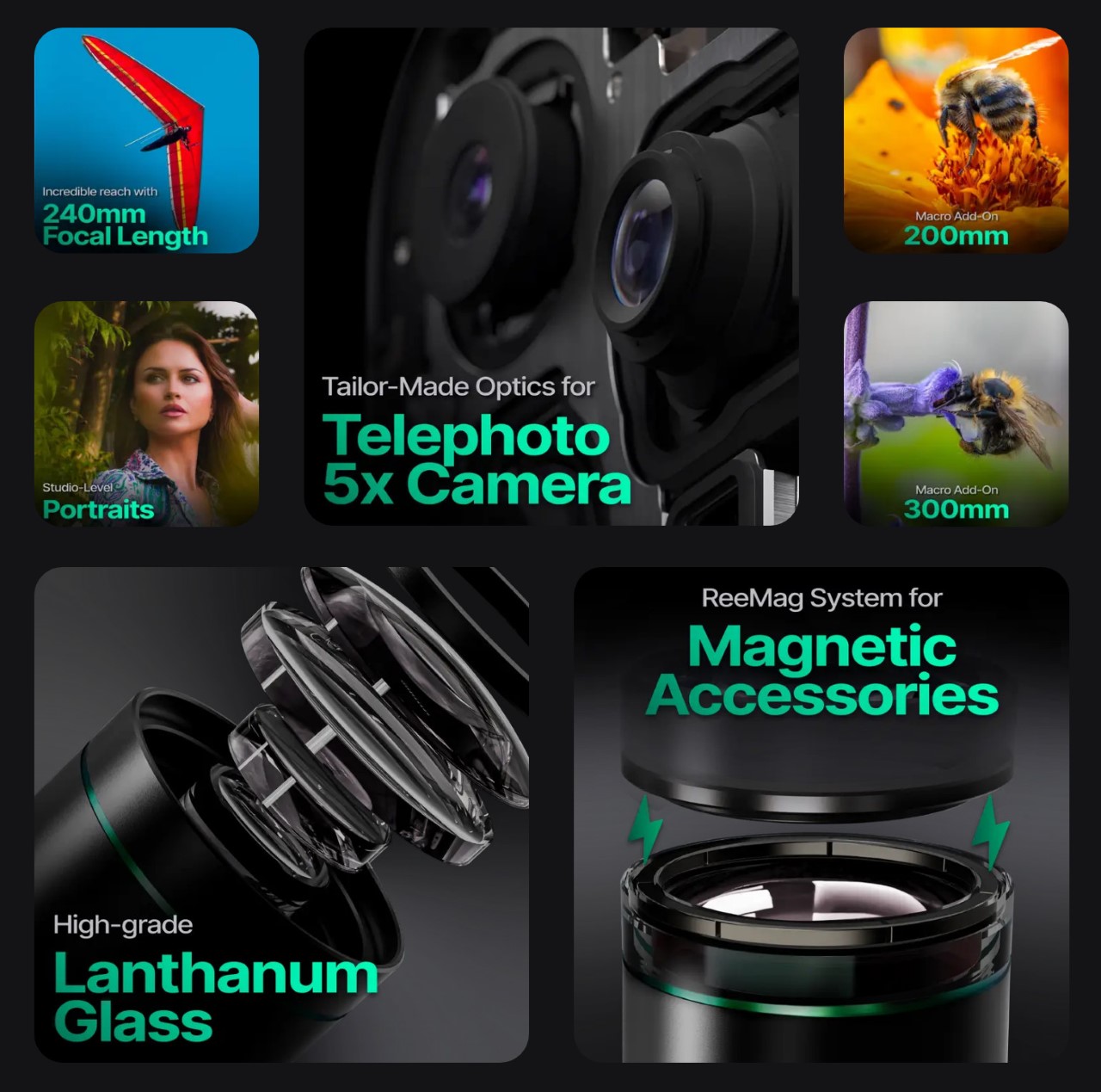












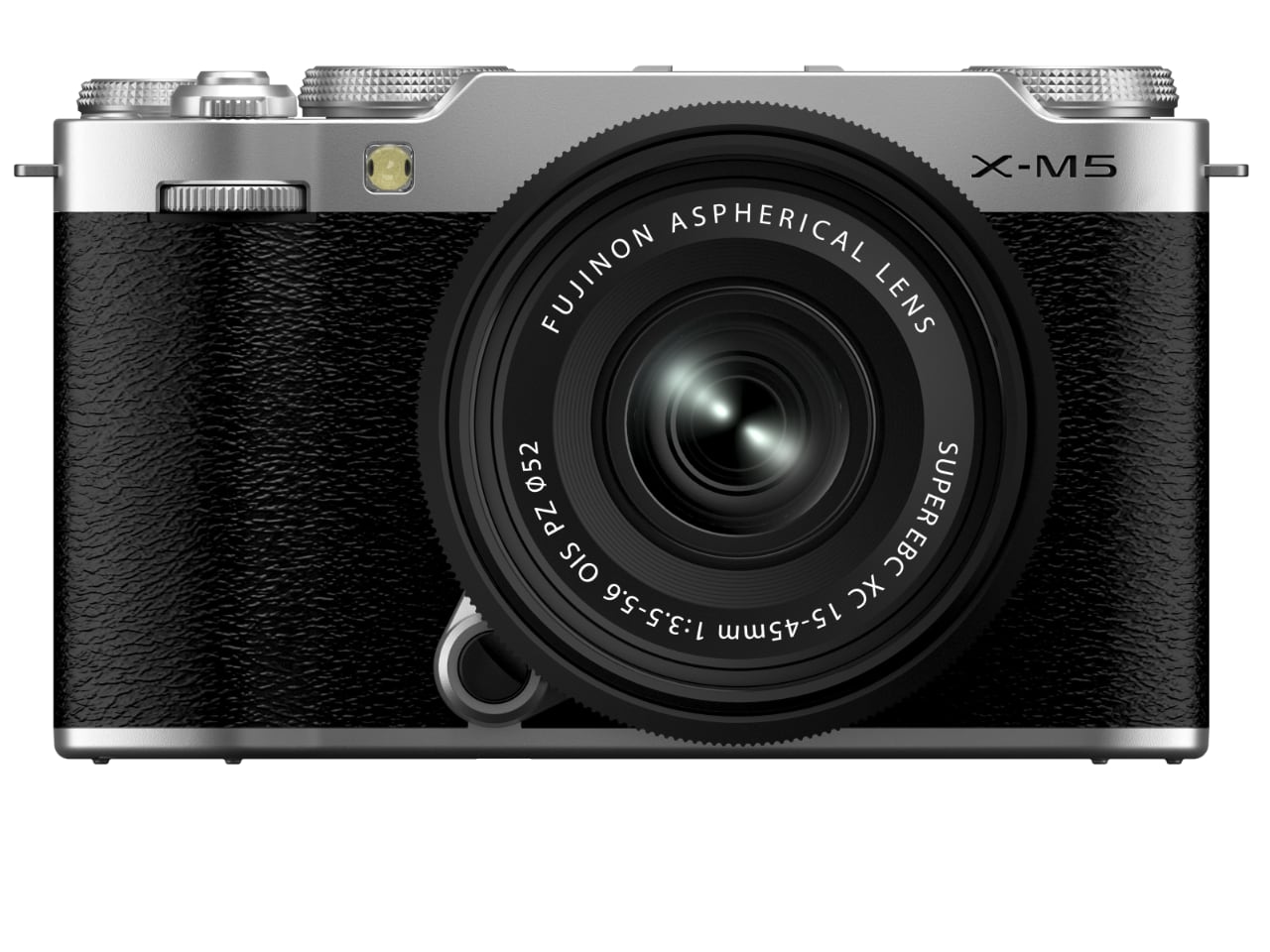
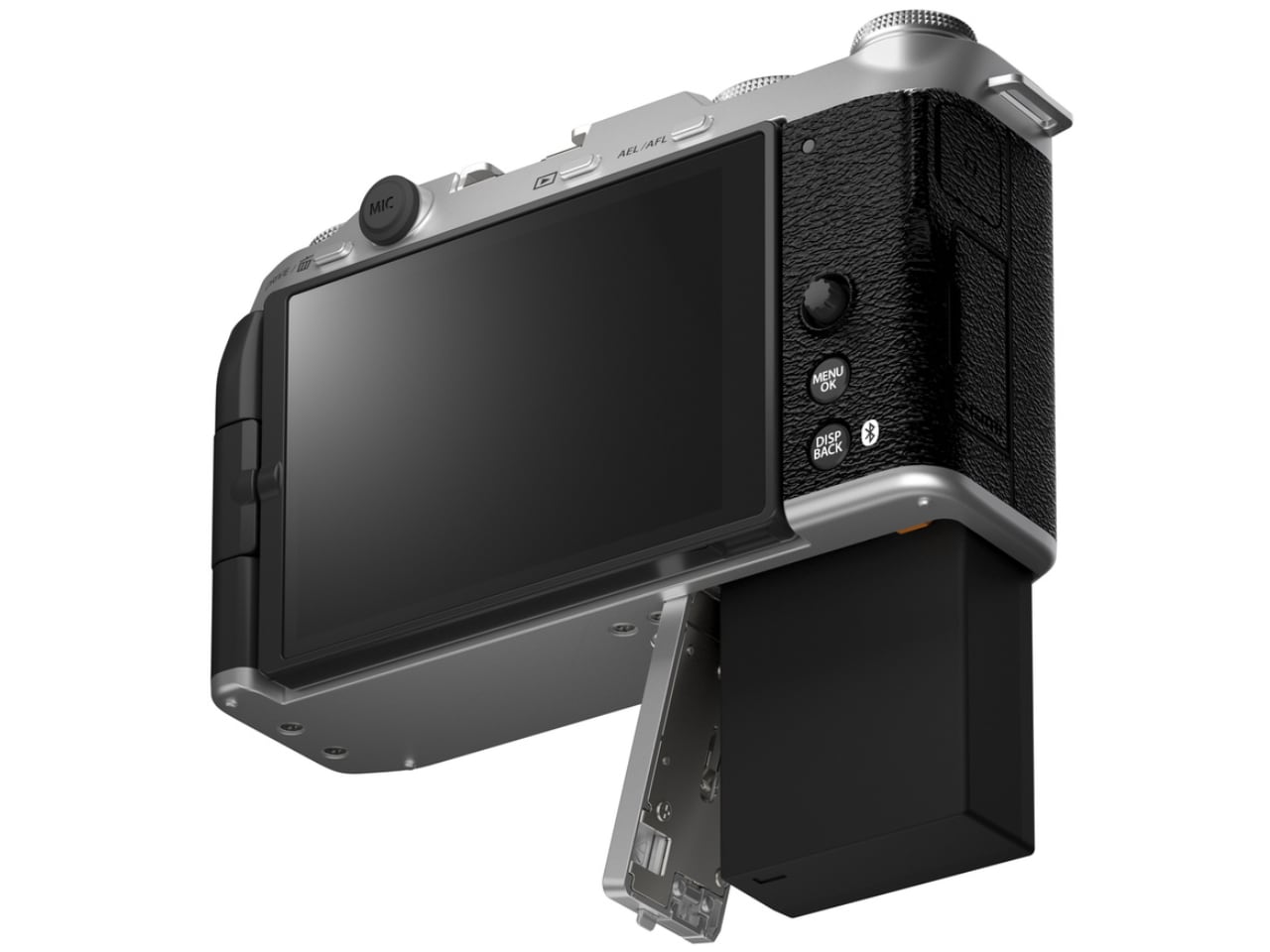
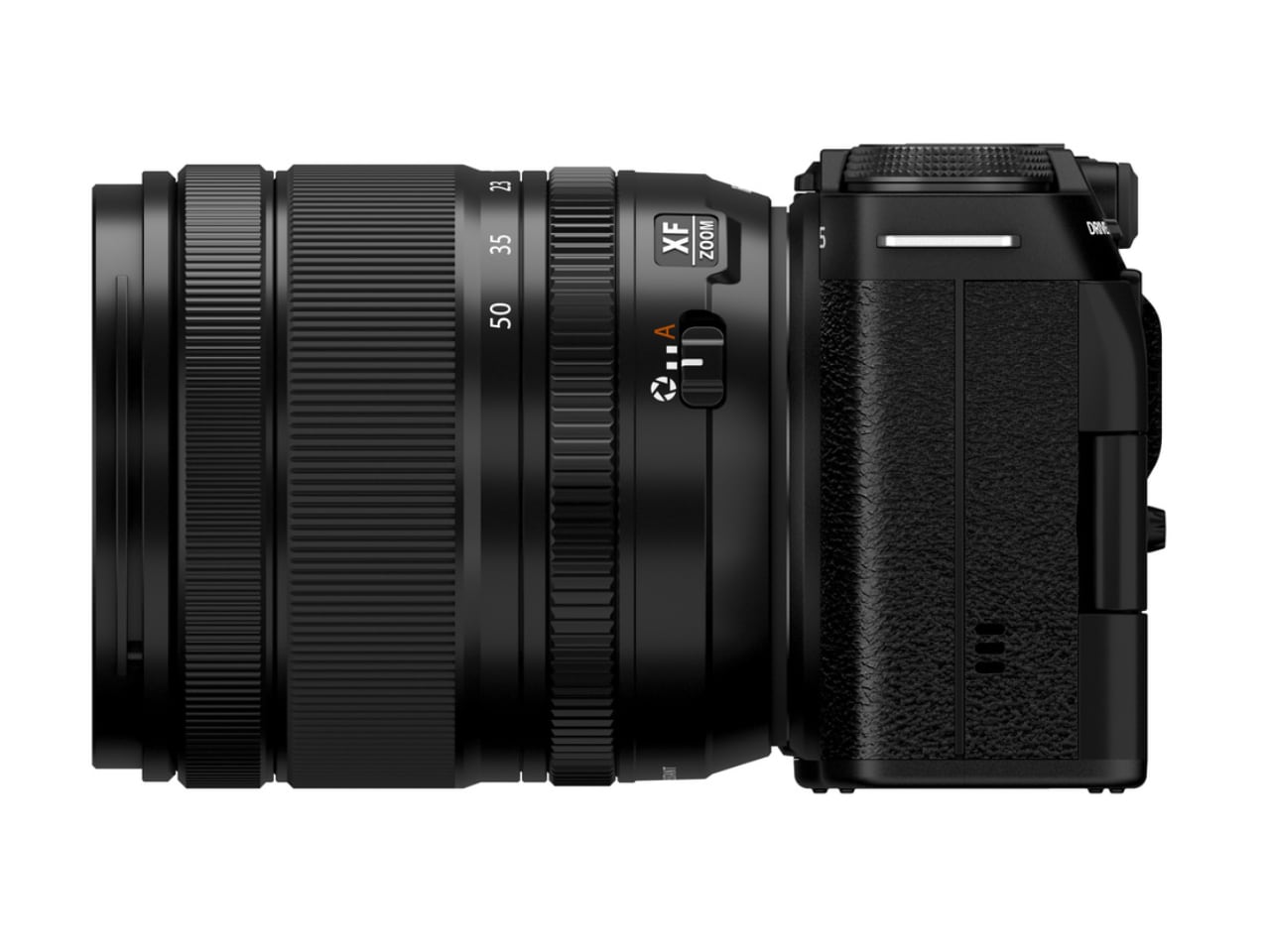
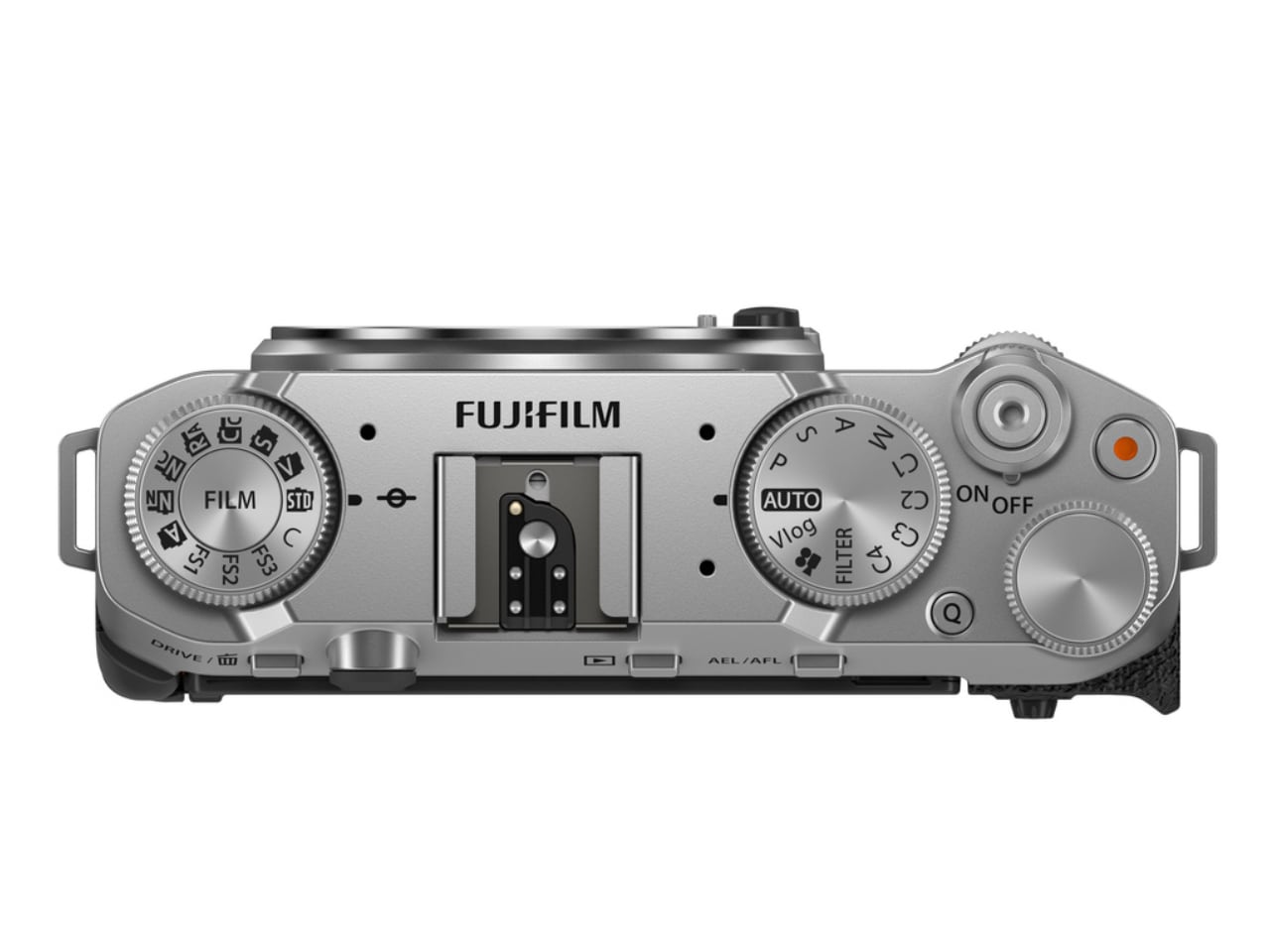
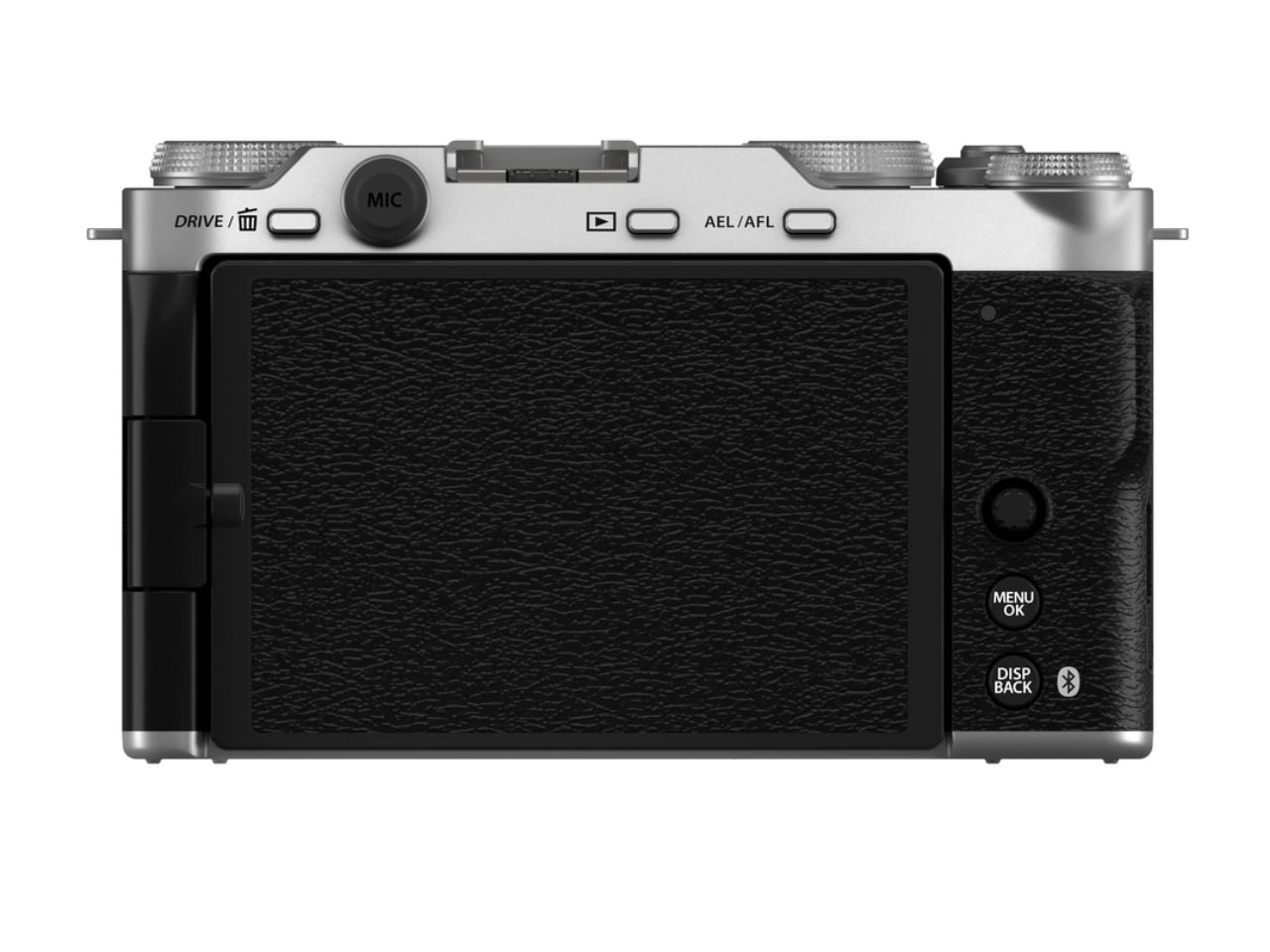
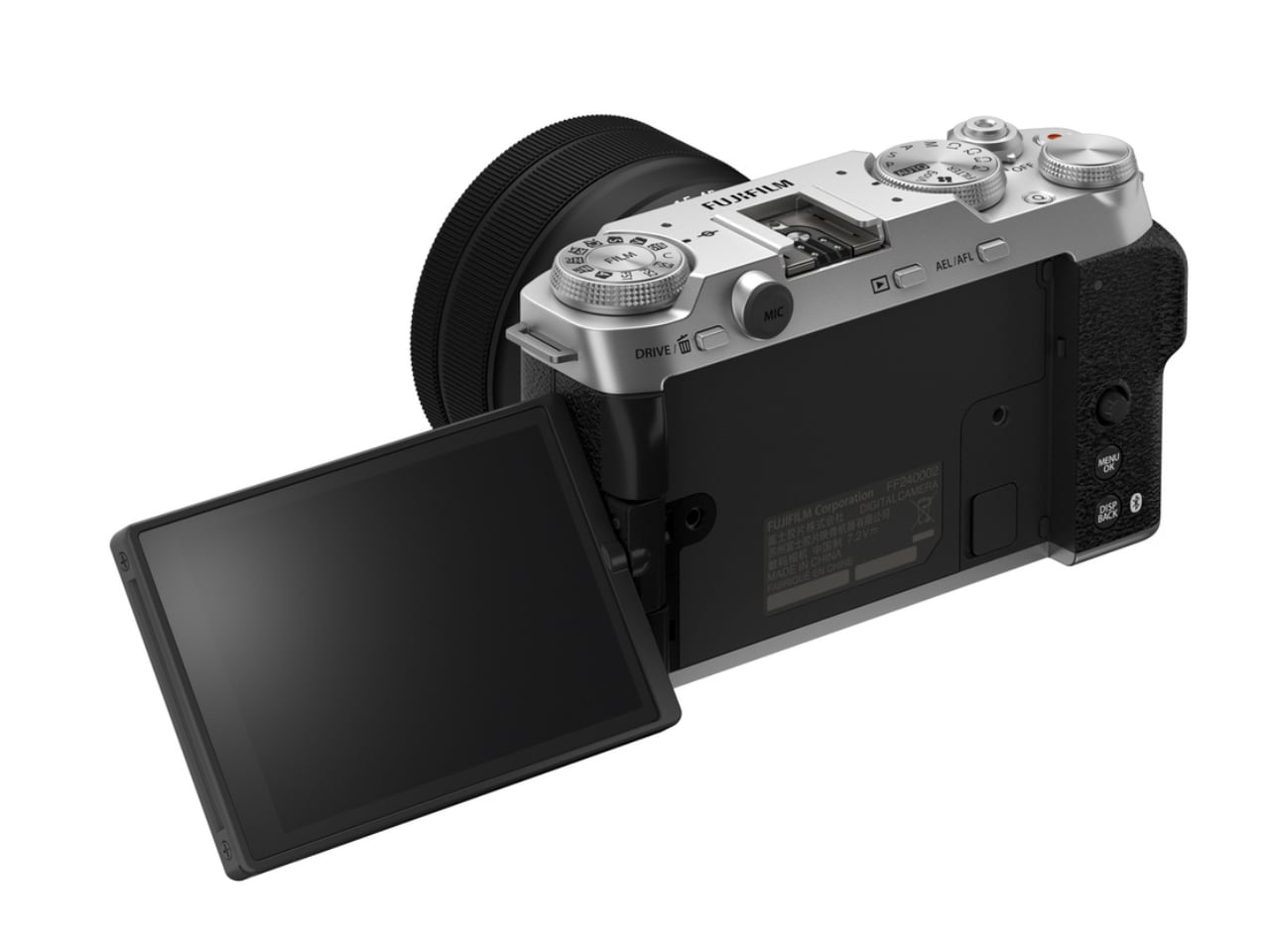
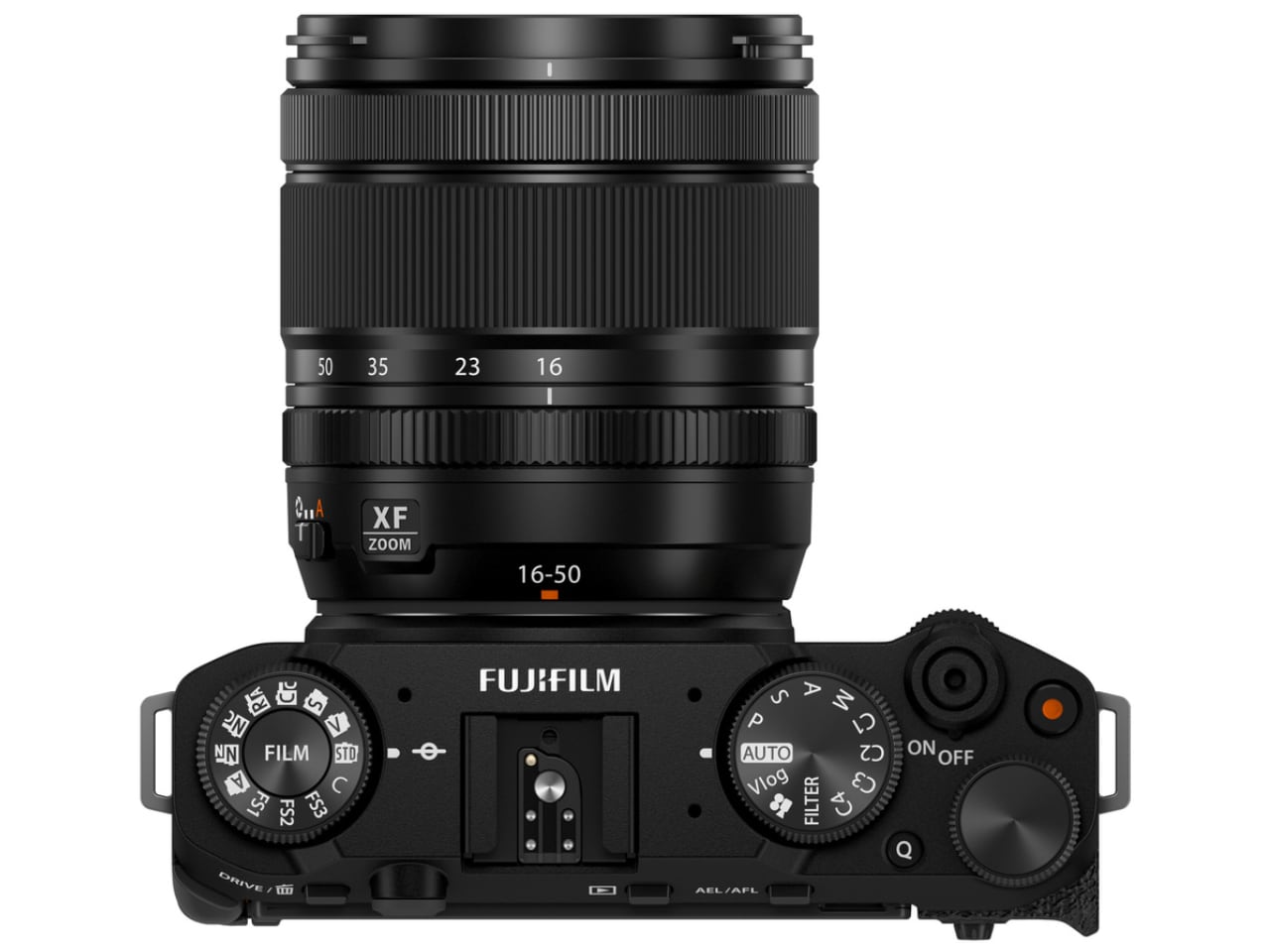
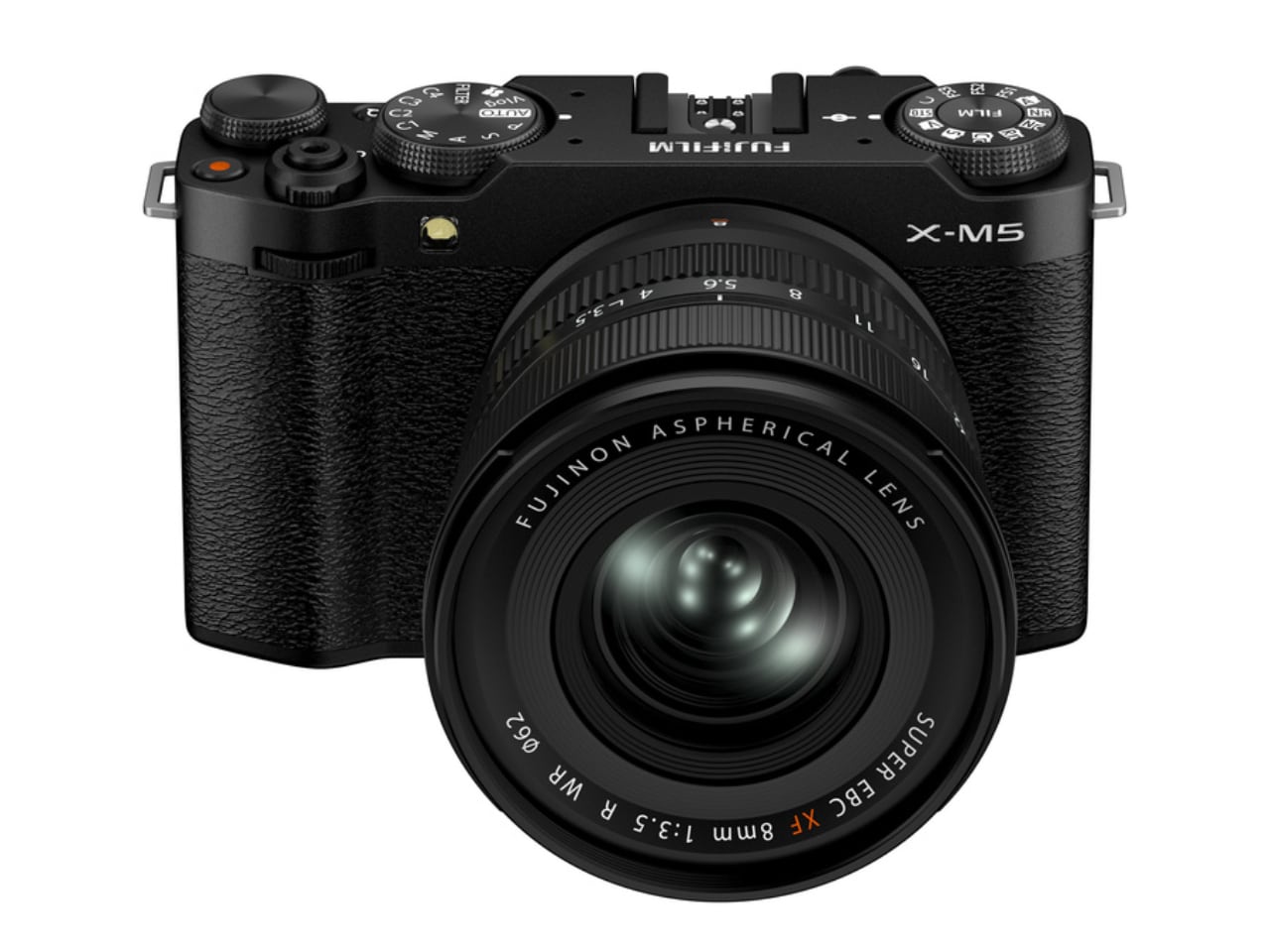

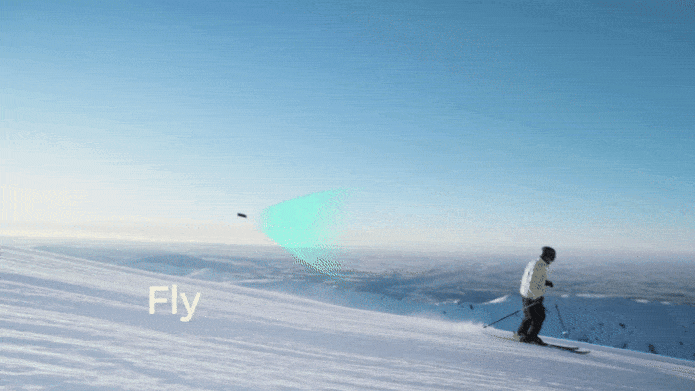

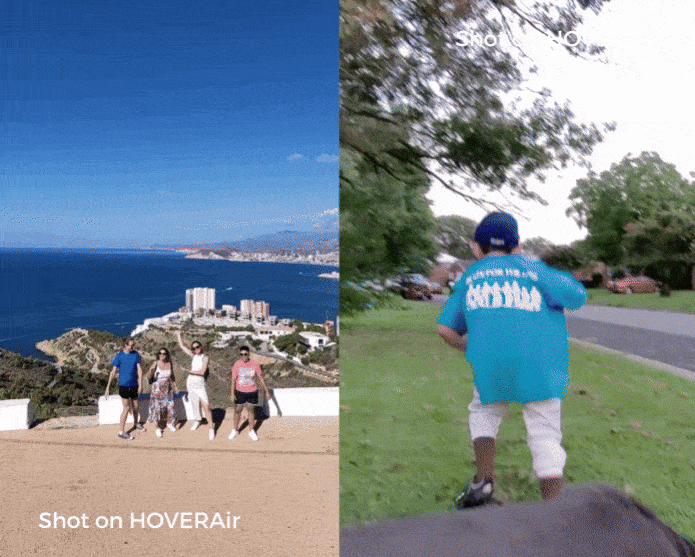

 Technology for ultra-precise tracking, so you can leave the steering to the X1 PRO or PROMAX and focus on getting the shot.
Technology for ultra-precise tracking, so you can leave the steering to the X1 PRO or PROMAX and focus on getting the shot.